The Best Spots in Mumbai for Street Photography
An in-depth, insider’s look at many of the best places that are often off the beaten path.
Edition 2.0: The Best Spots in Mumbai for Street Photography
Mumbai, one of India's largest megacities with a population exceeding 18 million, is arguably the best place in the country for street photography. As a resident and passionate street photographer, I have explored many top spots for capturing the vibrant street life here. For those who prefer a quick overview, you can skim the headlines in this article. However, my main target audience includes those who are not only looking for the best photography spots in Mumbai but also want to understand why these places are remarkable.
I have been practicing street photography in Mumbai for over seven years, both for personal projects and through photography workshops I conduct. If you've followed my work, you might have heard me claim that Mumbai is the world's premier city for street photography—a statement some might initially doubt, but one I'm prepared to substantiate with the list below, based on my experiences and personal preferences. Additionally, I will include some universal strategies that can enhance your shot variety, useful if you're looking to broaden your street photography perspectives. The list is organized alphabetically, and I've included tips for varied shots at the end. I plan to periodically update this post with new images and insights to eventually make this a comprehensive guide for anyone new to street photography in Mumbai.
Aarey Colony
Brief
Mumbai's Aarey Colony is nearly four times as large as New York City's Central Park. And there are leopards. Apart from the exotic grandness of the place, it is home still to many Adivasi, or first inhabitants.
Overview
I started taking photos in Aarey Colony back in January 2018. Initially, I reached out on Twitter to see if anyone was interested in joining me. I received a few private messages cautioning me to be careful, along with mentions of some superstitious beliefs associated with the area. My involvement in Aarey grew when I began creating an image bank for journalists, which somewhat linked me to conservation efforts there. Ultimately, though, I was captivated by Aarey’s appeal as a versatile location for various types of photography, including street photography.
In my experience, the best time to visit is just before sunrise. However, the dense tree cover in Aarey means that sunlight doesn't really filter through until later, so if you're aiming to capture the Golden Hour light, your best bet is the grassy fields and other open areas. Afternoon visits can also be quite rewarding, although the humidity tends to be higher then. If you're not a fan of humidity, I'd recommend sticking to the morning hours, as Aarey tends to feel more humid than the surrounding areas outside its confines.
Roads
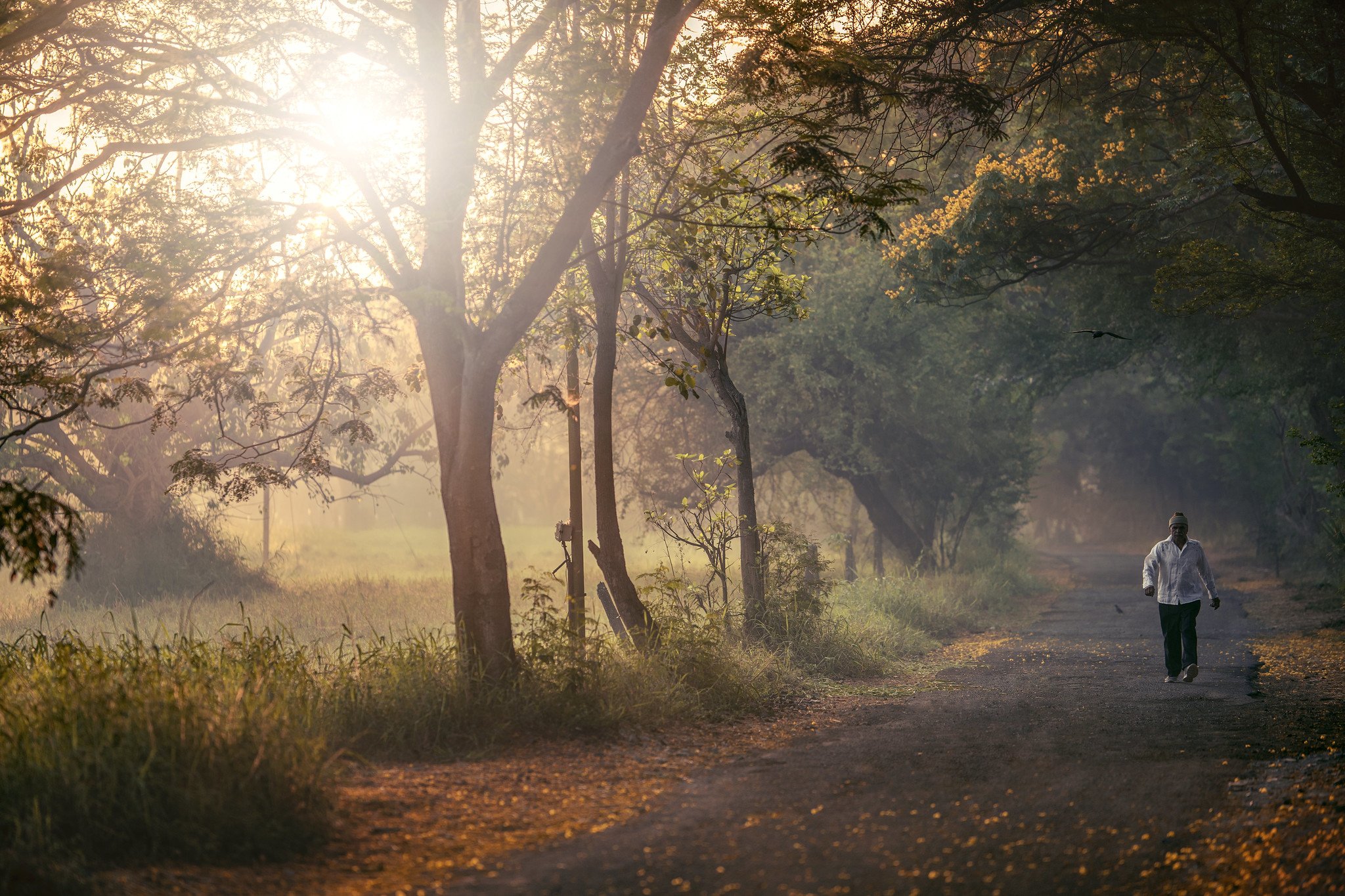
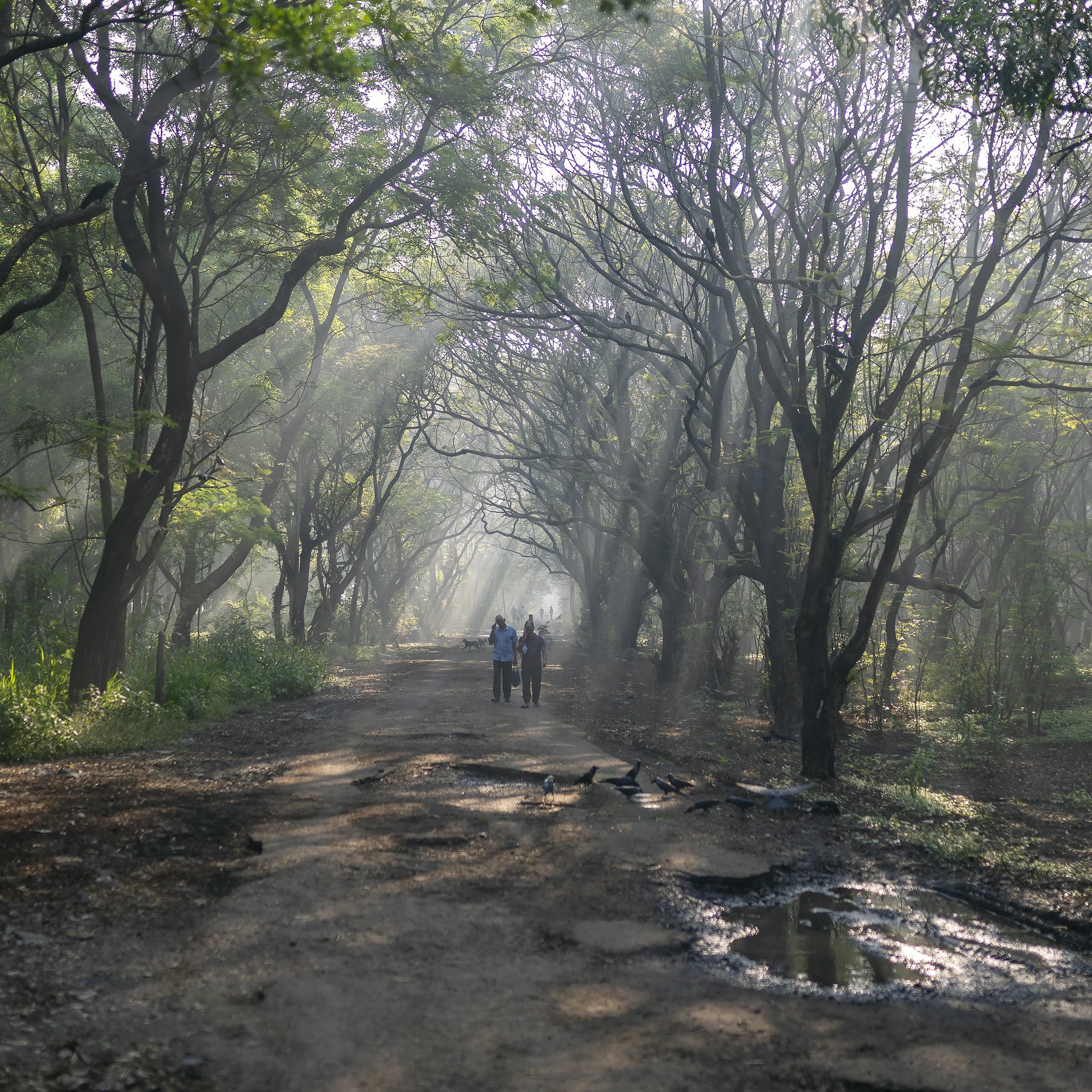
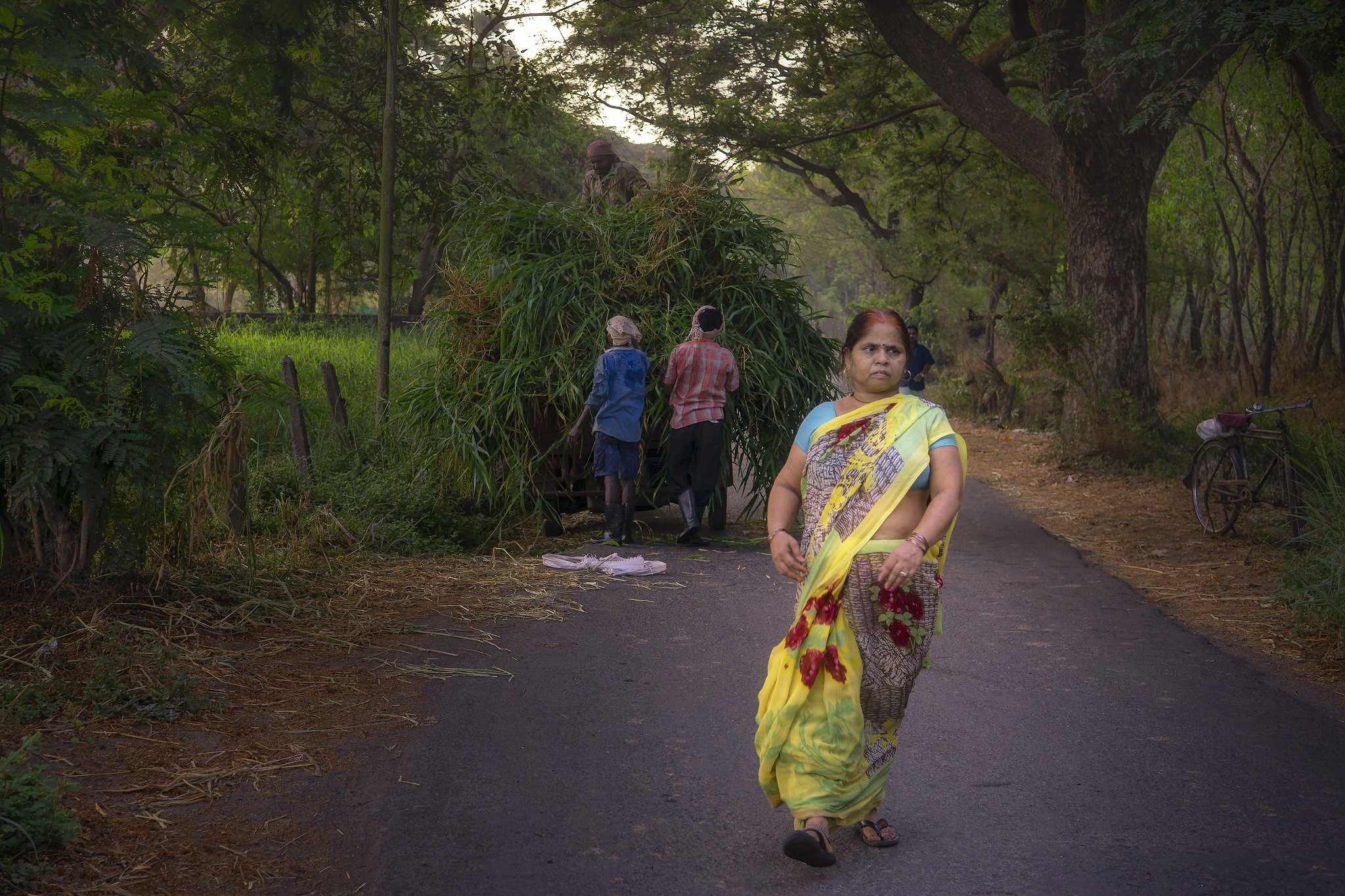
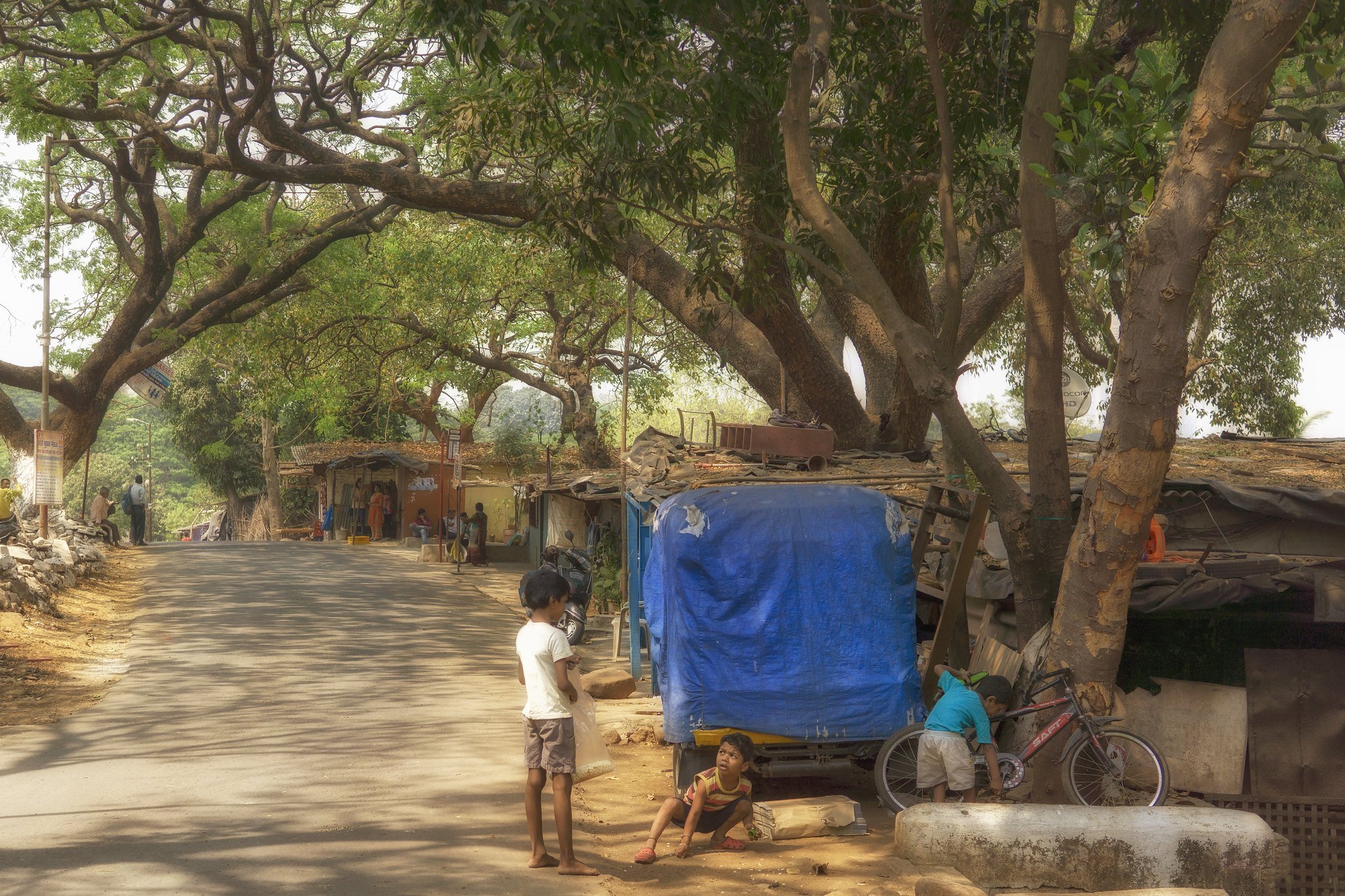
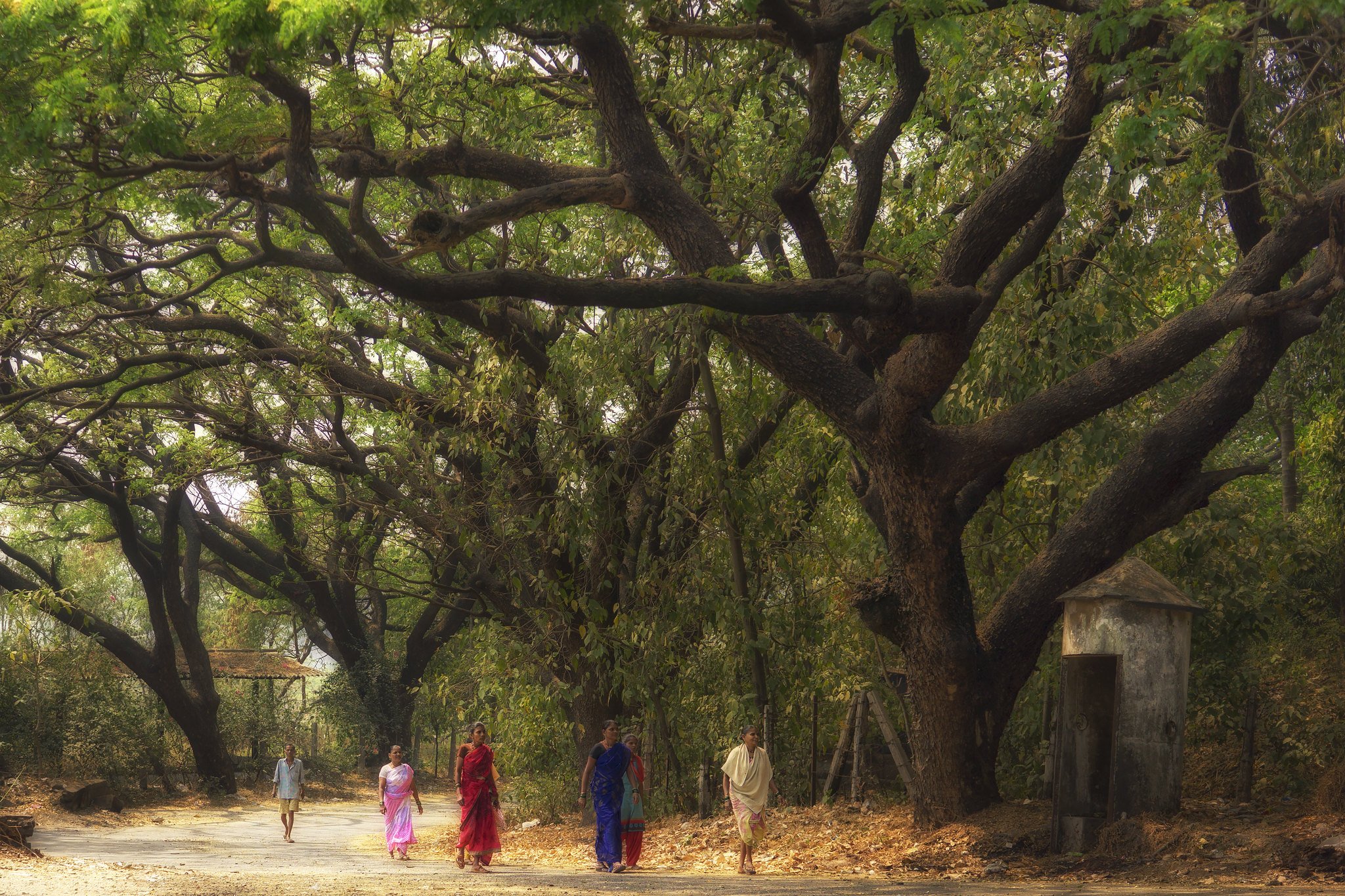
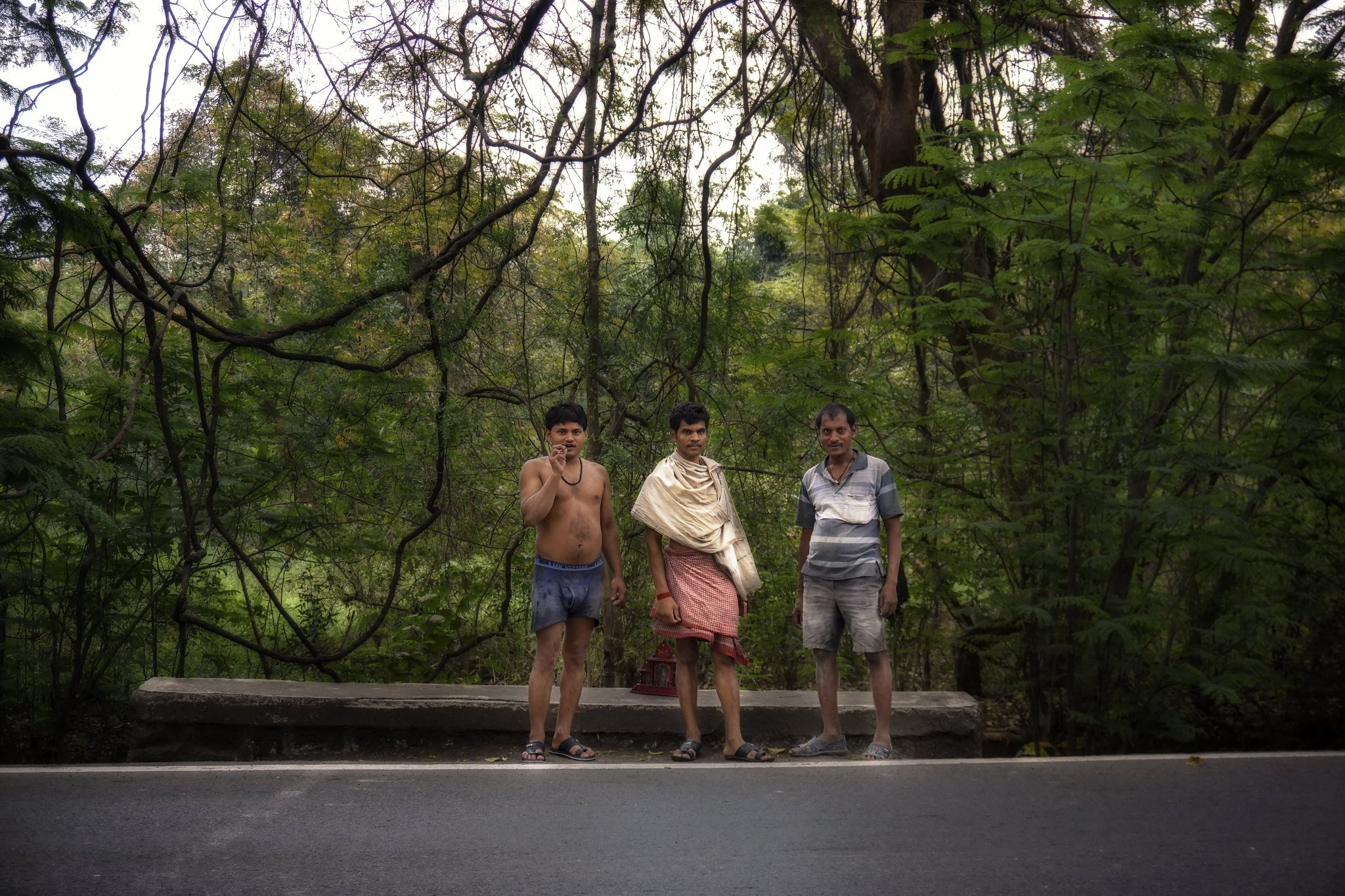
The narrow roads throughout Aarey offer excellent vistas and photographic subjects. I have a particular favorite road that I frequently visit just to stroll and snap photos. From this vantage point, I typically come across grass cutters, farmers, local residents, and other visitors. In the mornings, the area is bustling with people out for a walk or jog. However, from late morning onwards, these roads often quiet down significantly, giving the impression that they've been completely deserted.
Farms
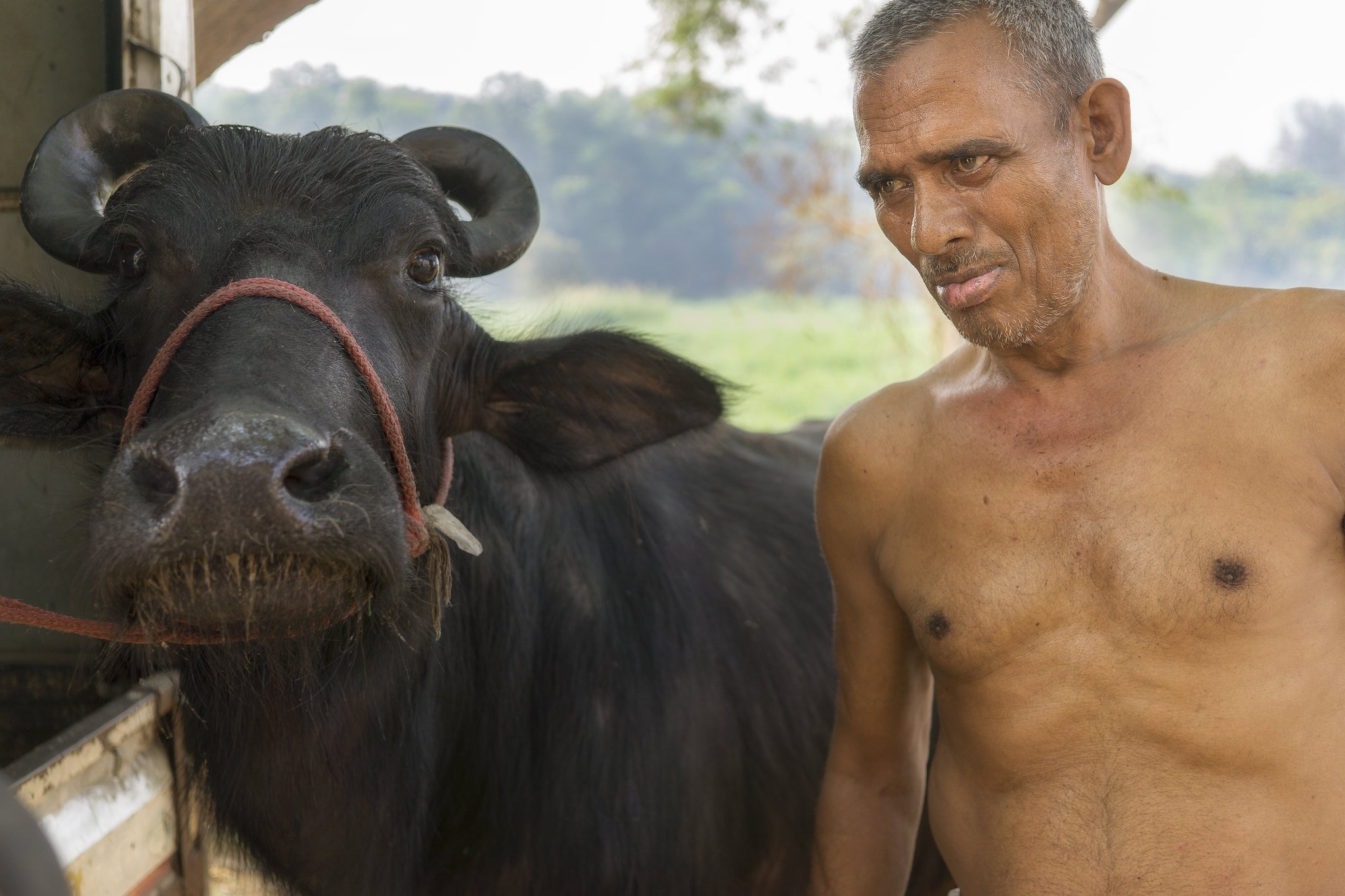
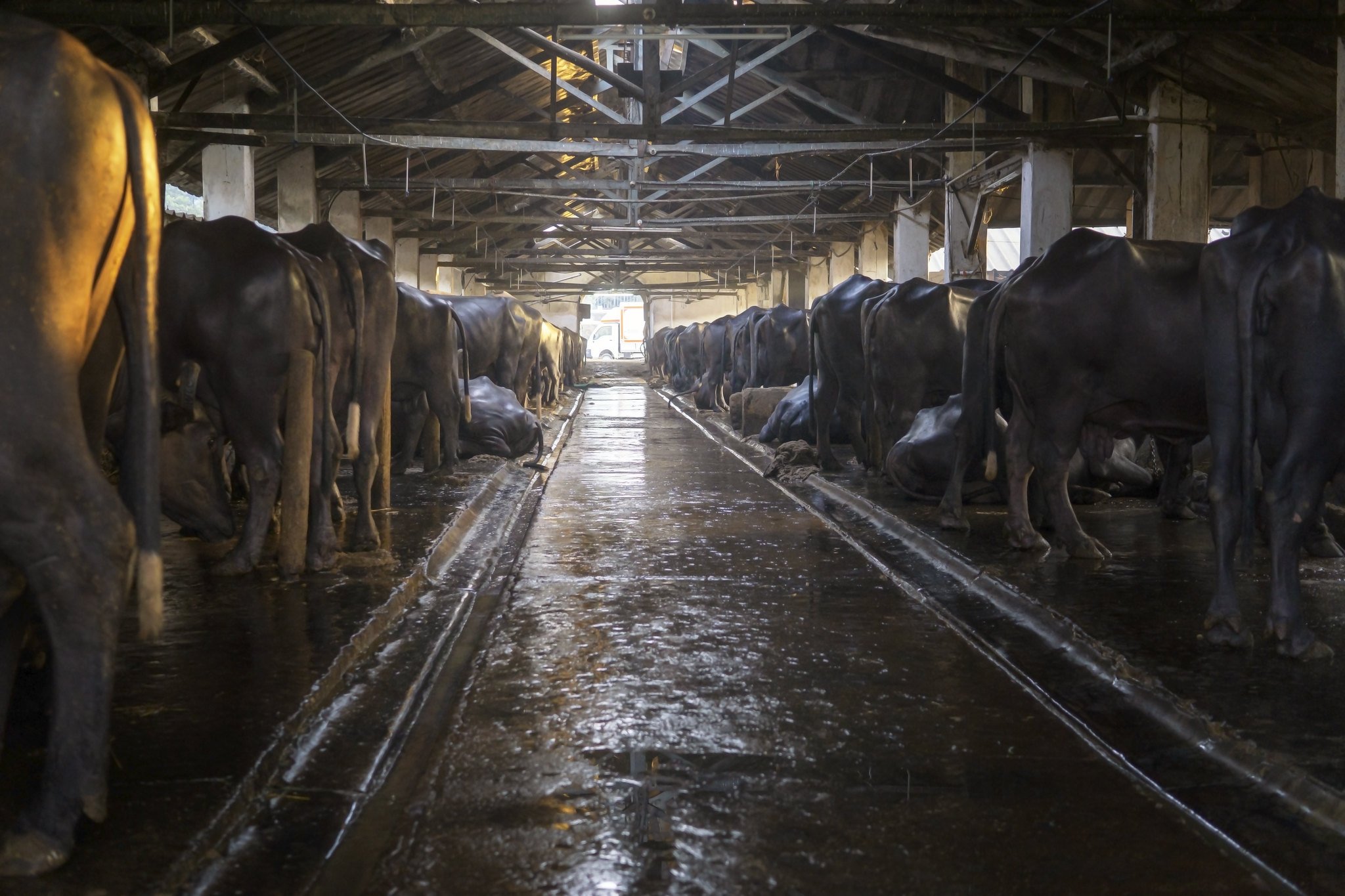
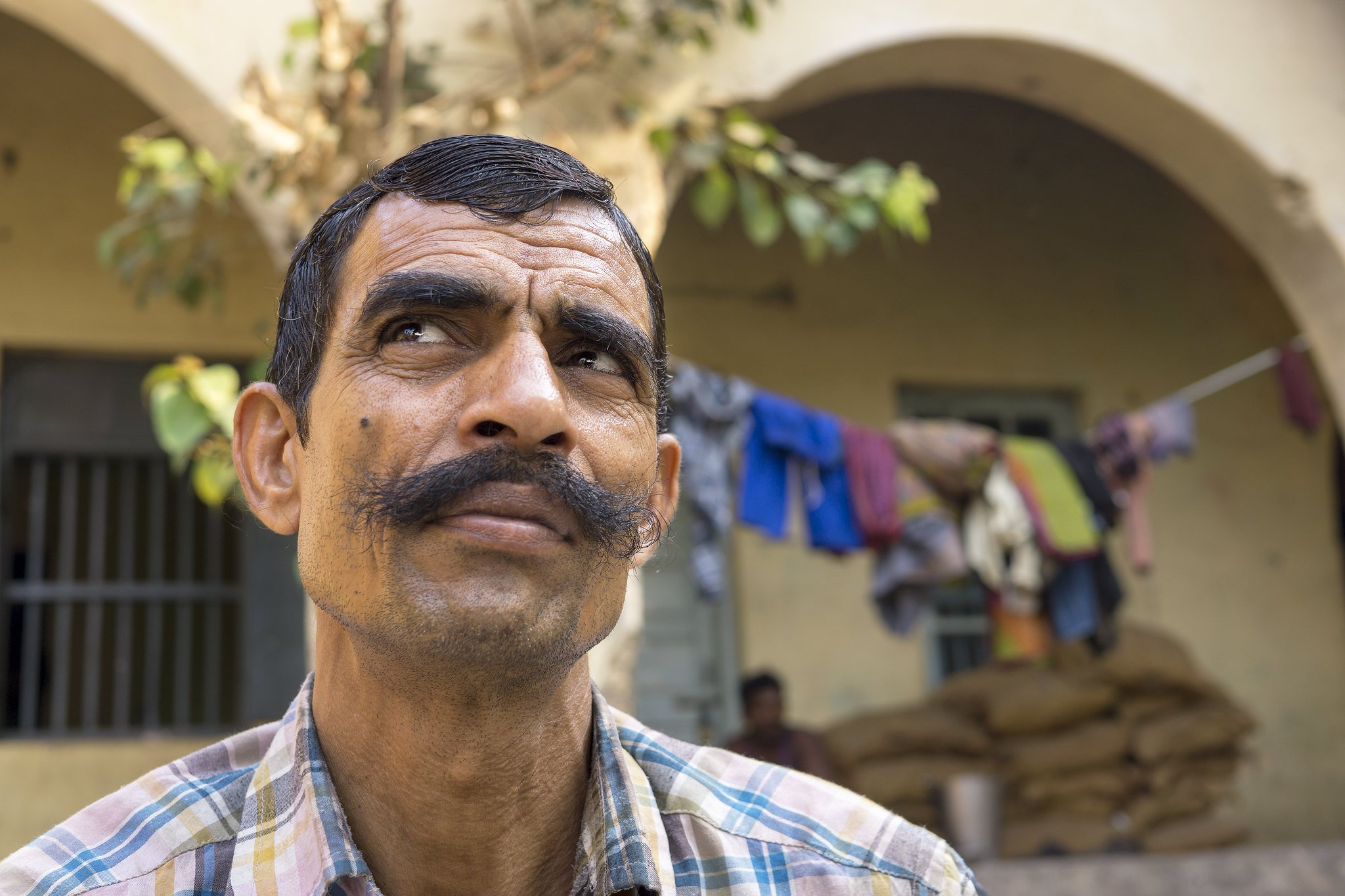
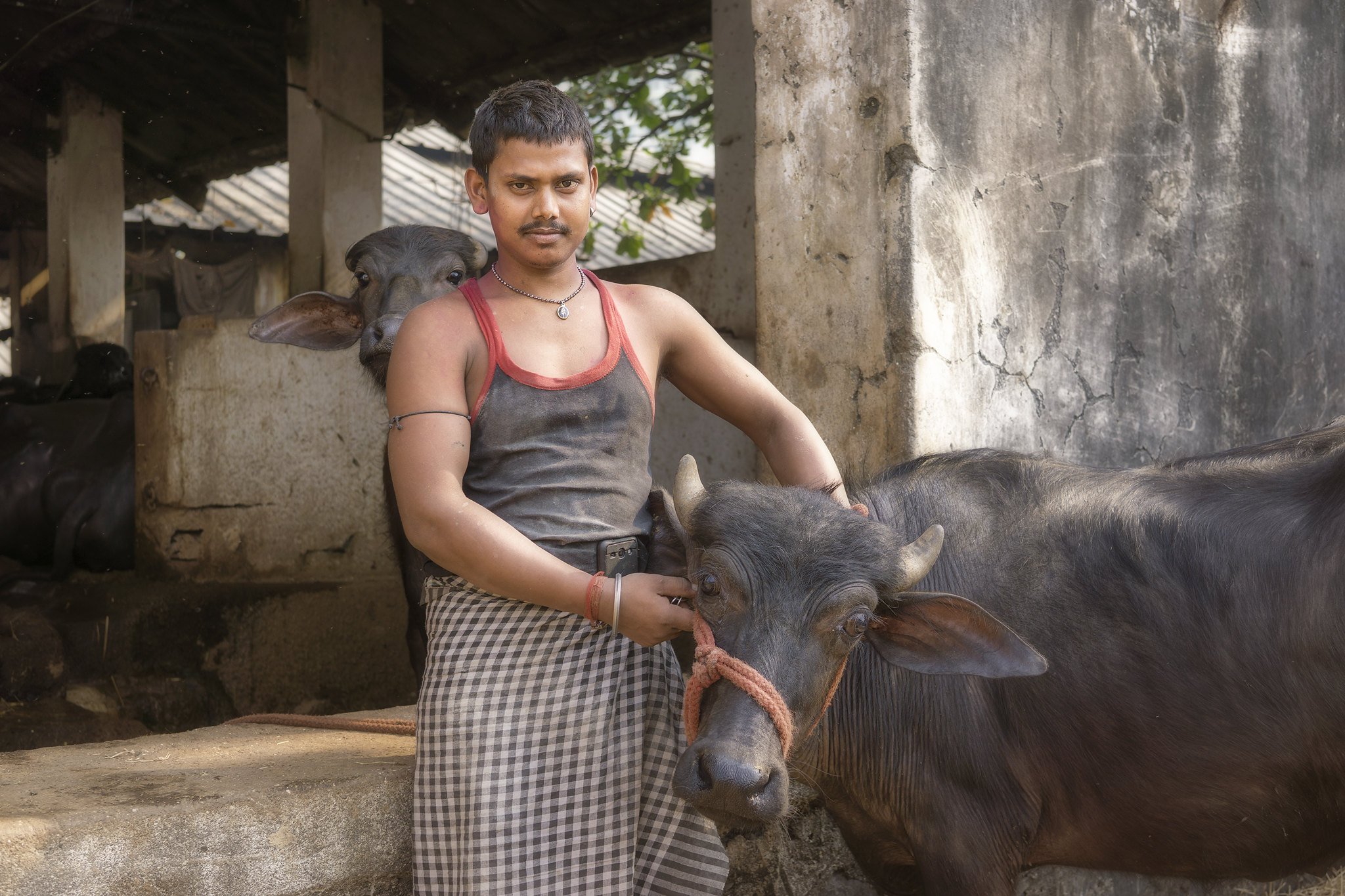
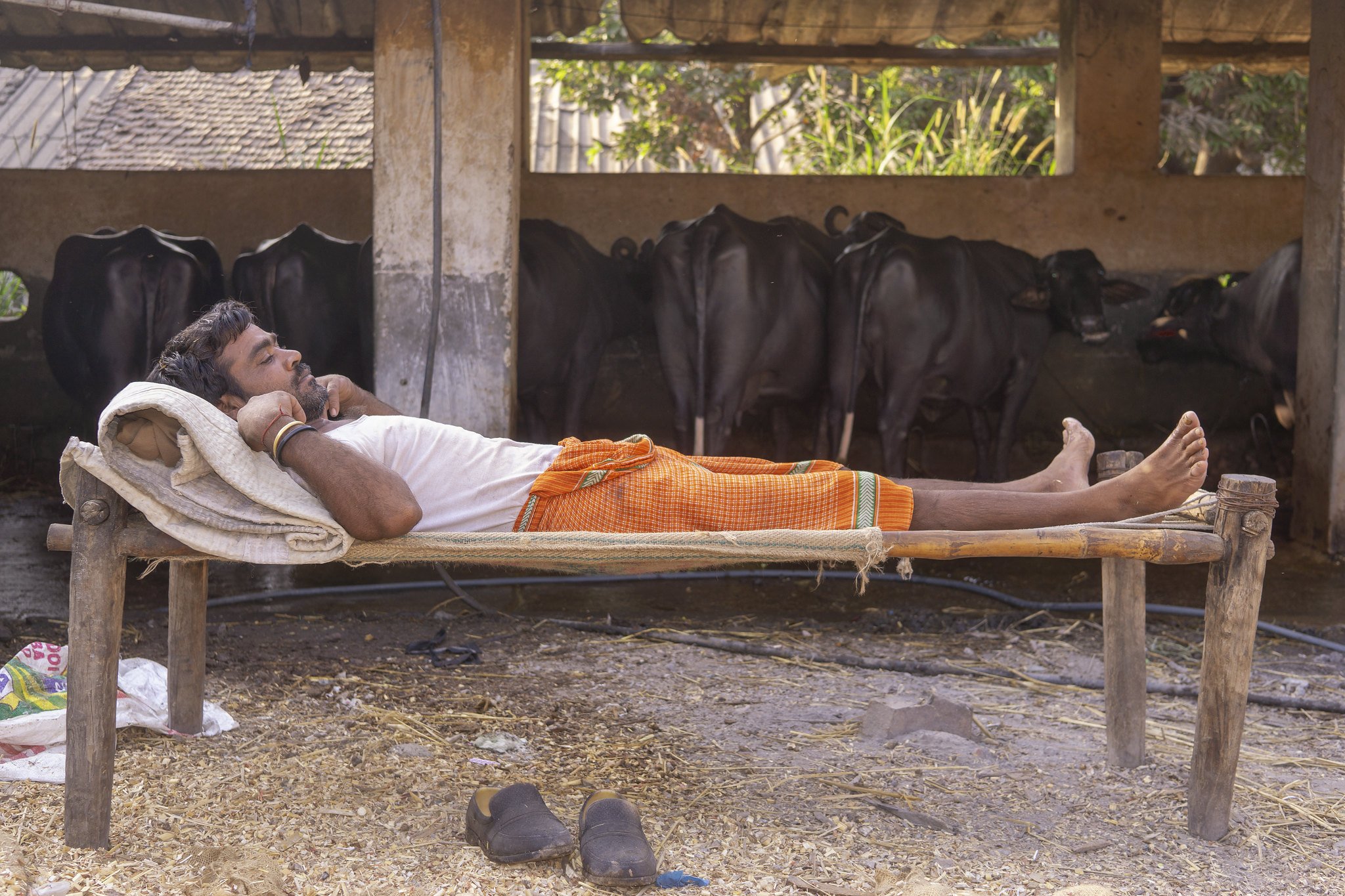
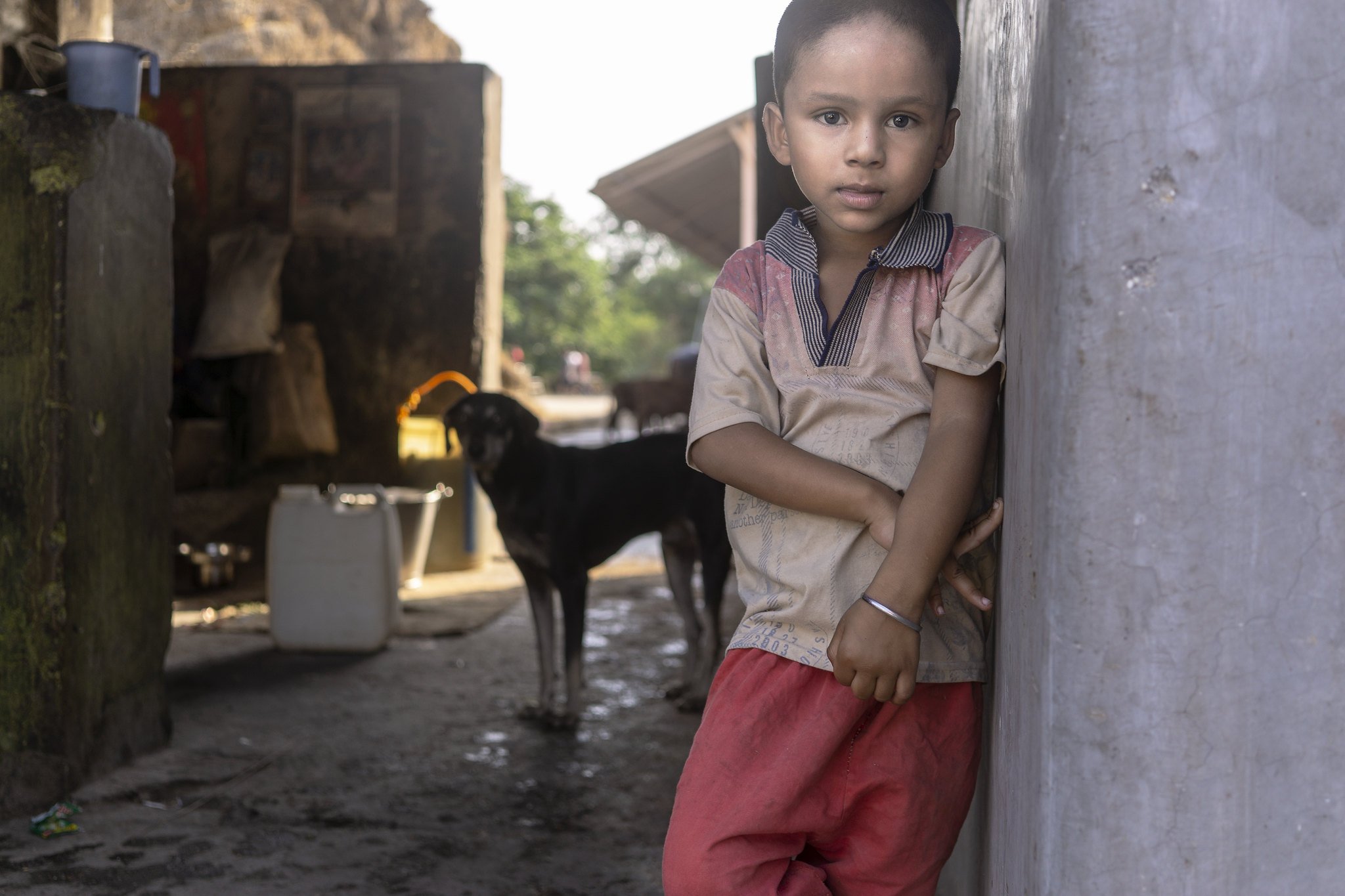
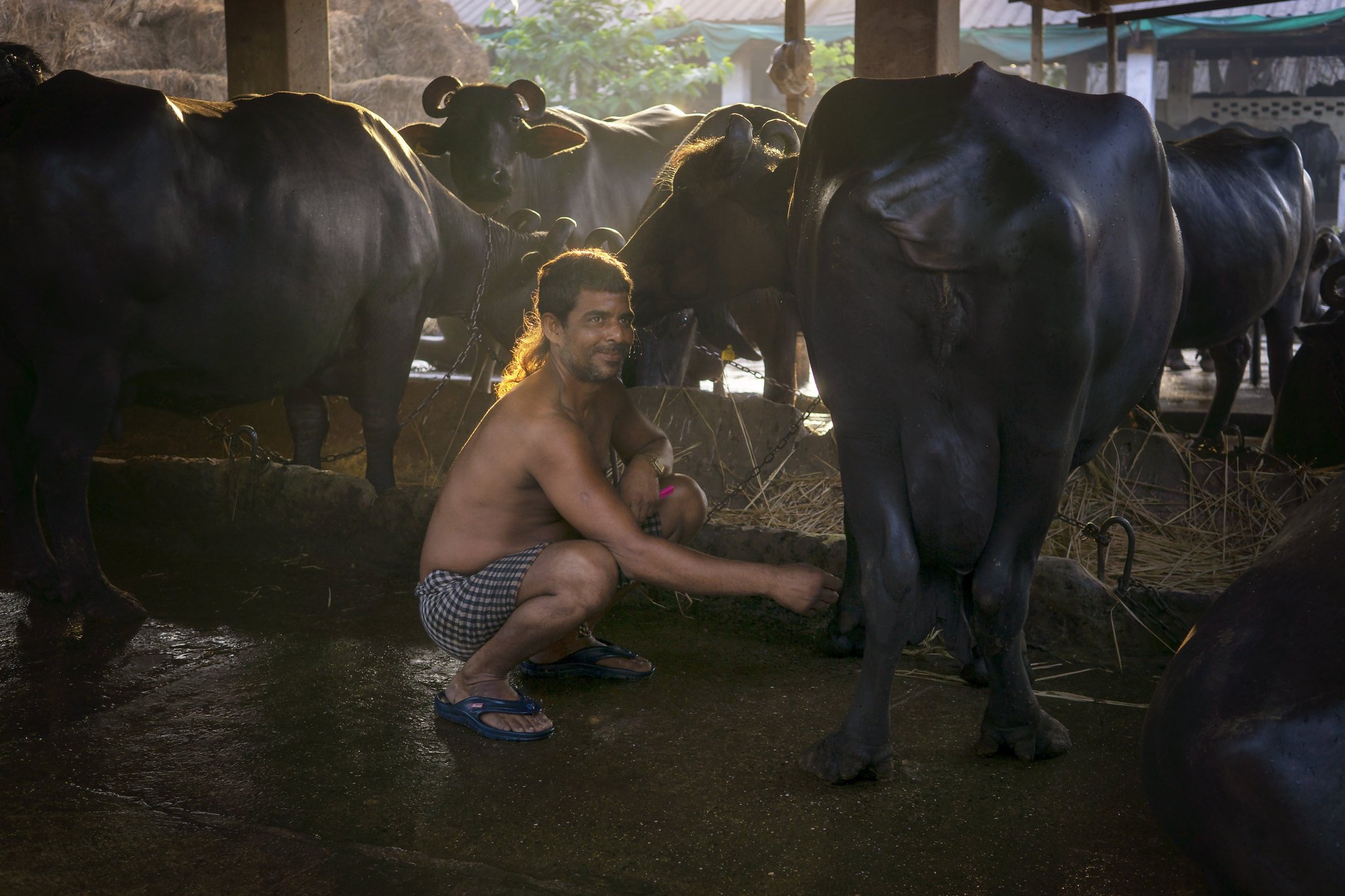
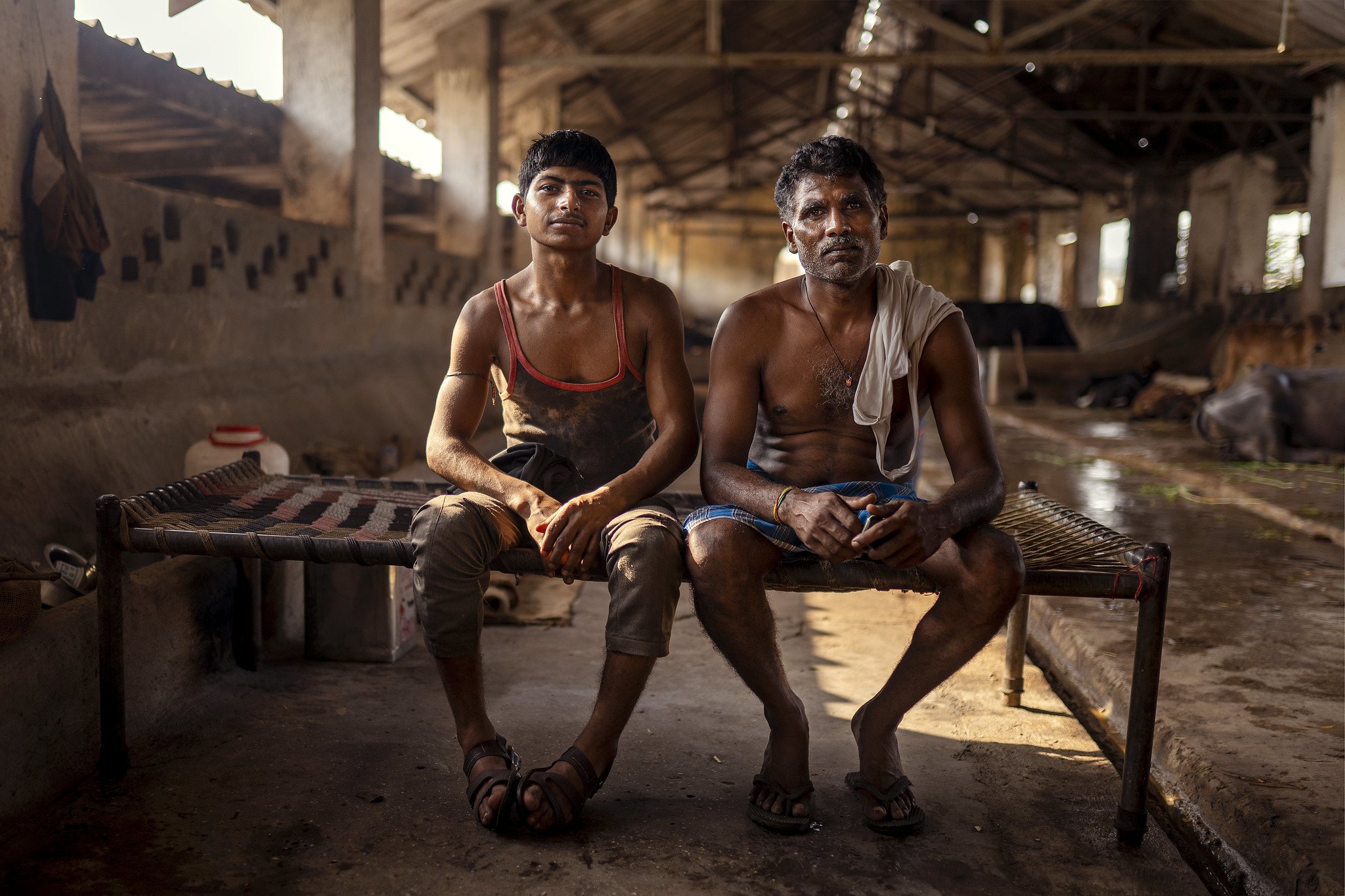
Aarey Colony, more accurately known as Aarey Milk Colony, is dotted with several dairy farms. I've made a point of visiting a few of these farms to photograph the workers. It still surprises me how welcoming it is to simply walk onto what is technically private property, strike up a conversation, and feel immediately at home. Thankfully, this has consistently been my experience. During my last visit with a small group, we were even offered chai by the farm workers, which led to a delightful chat and an impromptu photo session.
Forest & Grasslands
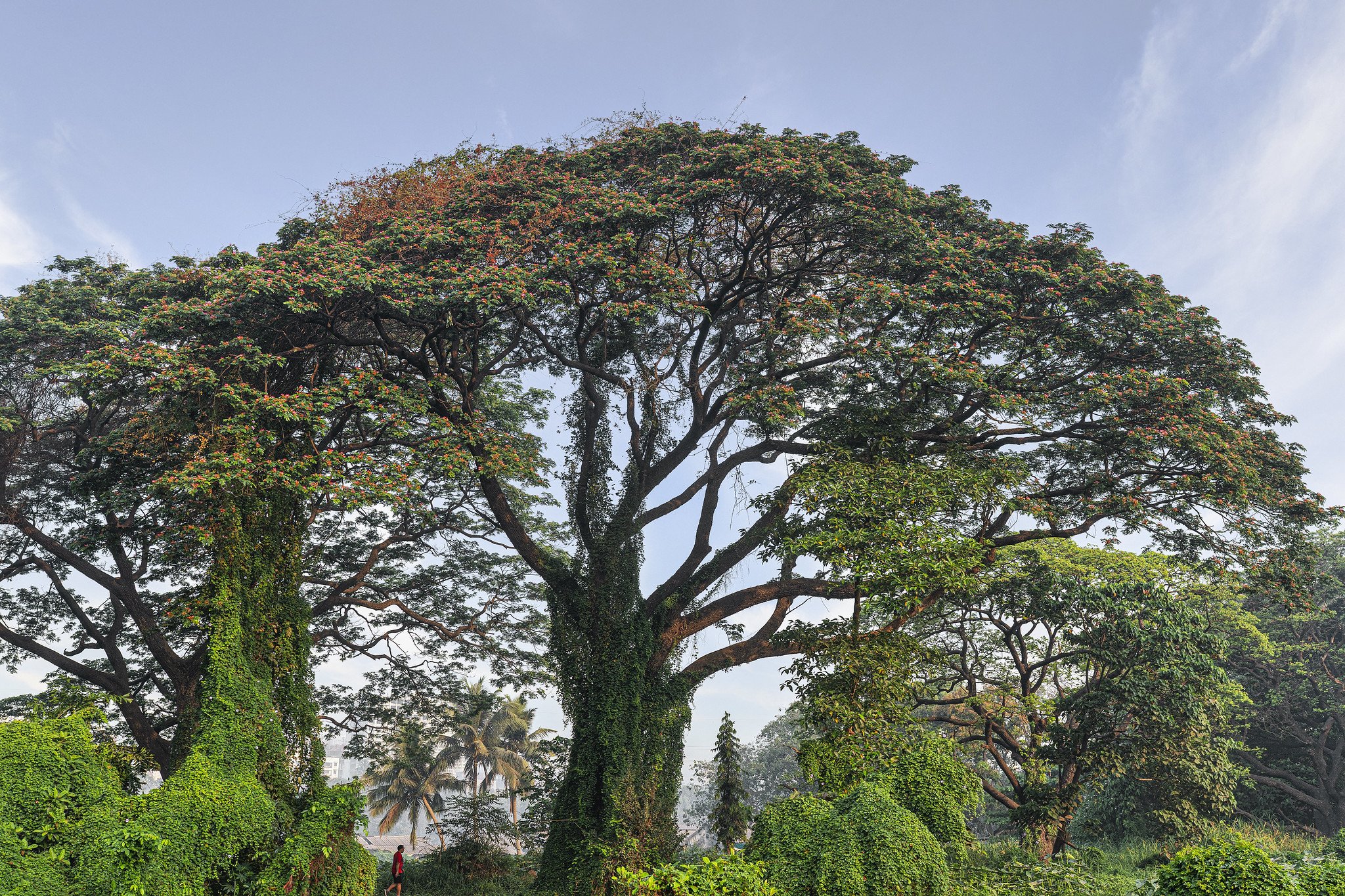
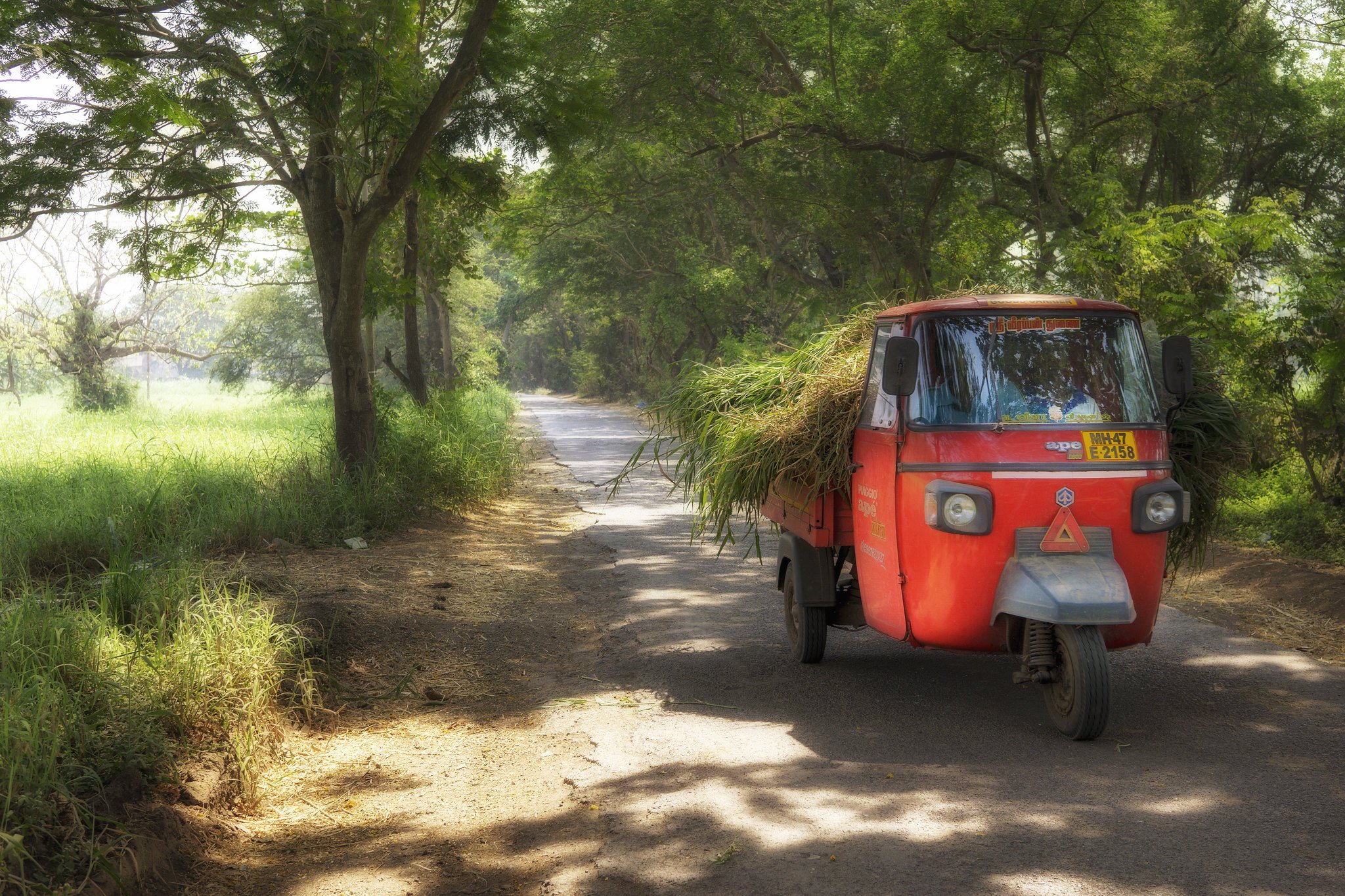
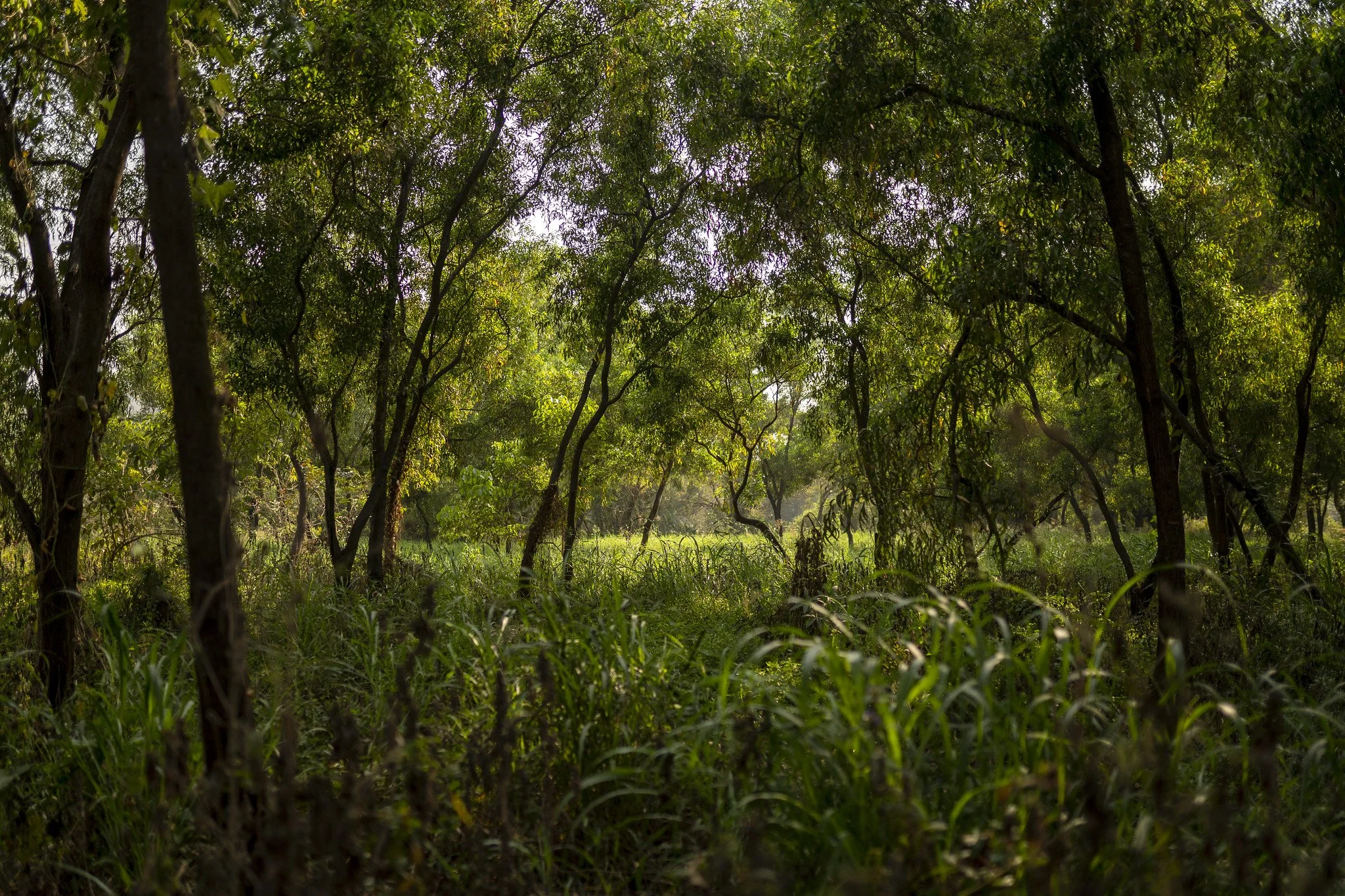

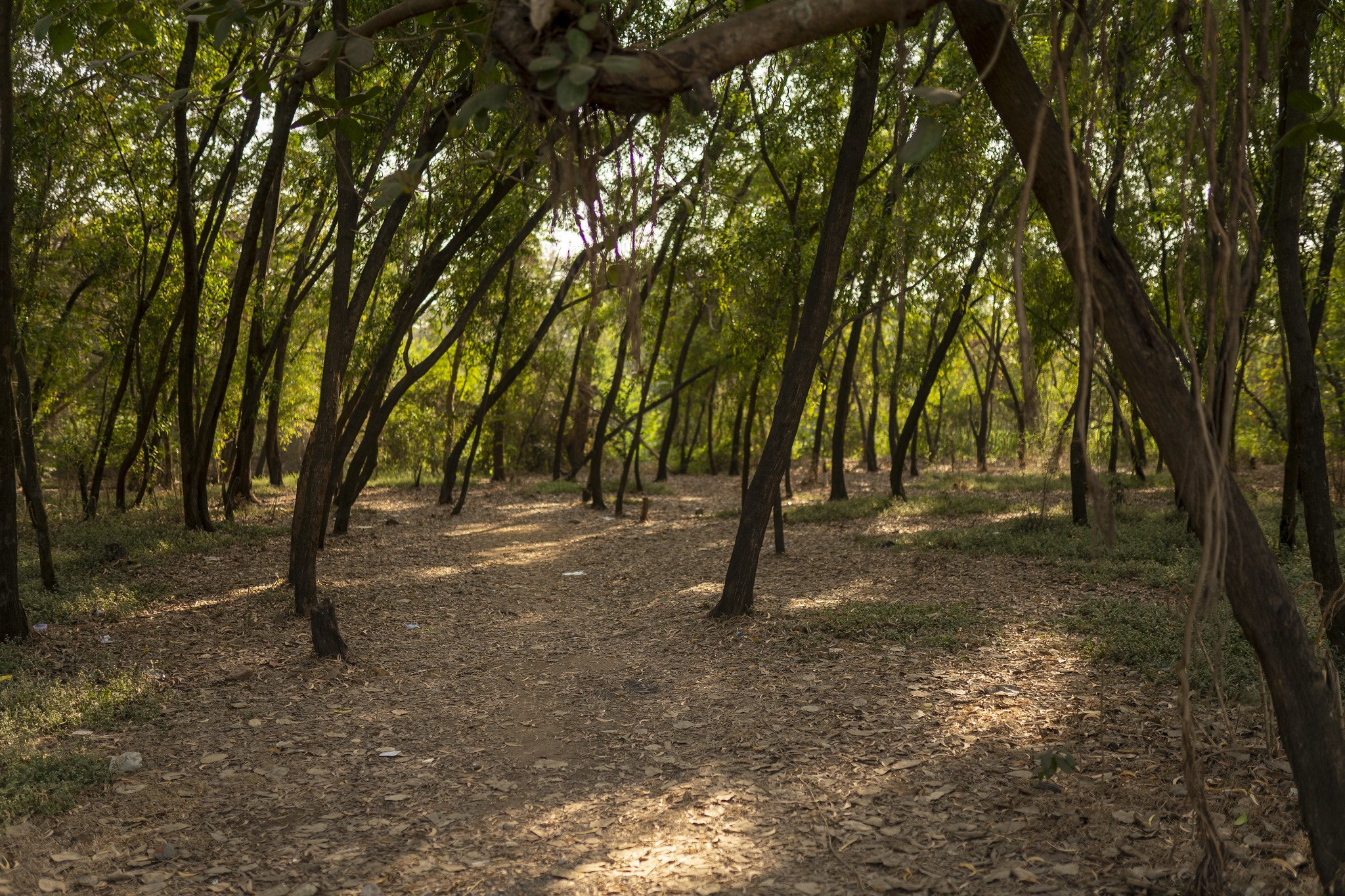

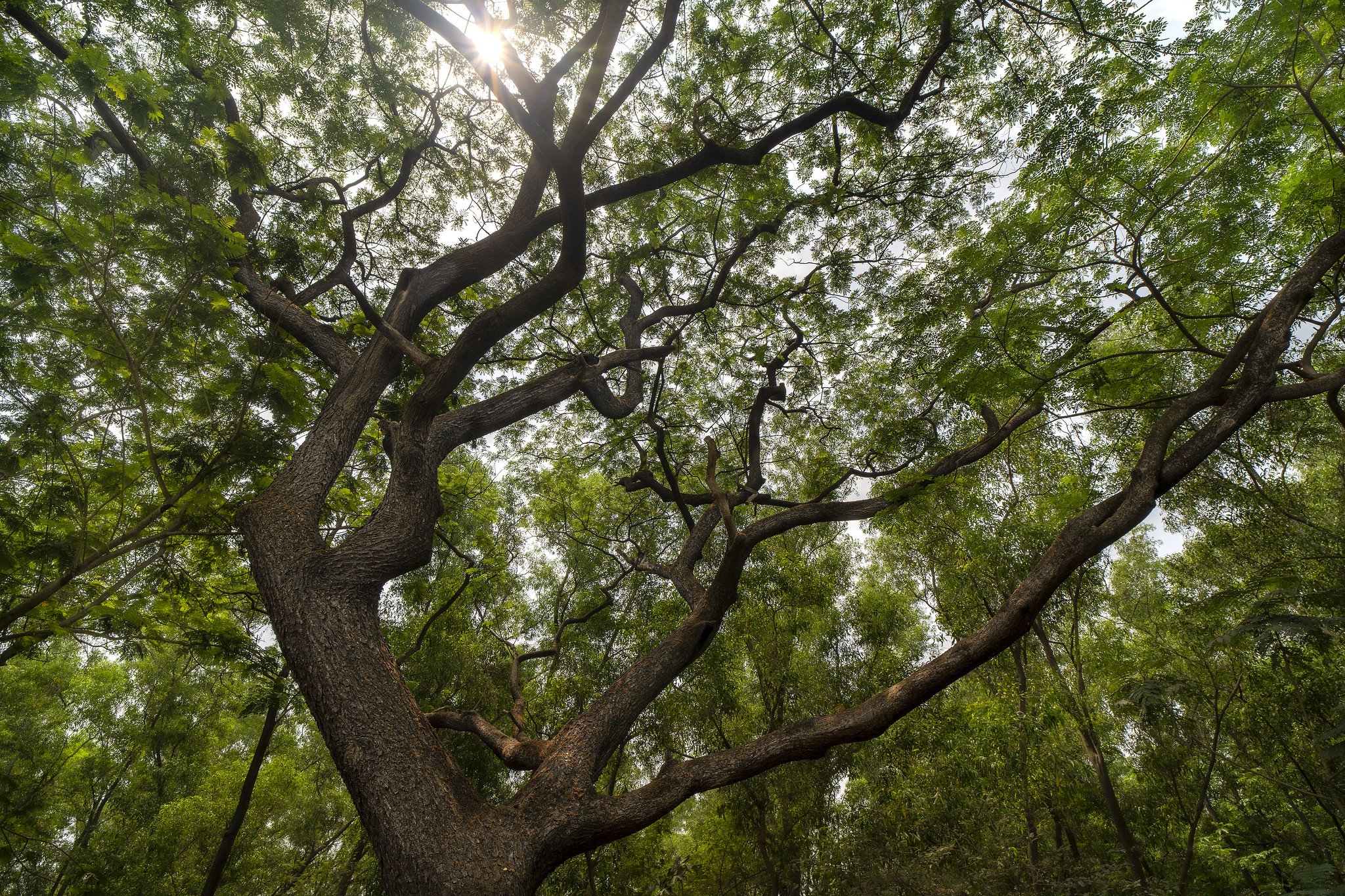
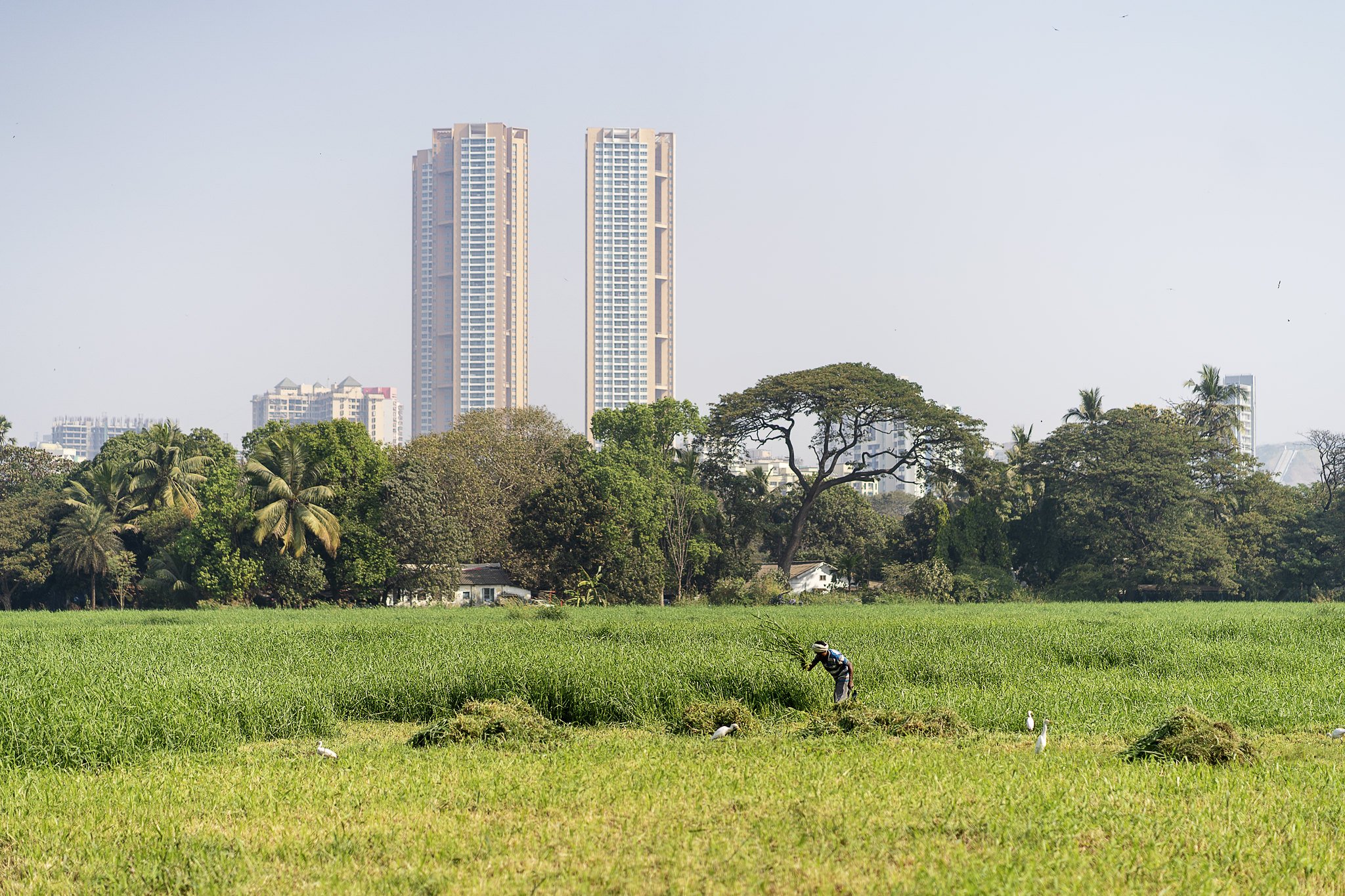
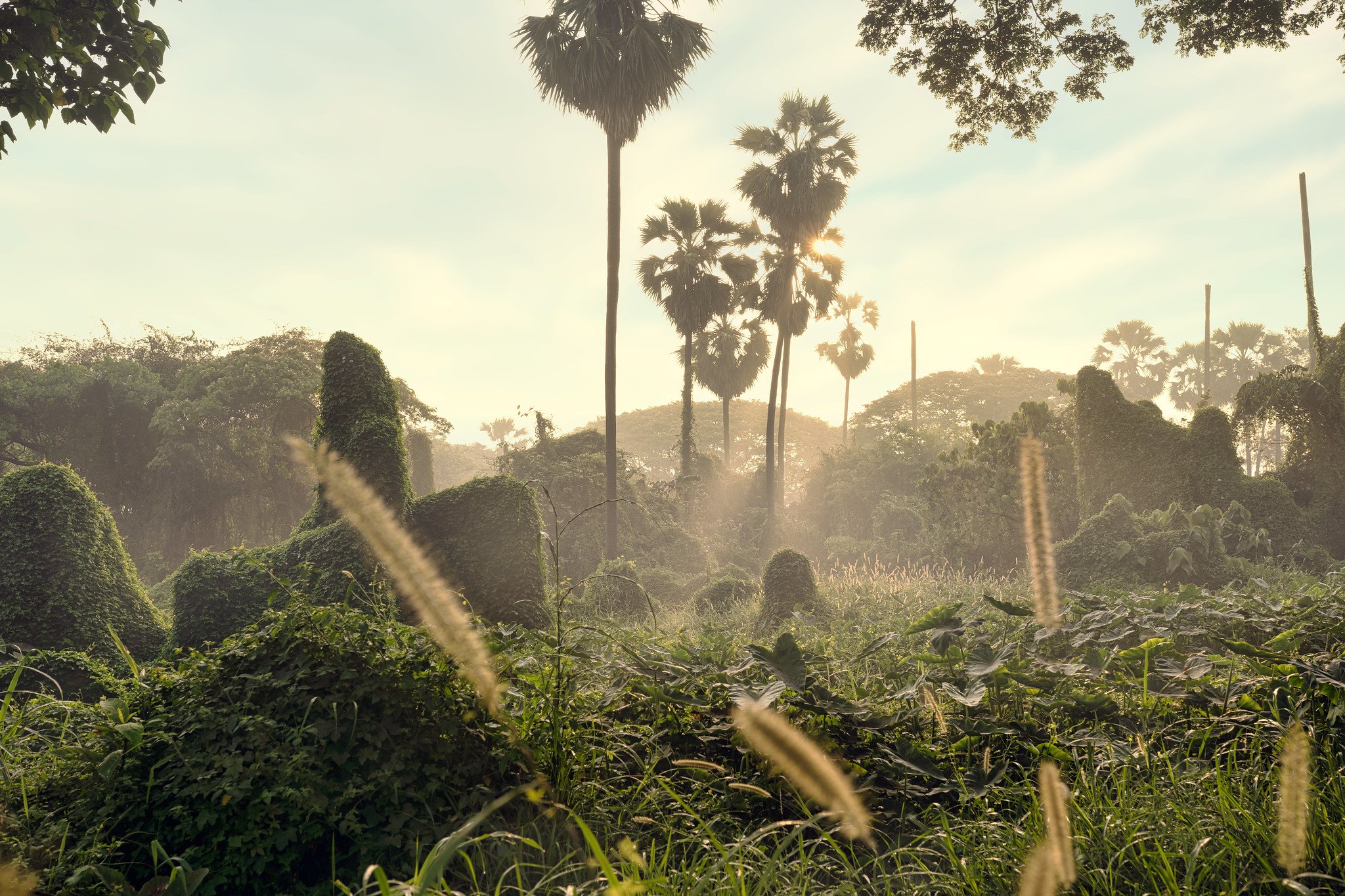
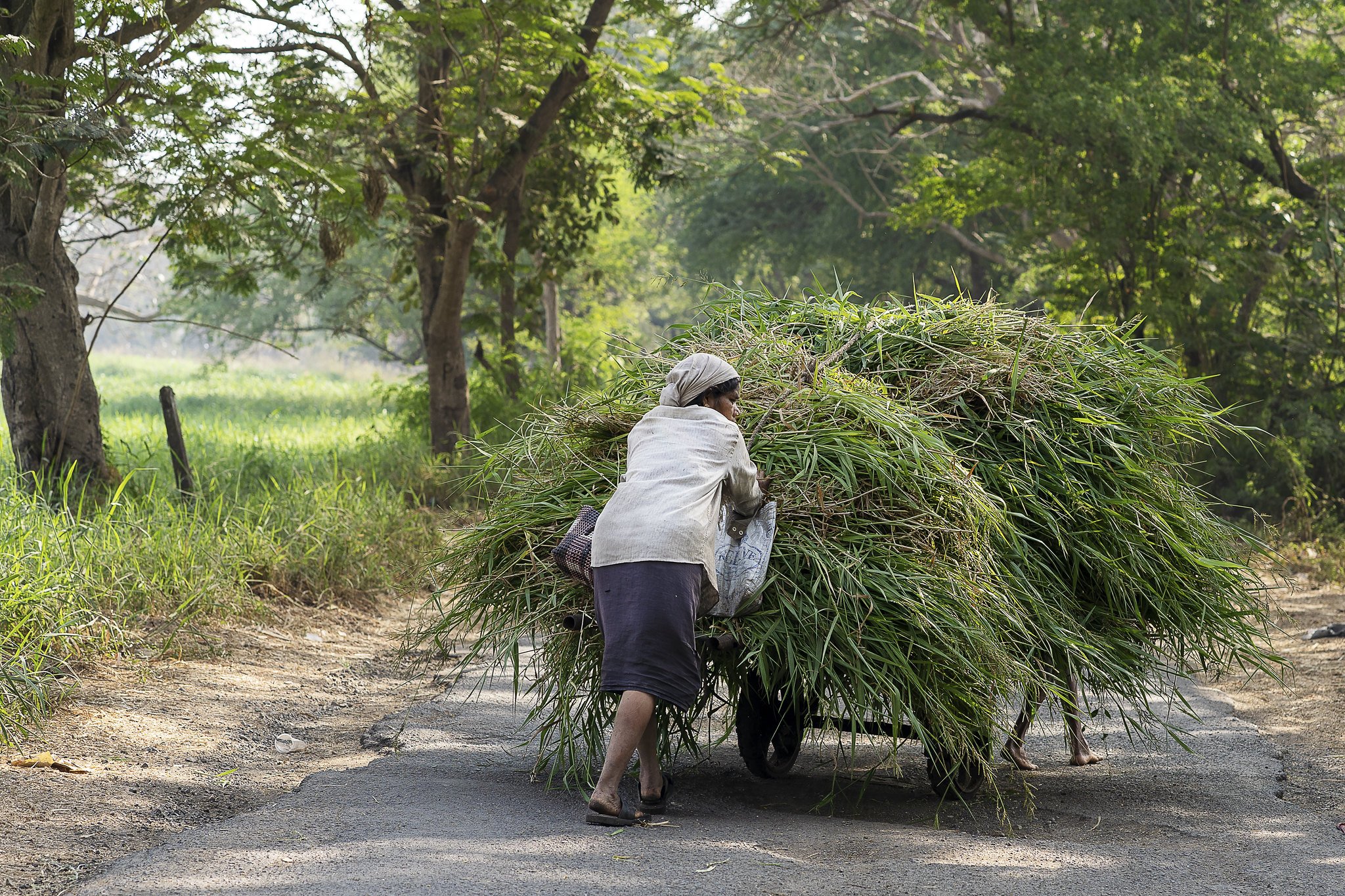
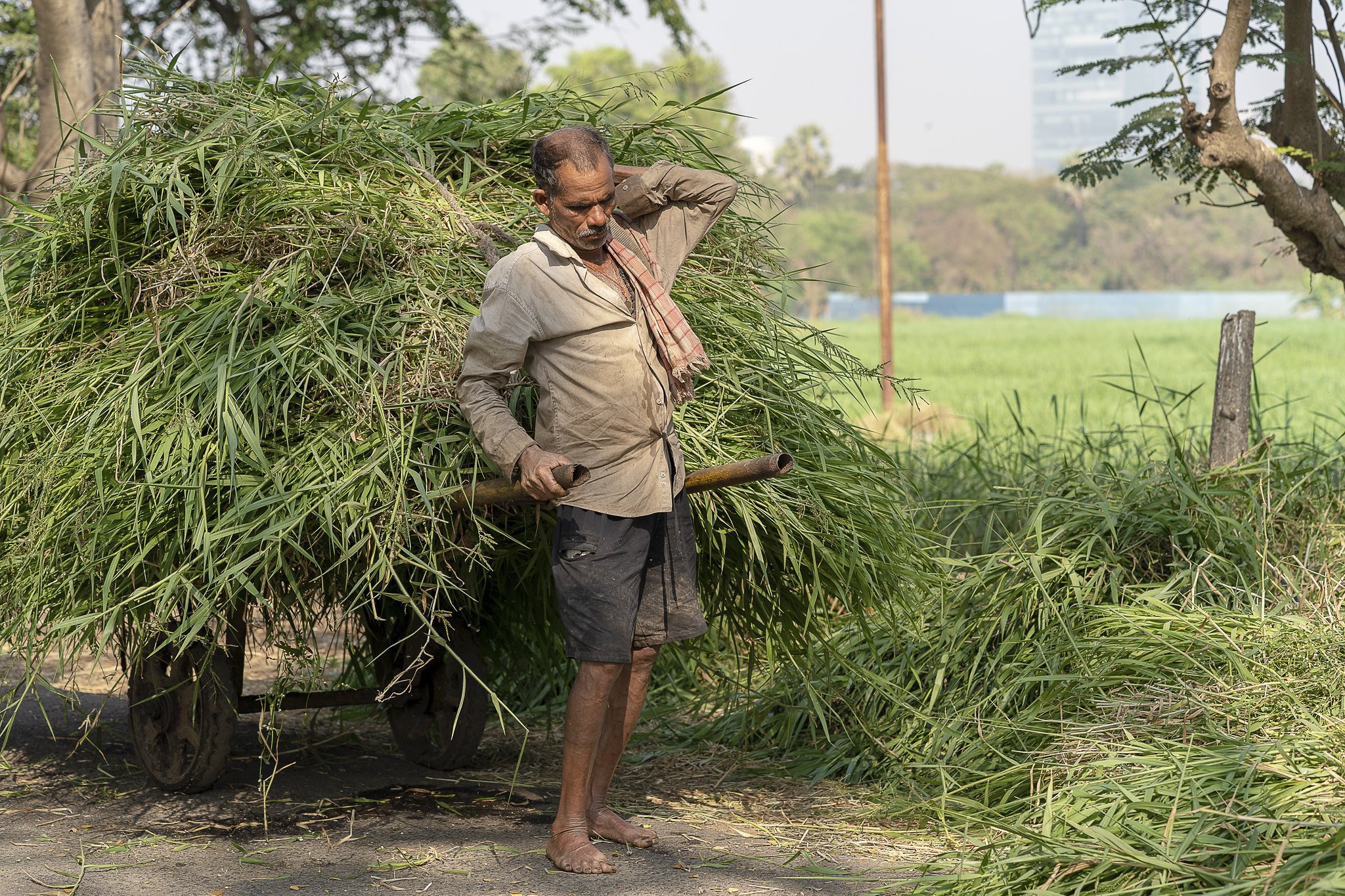
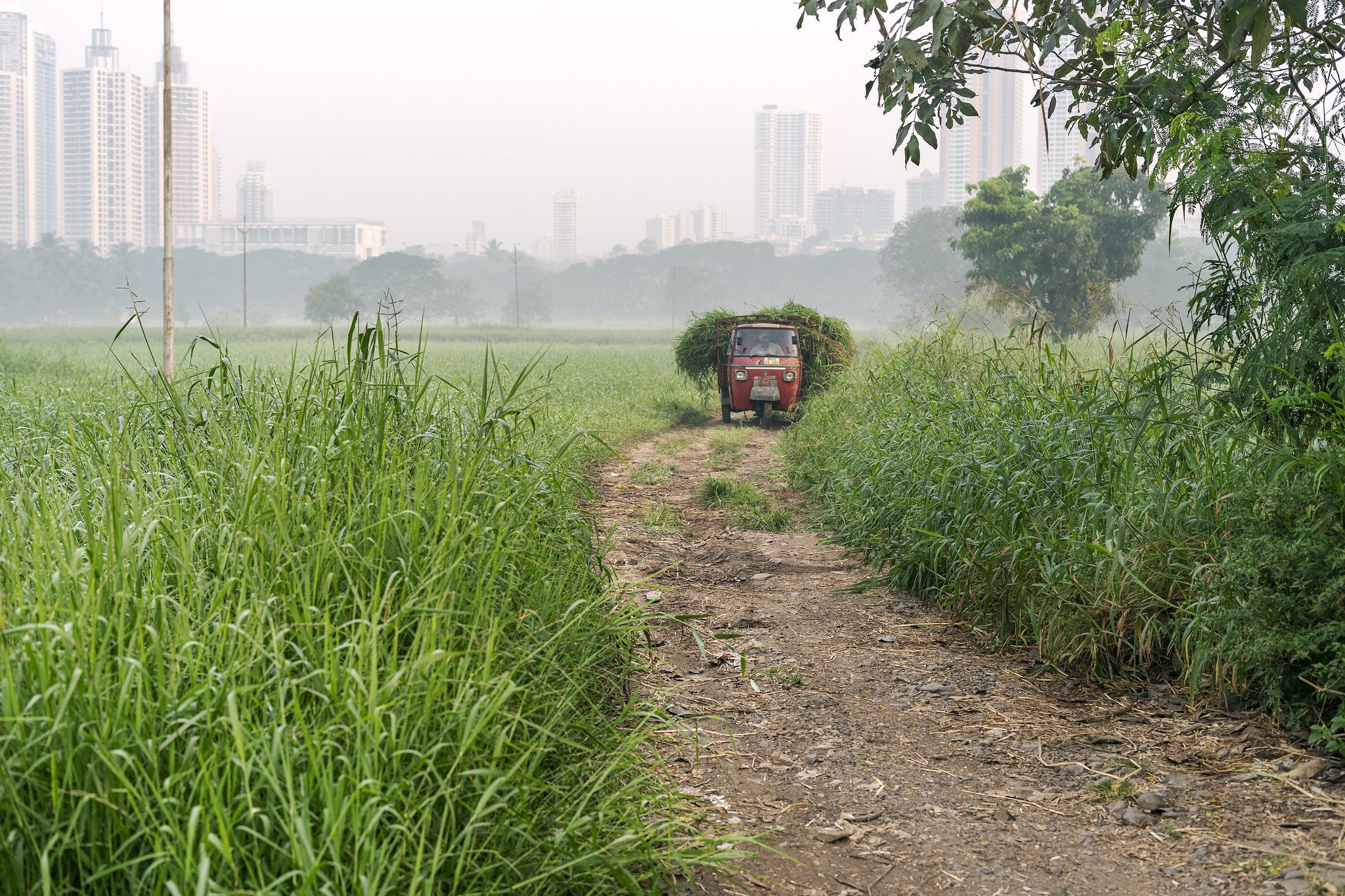

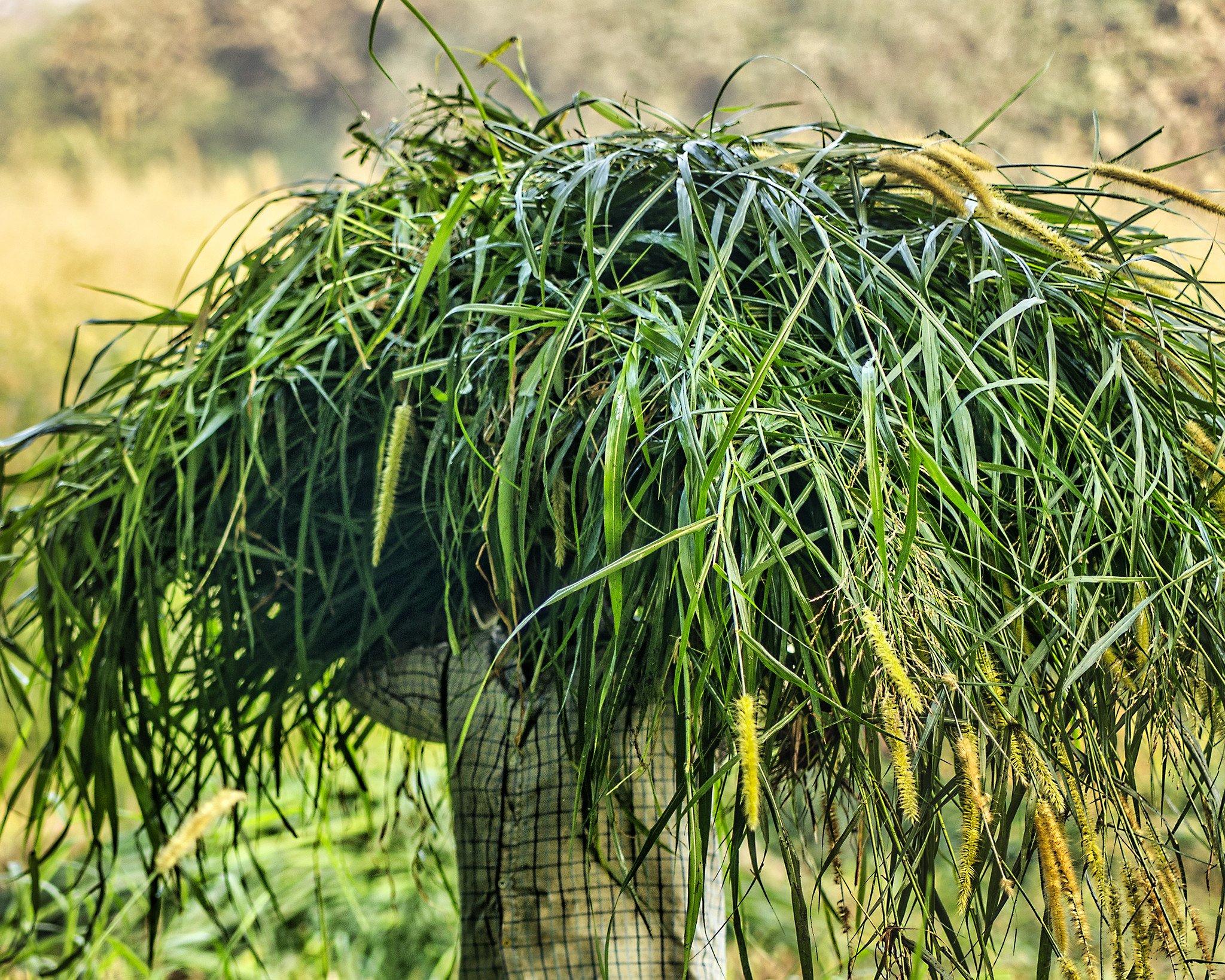
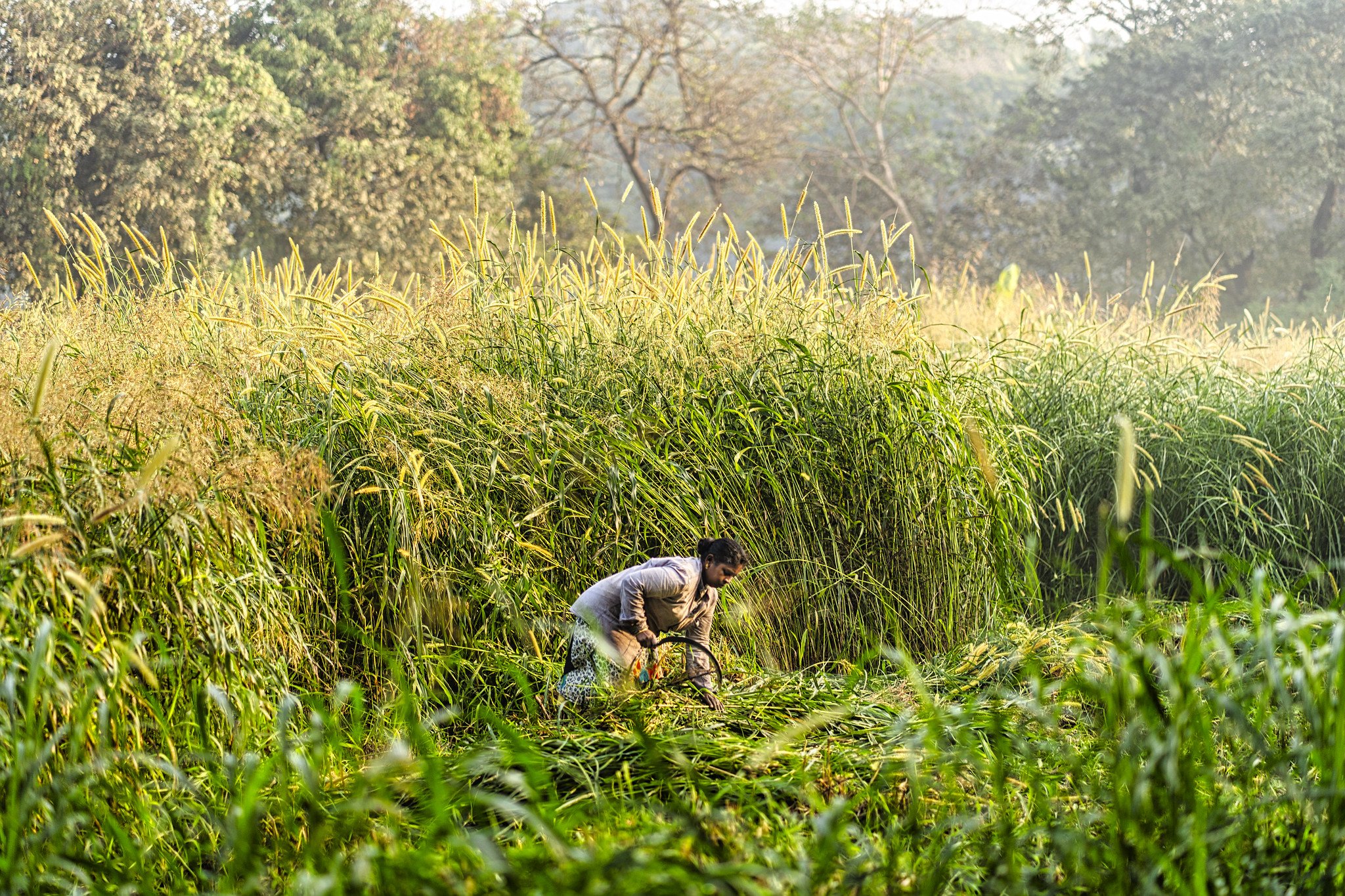
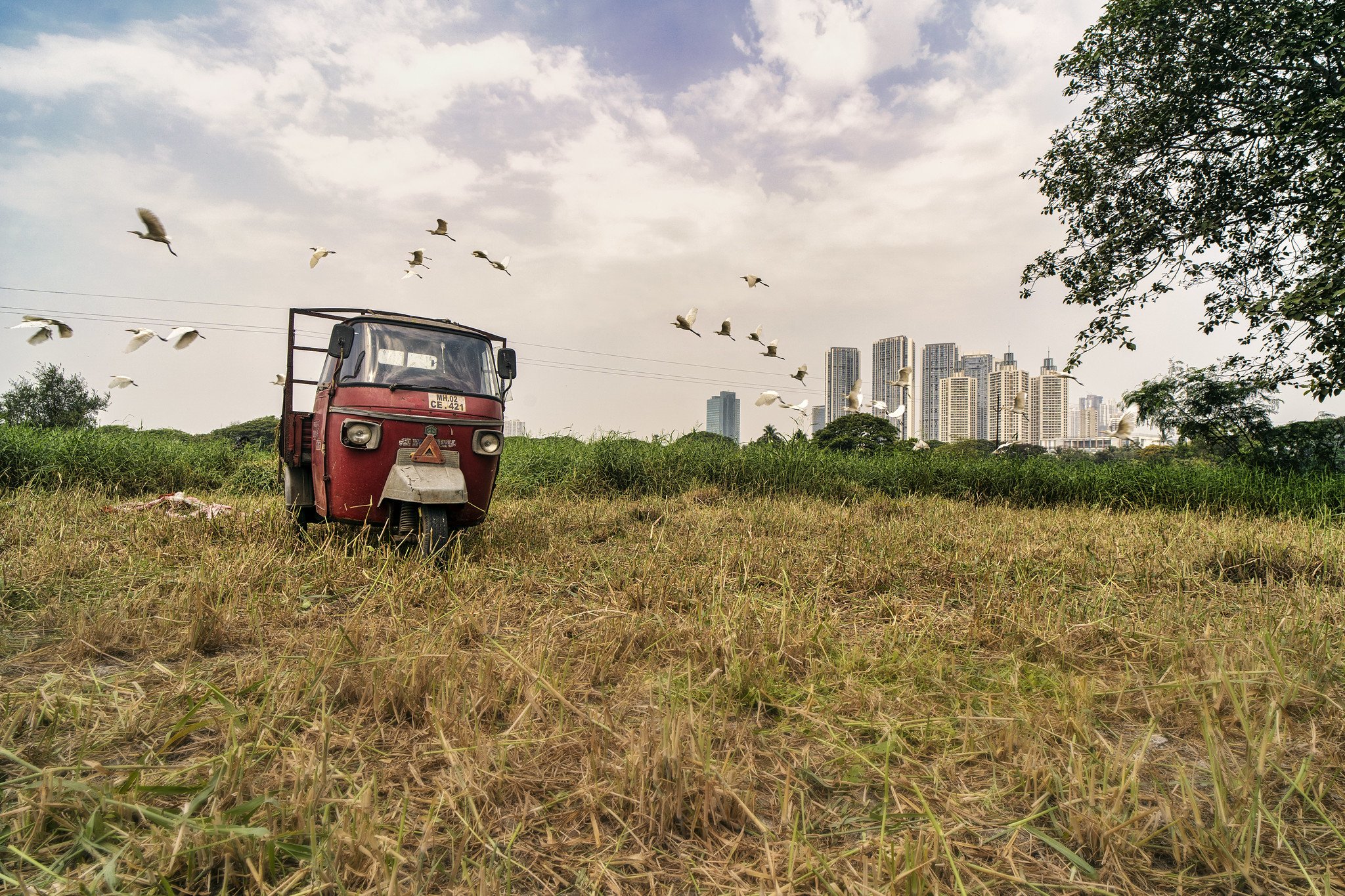
Venturing off the main roads and into the forested areas of Aarey can be unpredictable. A friend and I once hiked just inside the treeline, exploring the interior until we stumbled upon one of Aarey's 20+ padas, or villages. Personally, I don't spend much time in these forest areas as they don't offer many subjects that interest me photographically. While there are flowers and insects, which are great for macro photography enthusiasts, I prefer to be where there are more people, as my focus is primarily on general street photography.
The grasslands of Aarey can mostly be observed from the roads, offering expansive views of open spaces. In many of these areas, you'll find grass cutters diligently working against the relentless growth. A lot of this grass is used in nearby farms, although I suspect that some of it also finds its way to various markets across Mumbai.
Villages
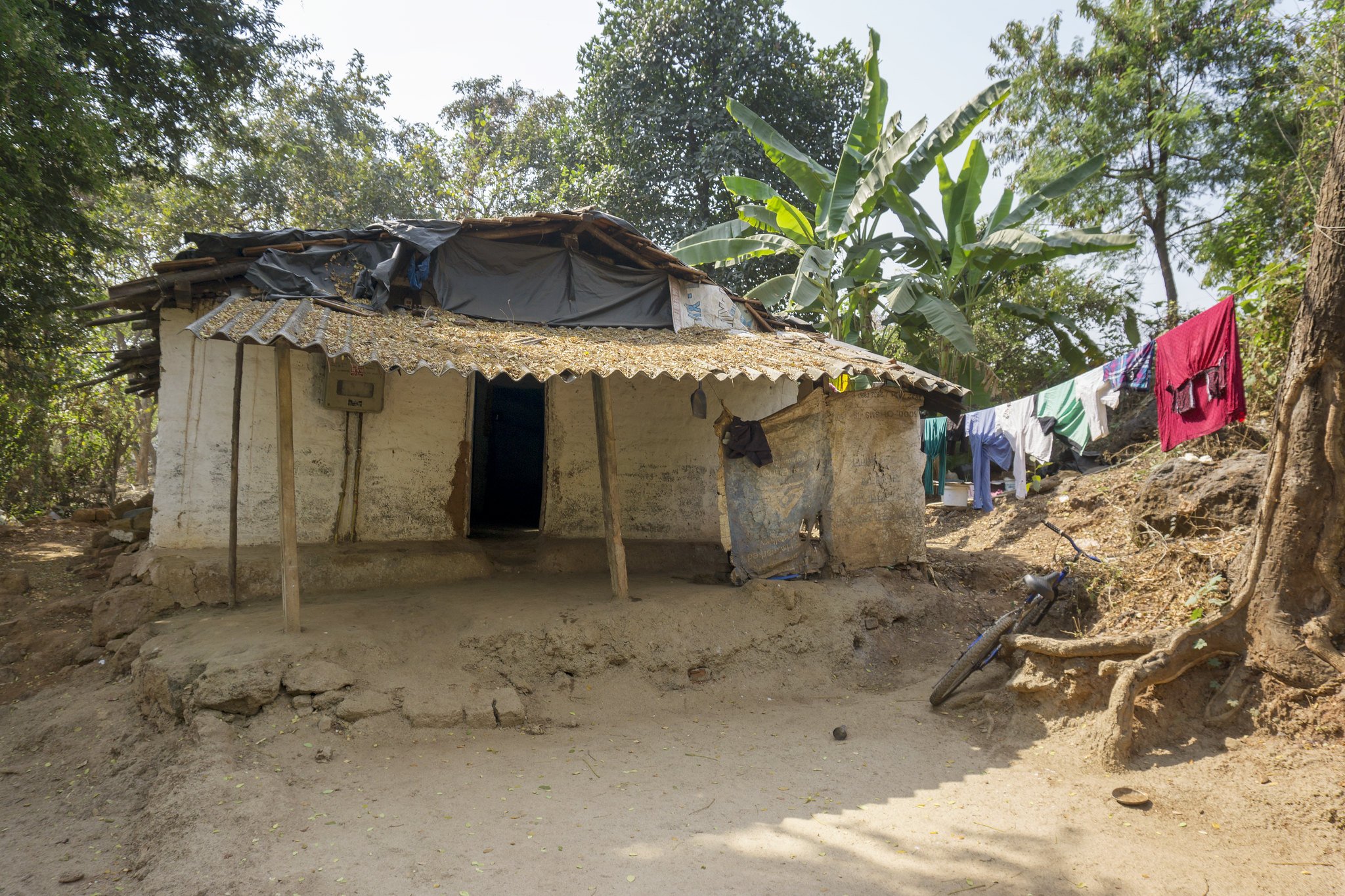
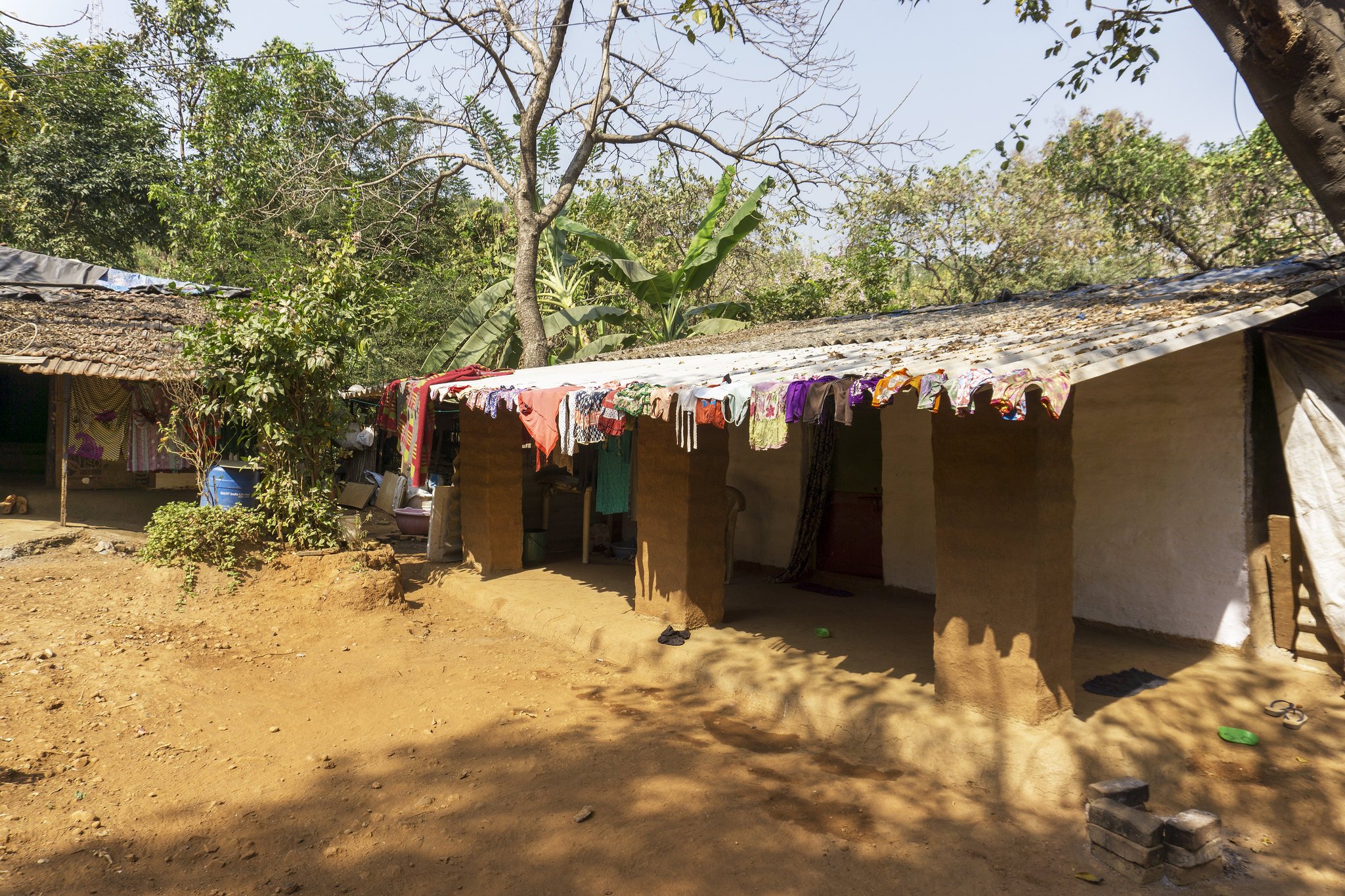
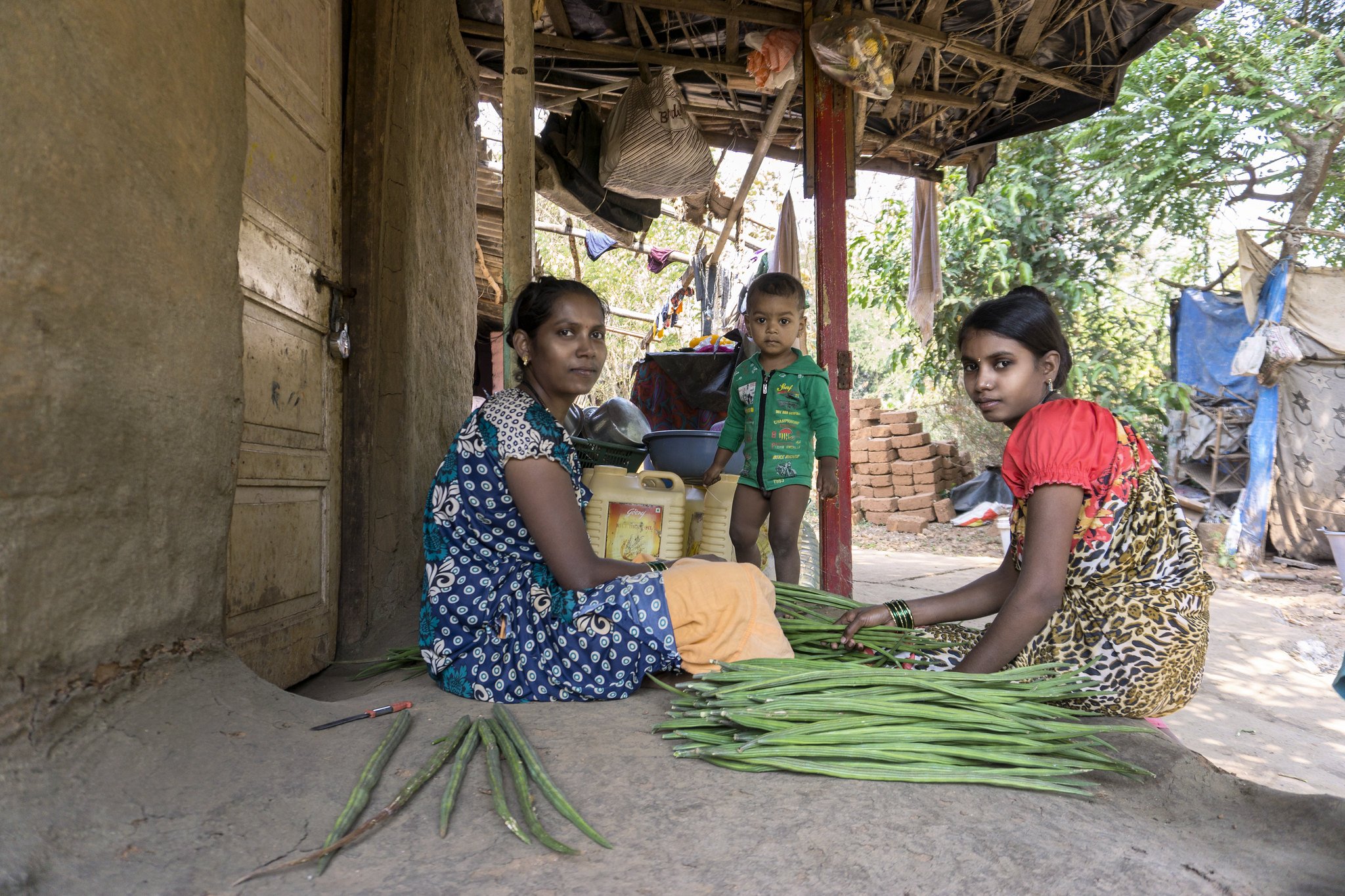
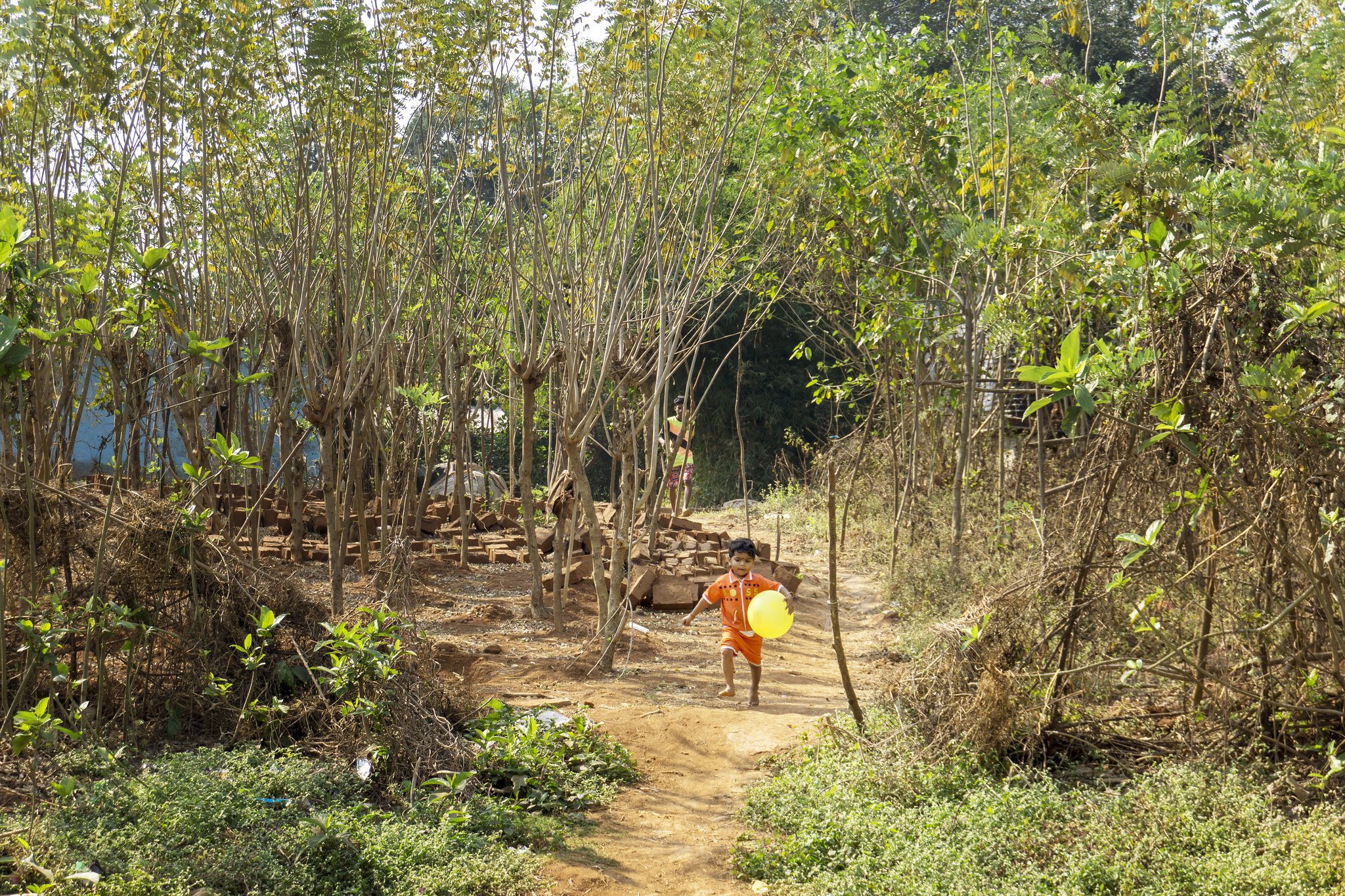
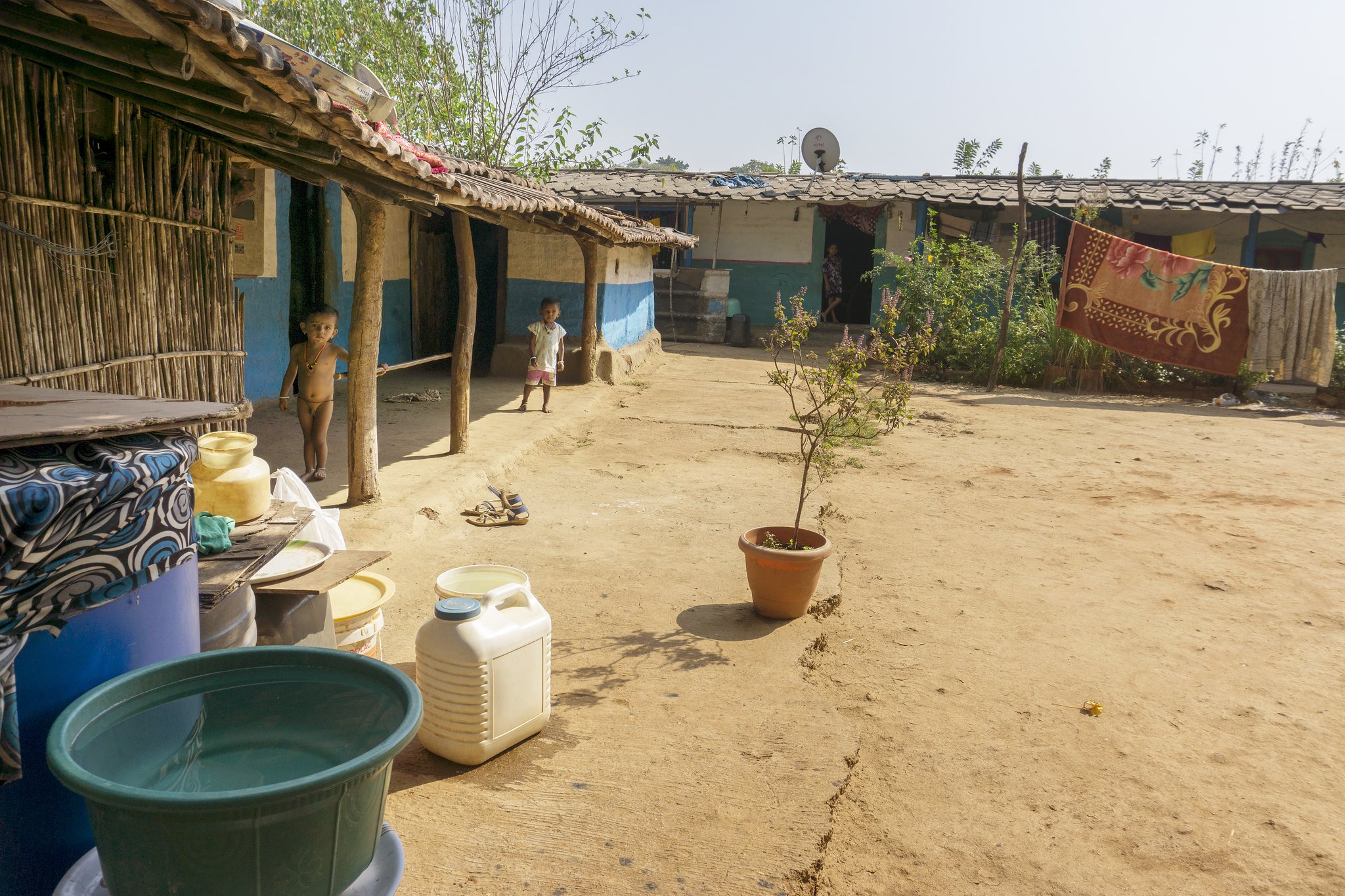
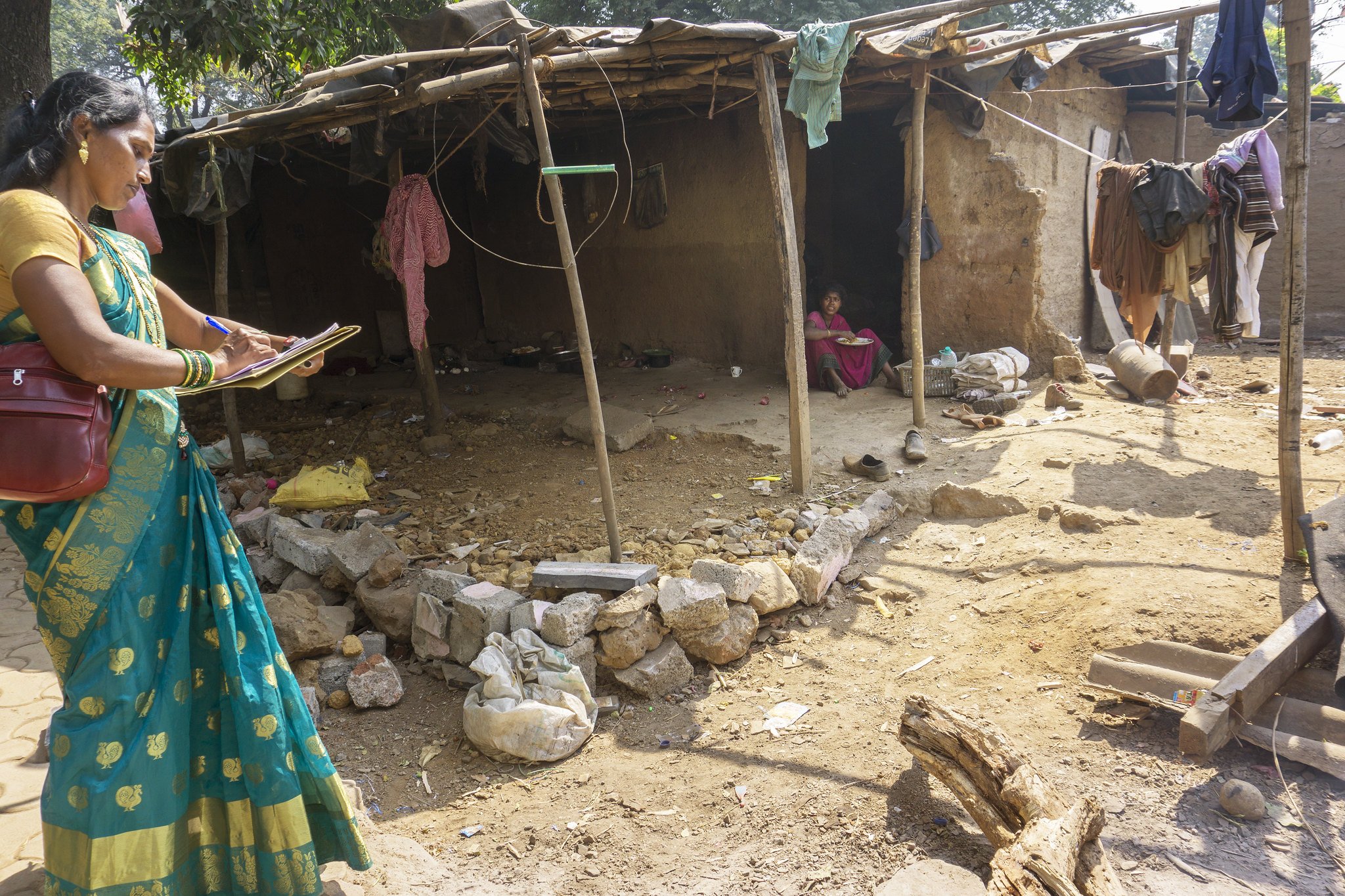
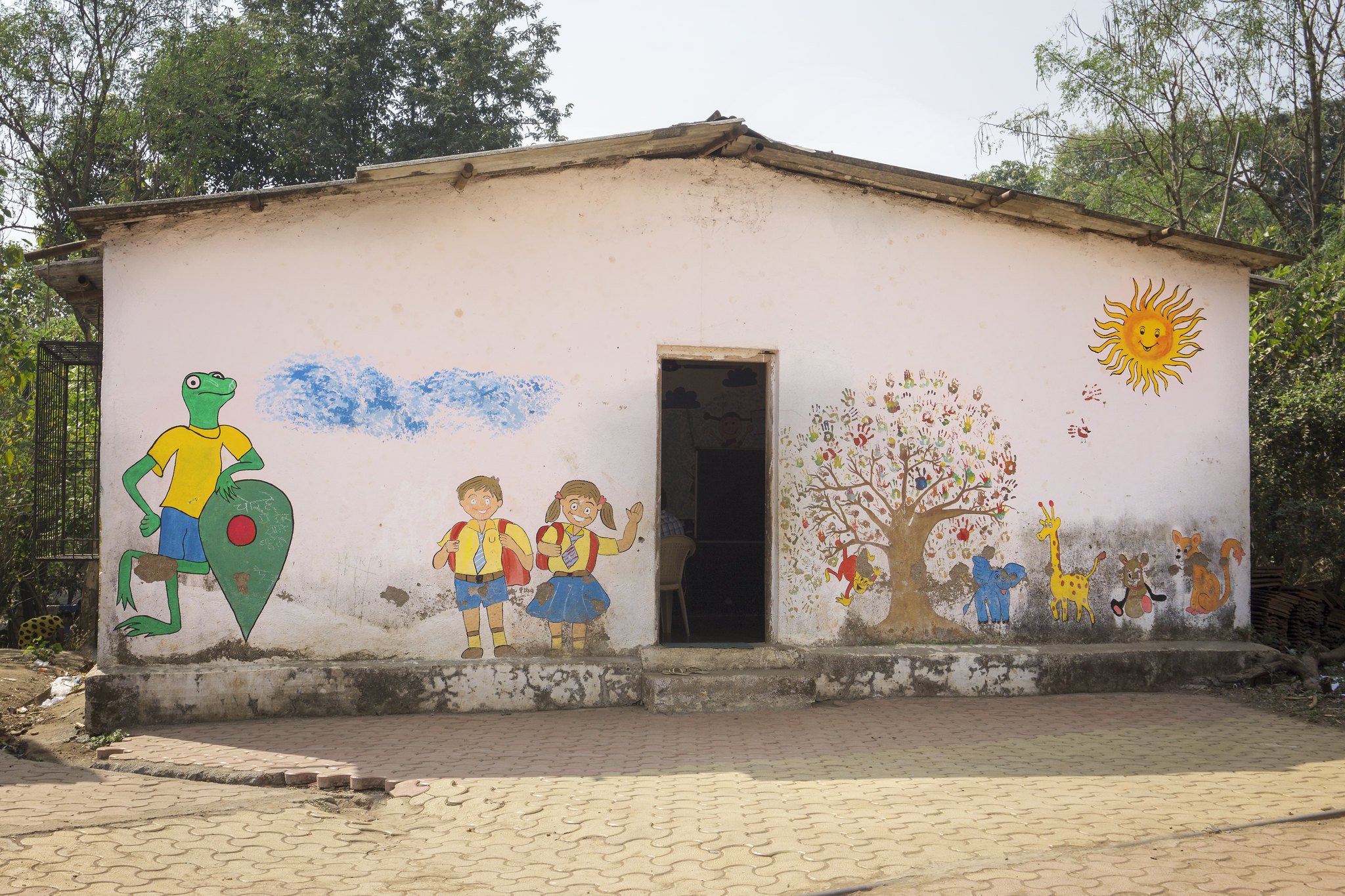
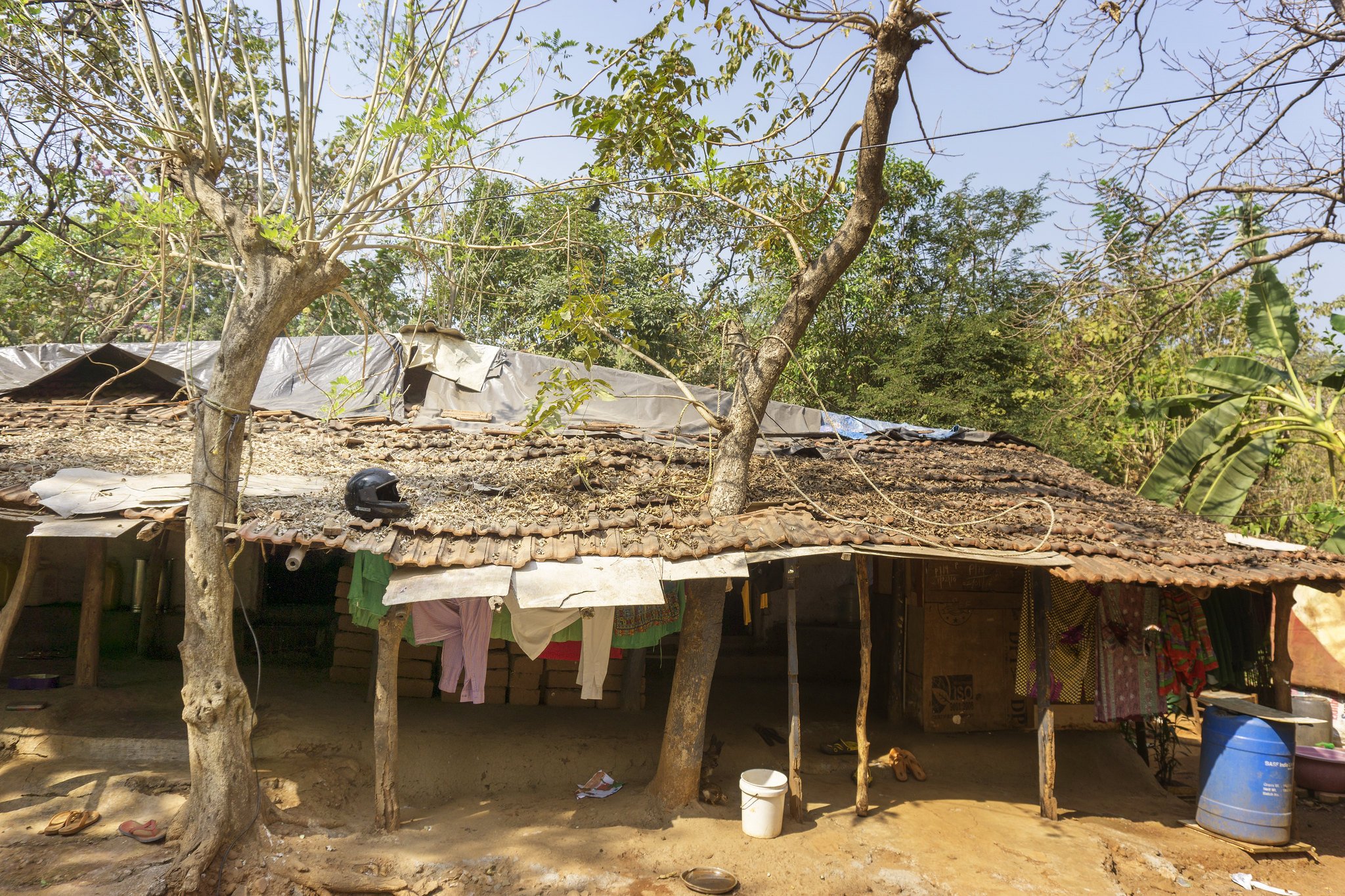
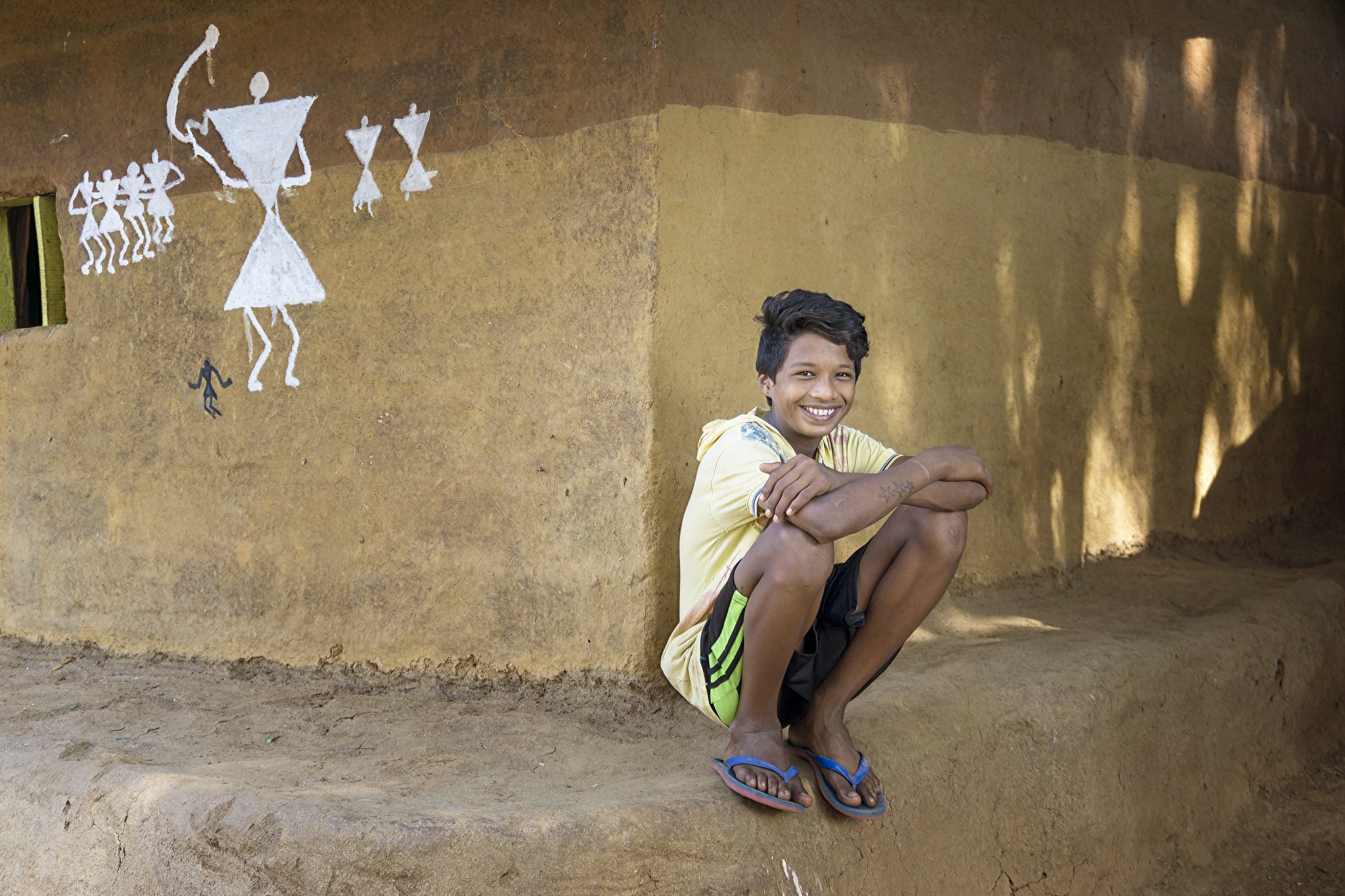

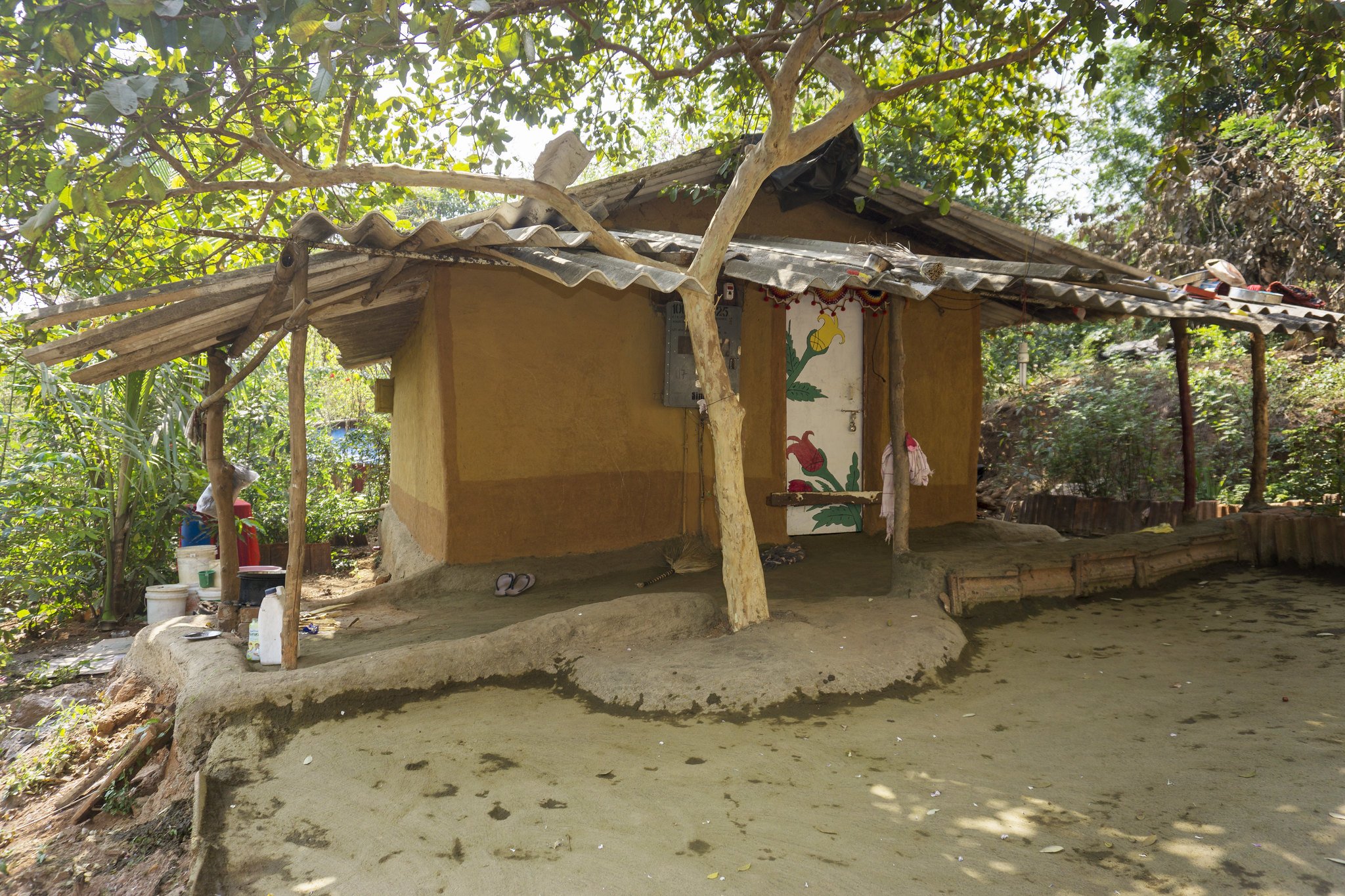

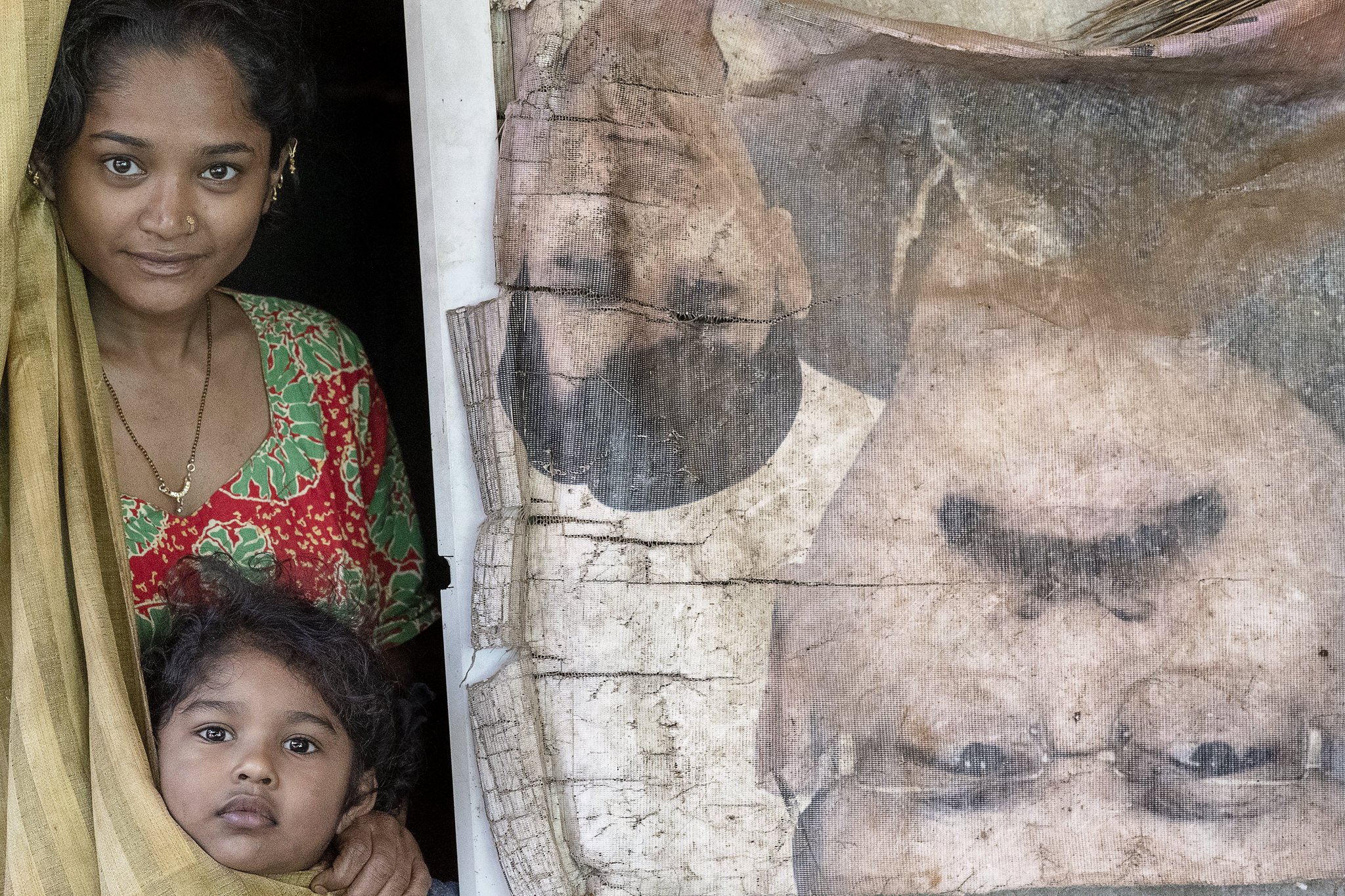

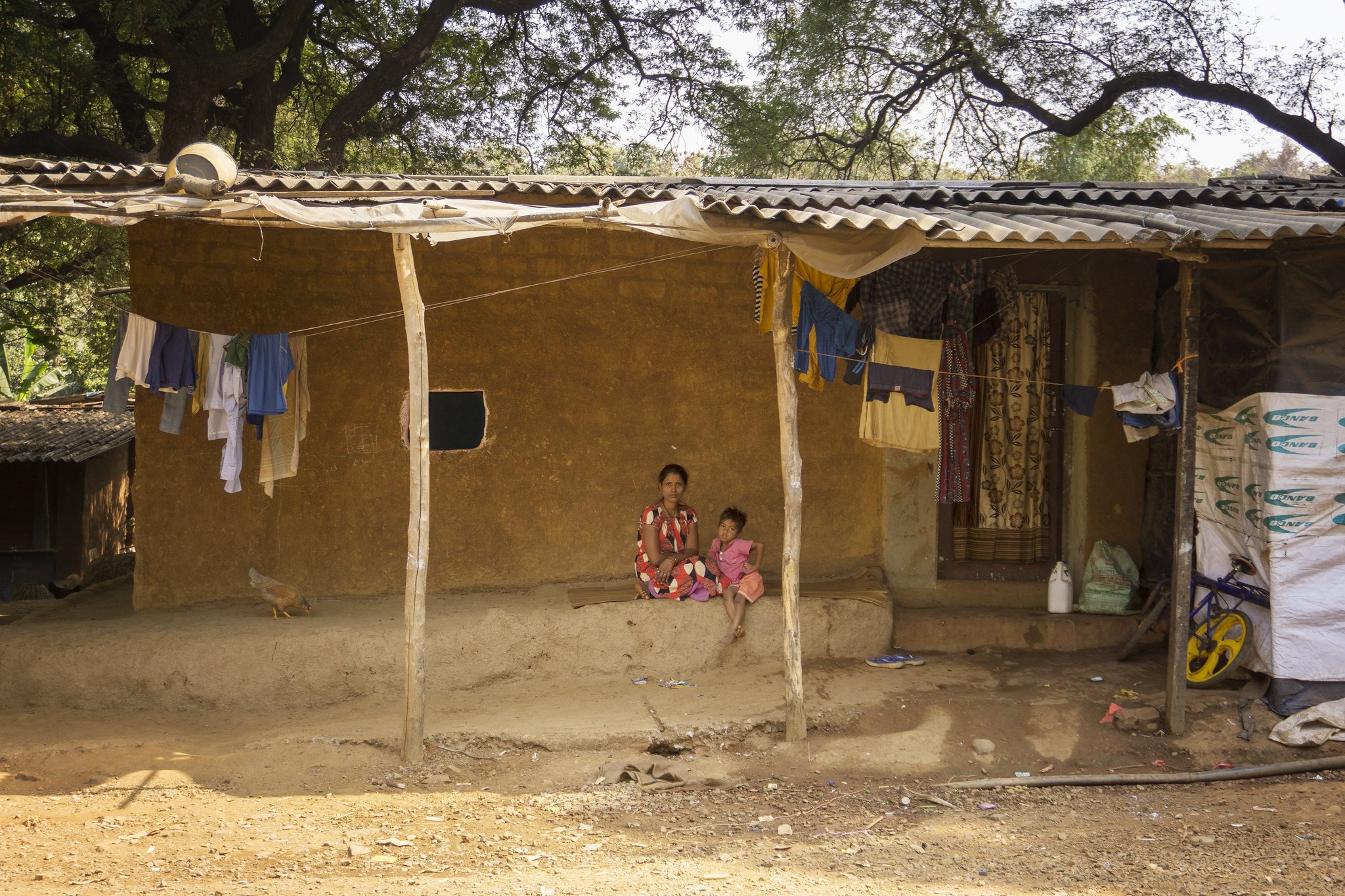
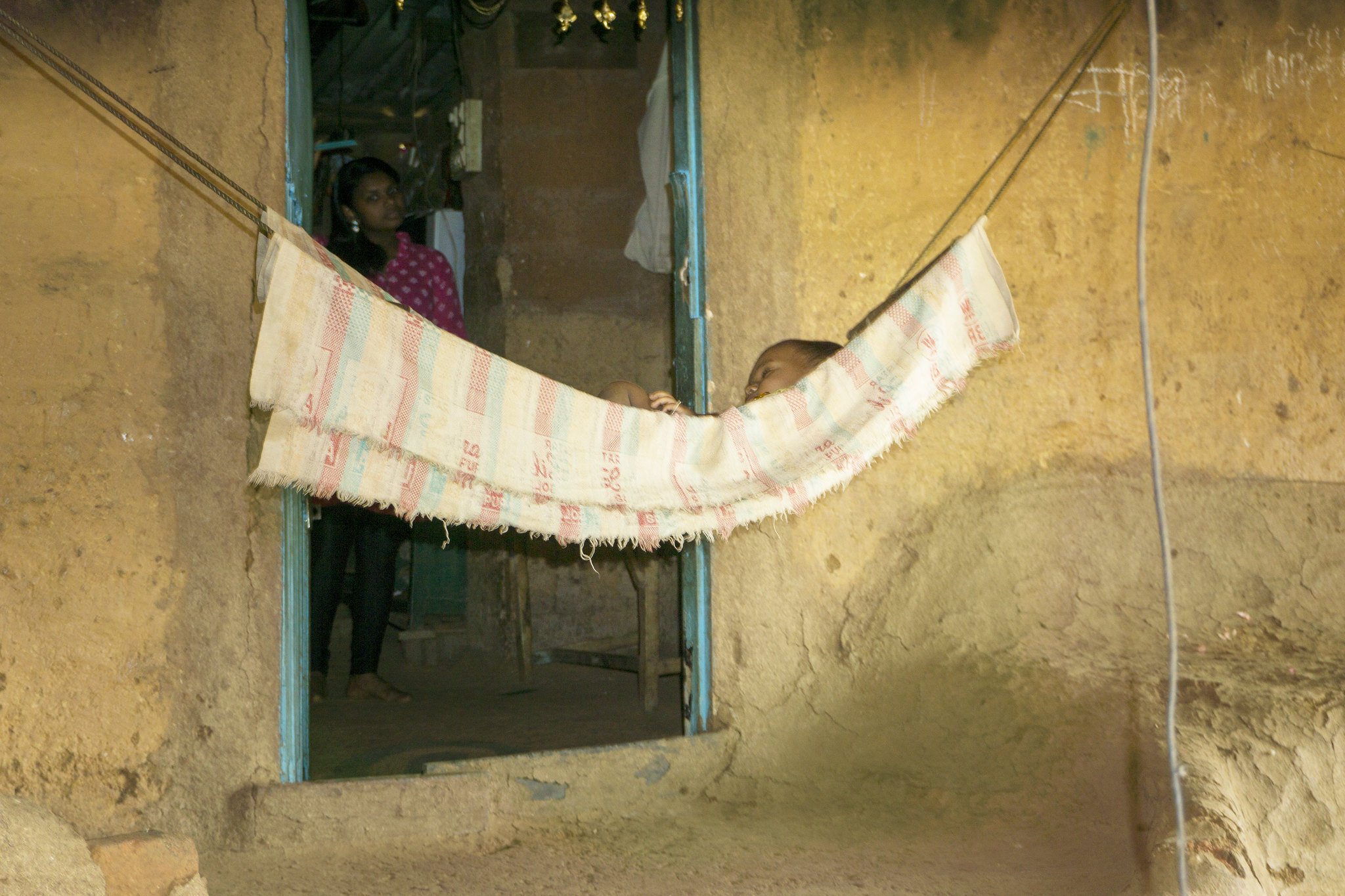

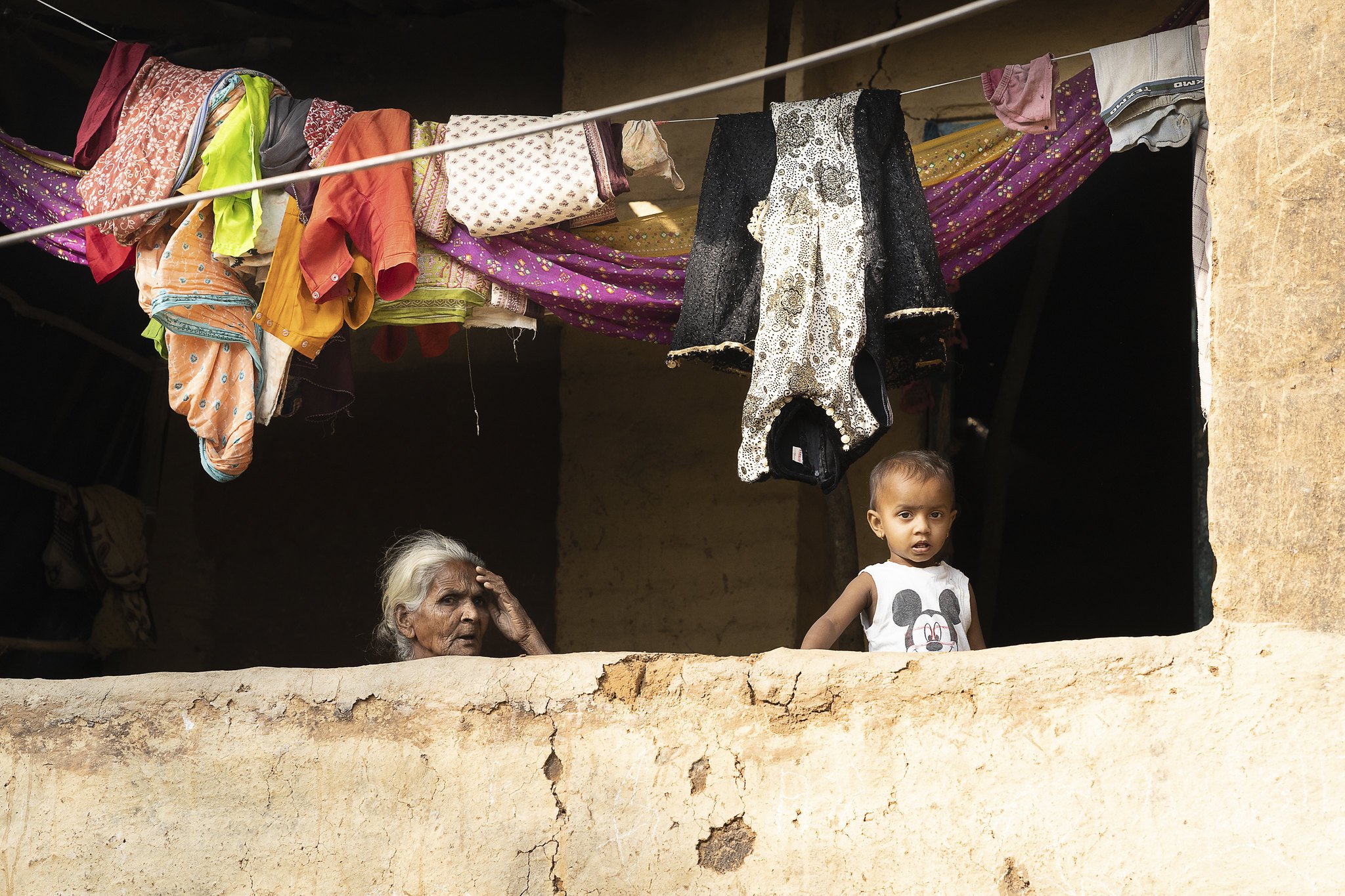
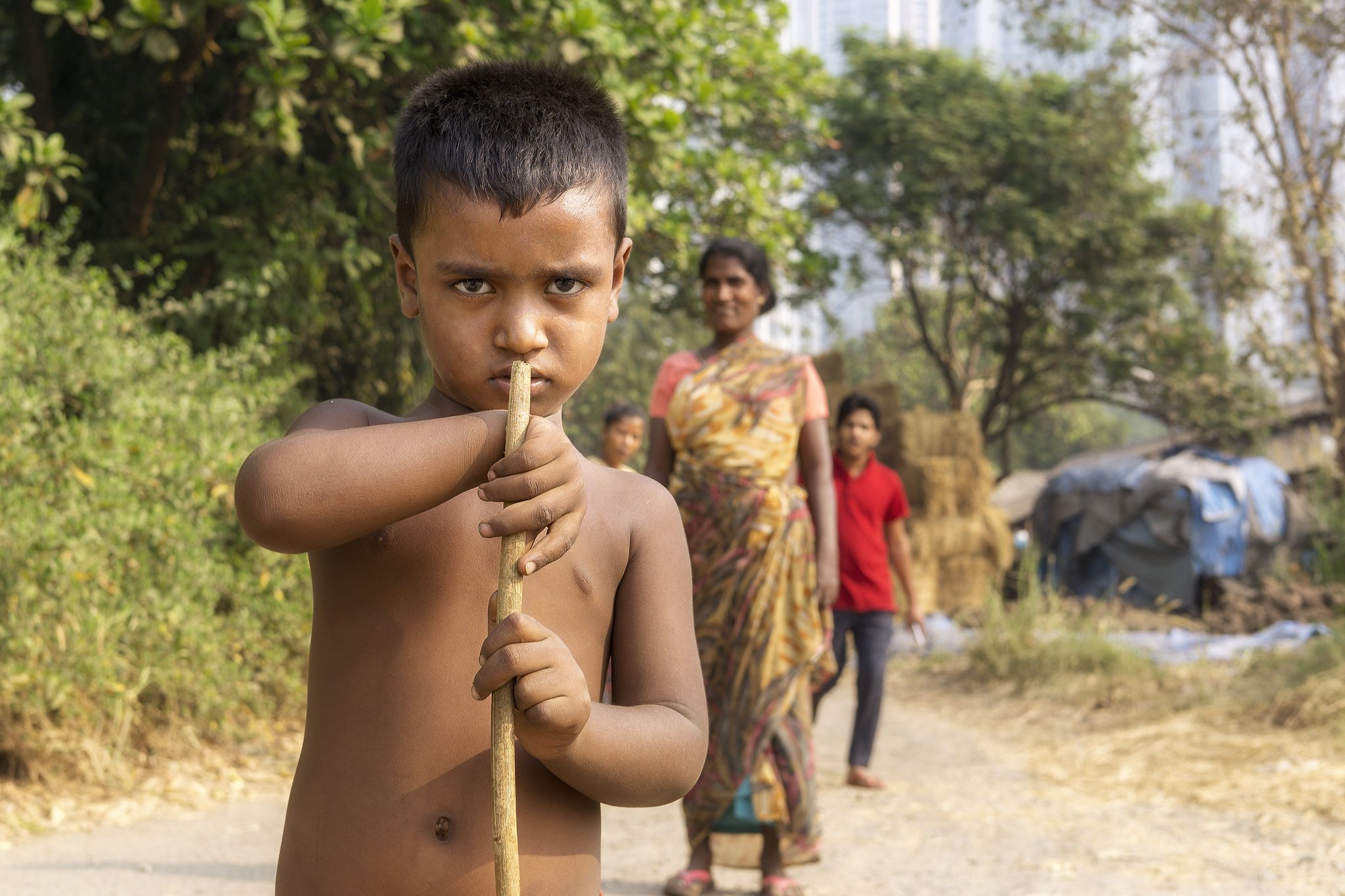
Aarey houses over 20 padas, home to Mumbai's Adivasi communities. These villages are nestled throughout Aarey, often concealed from the main roads. While a few people are aware of these villages, even fewer know their exact locations, myself included. Generally, it's advisable to seek permission before entering these villages for various reasons. Fortunately, I have a contact who has introduced me to several of these villages and allowed me to photograph these places, which seem almost ancient. In many of them, electricity is still regarded as a luxury, not enjoyed by all residents.
Bandra West
Brief
Bandra West, or just simply Bandra, was the first neighborhood I lived in when I moved to Mumbai. It’s an upscale location in general but does have some great photo opportunities if you know where to look.
Overview
I hold two perspectives on Bandra. On one hand, it appears as a cosmopolitan neighborhood with limited appeal for street photography. On the other hand, Bandra reveals its potential once you discover the right spots. This area presents a striking contrast between wealth and poverty. A short distance from the opulent homes of Bollywood celebrities, you find some of Mumbai’s poorest residents eking out a meager existence along the rat-infested shoreline near Bandstand, a popular pedestrian area. This stark divide makes Bandra a compelling subject for those who know where to look.
Bandstand

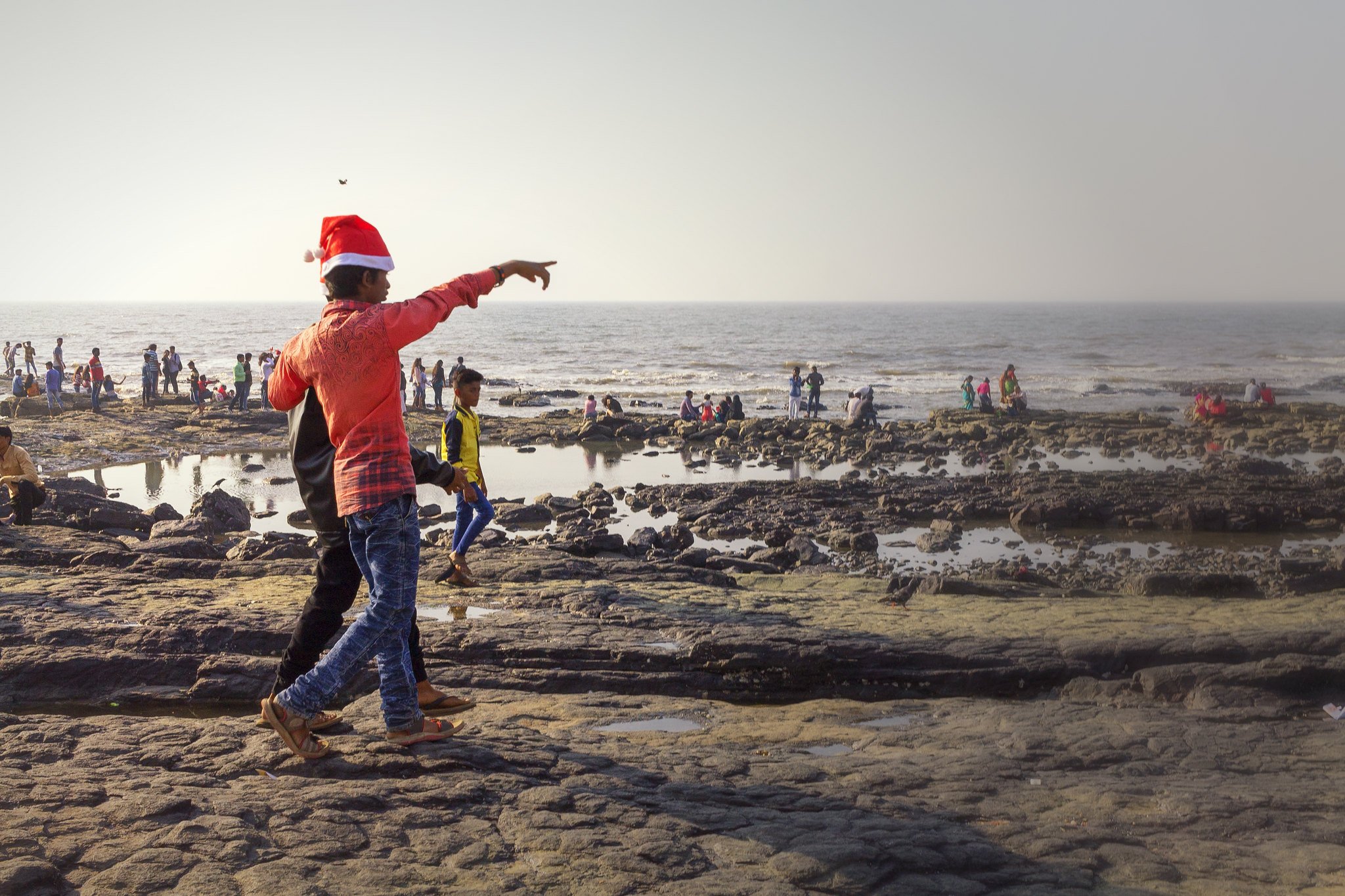
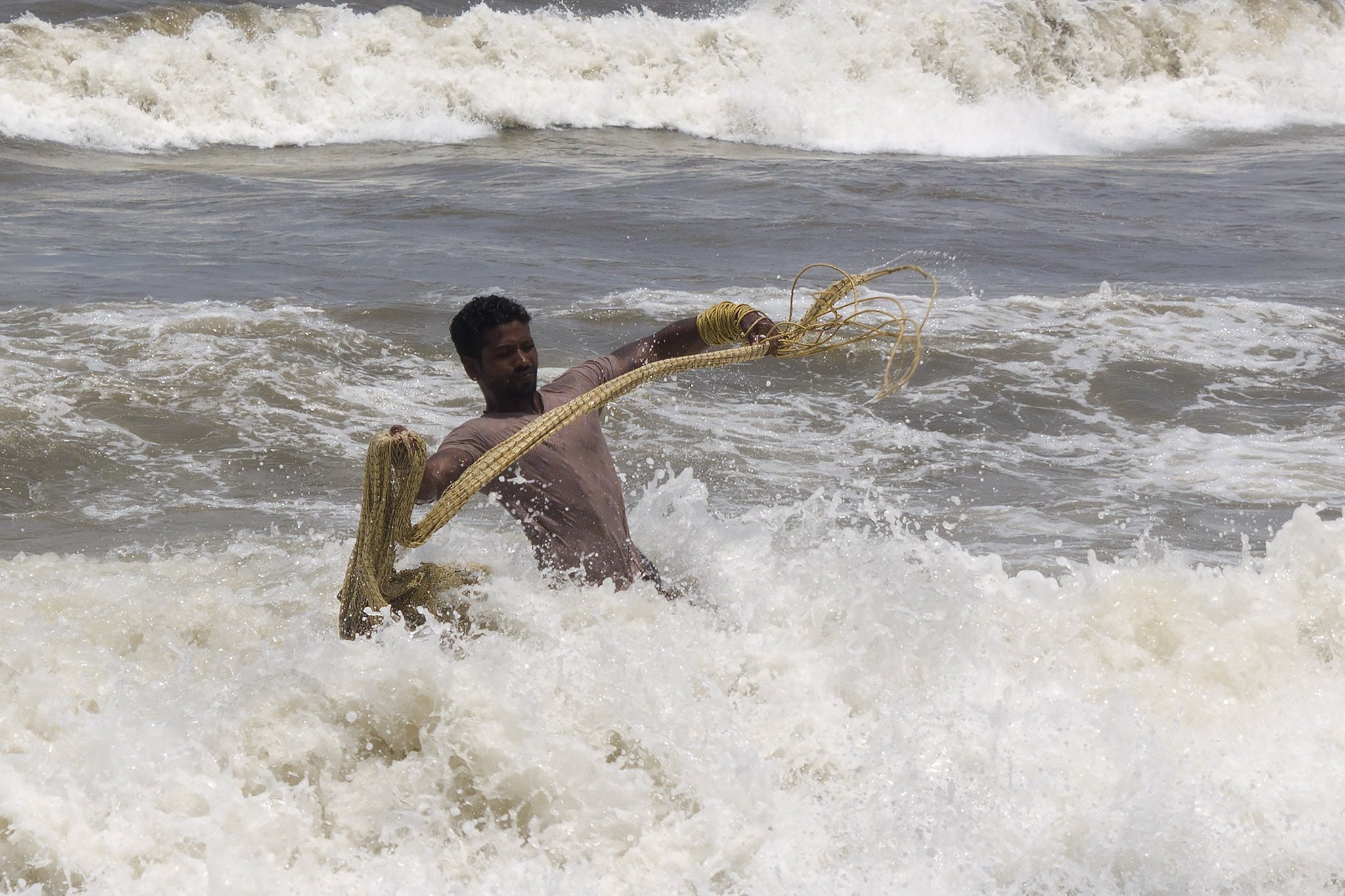
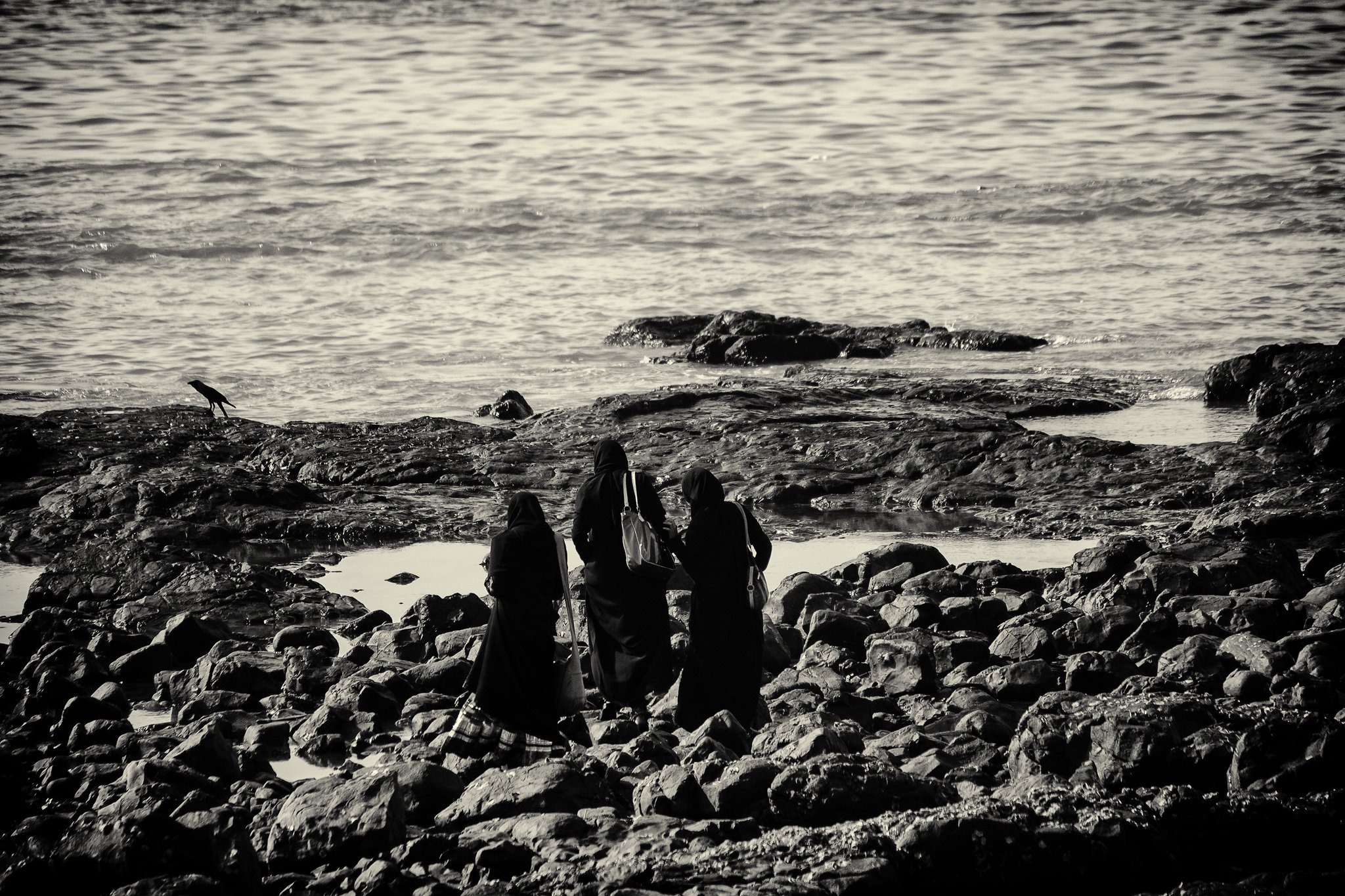
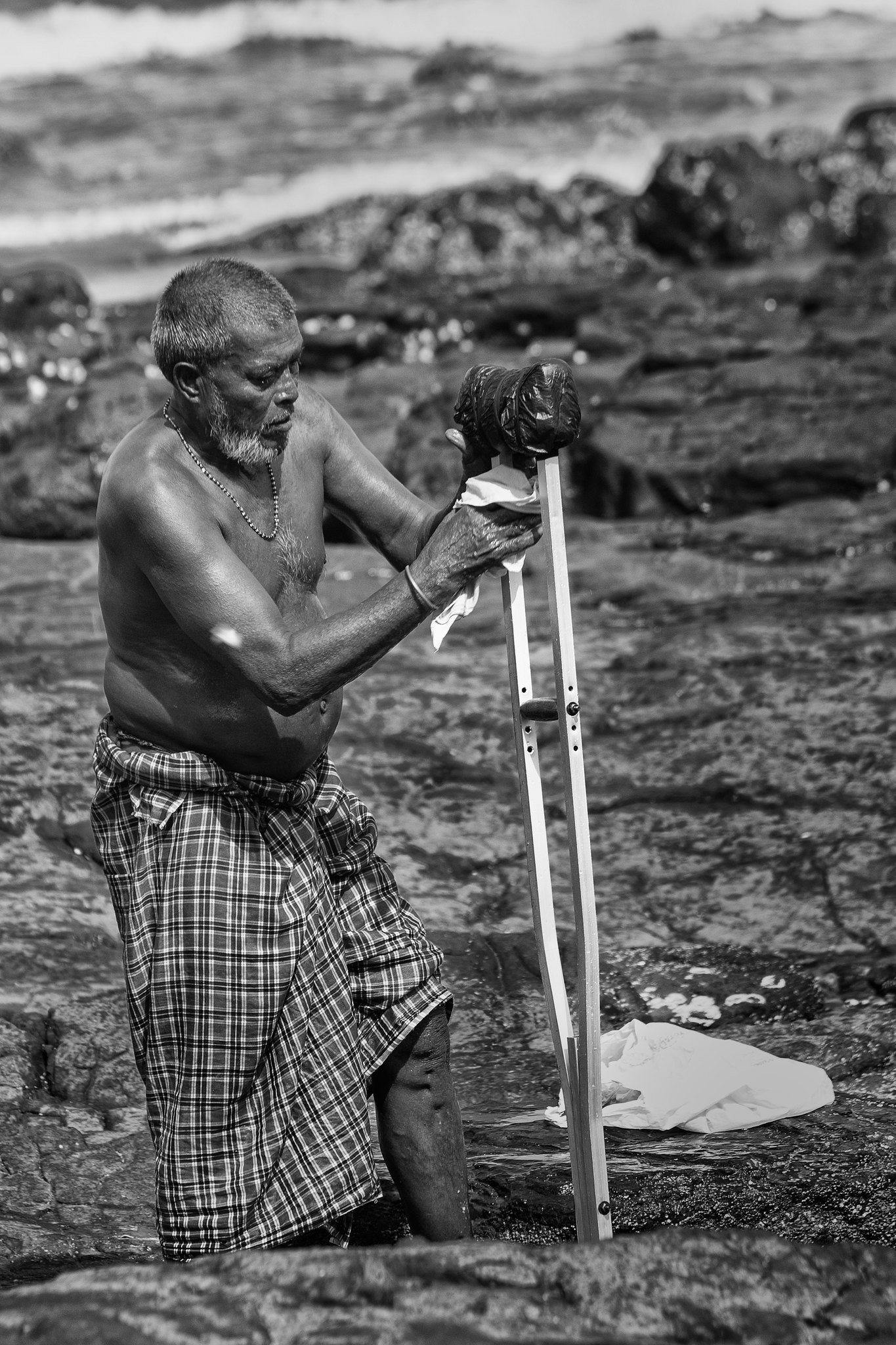
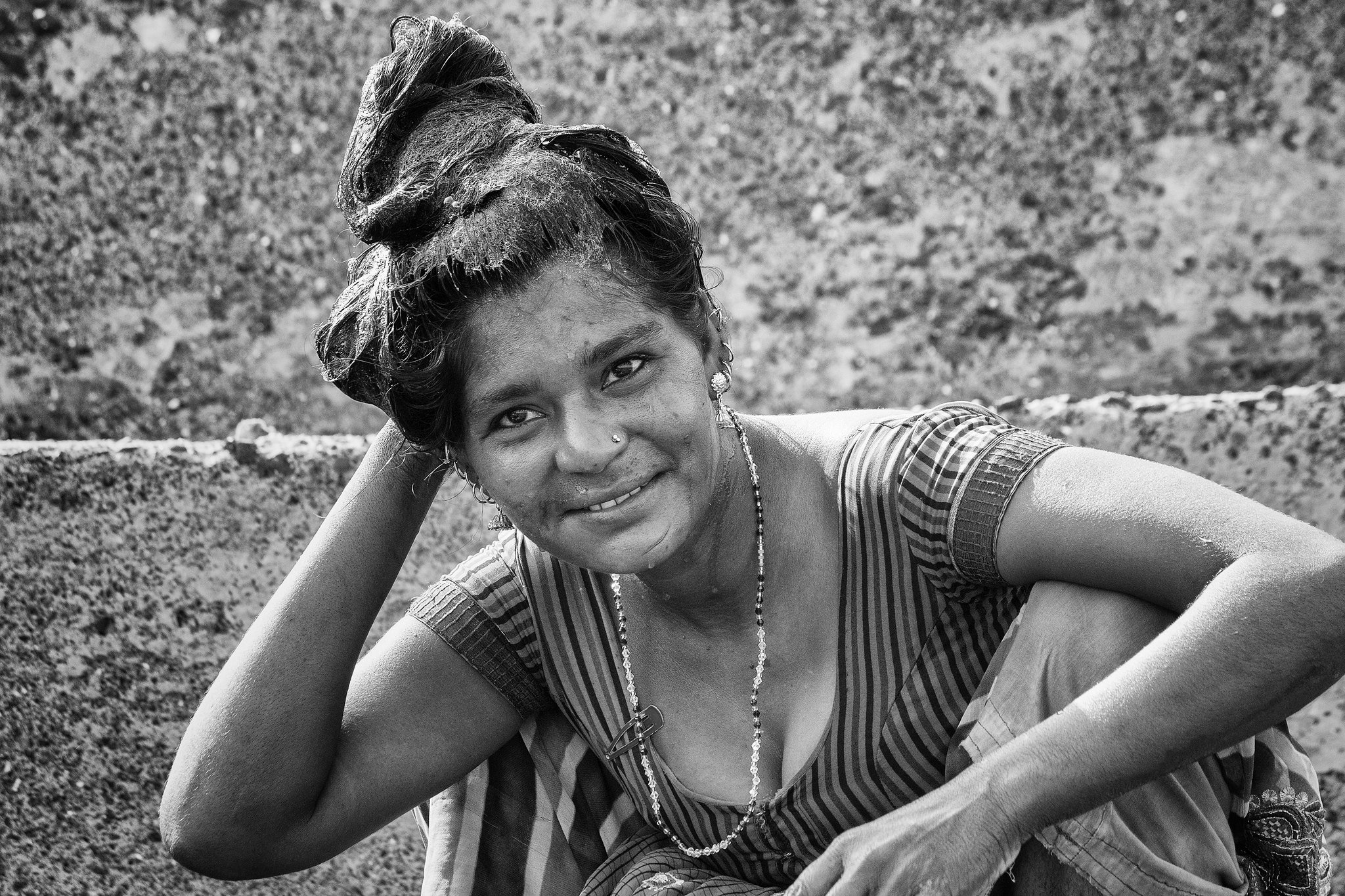
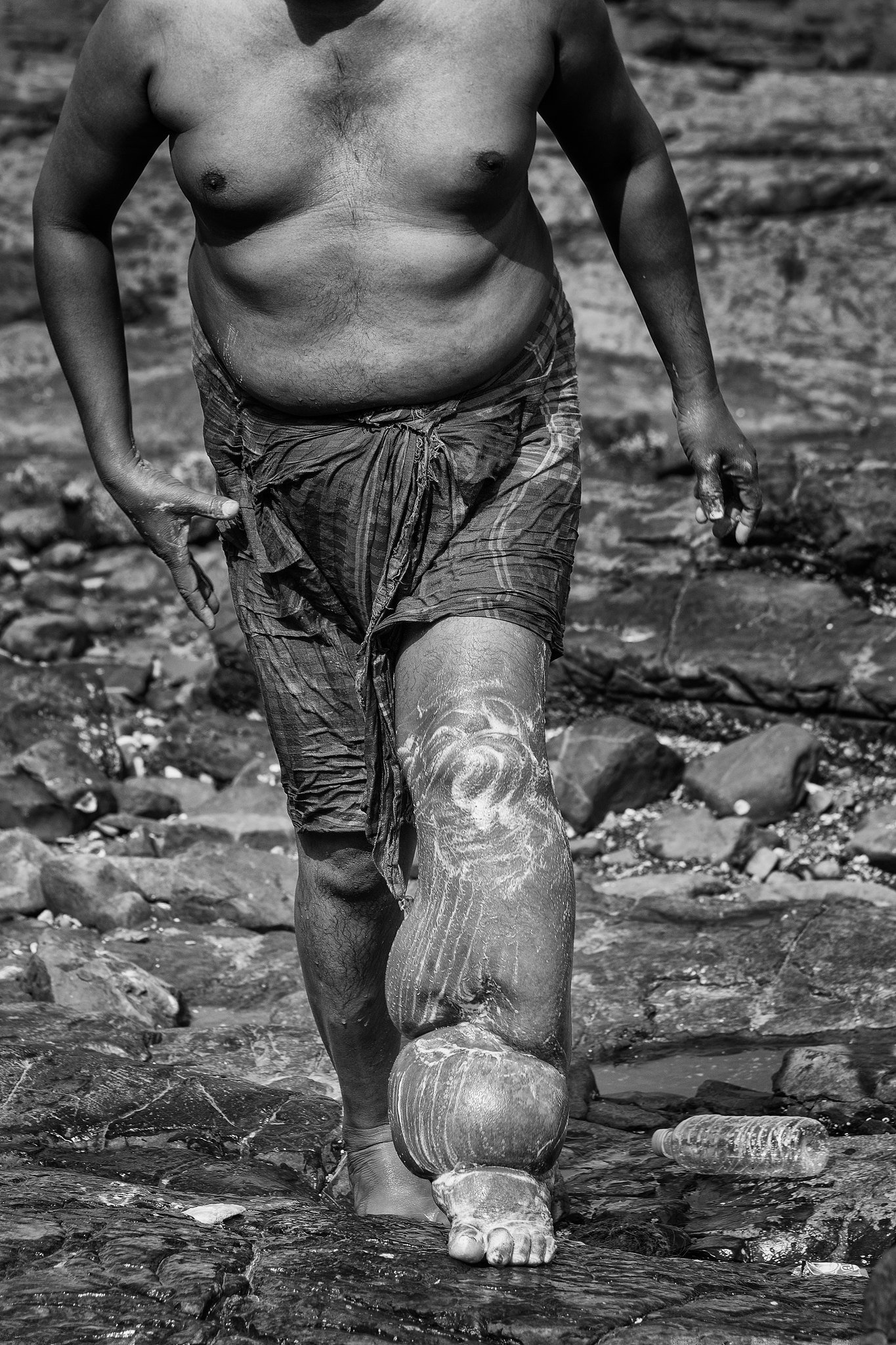
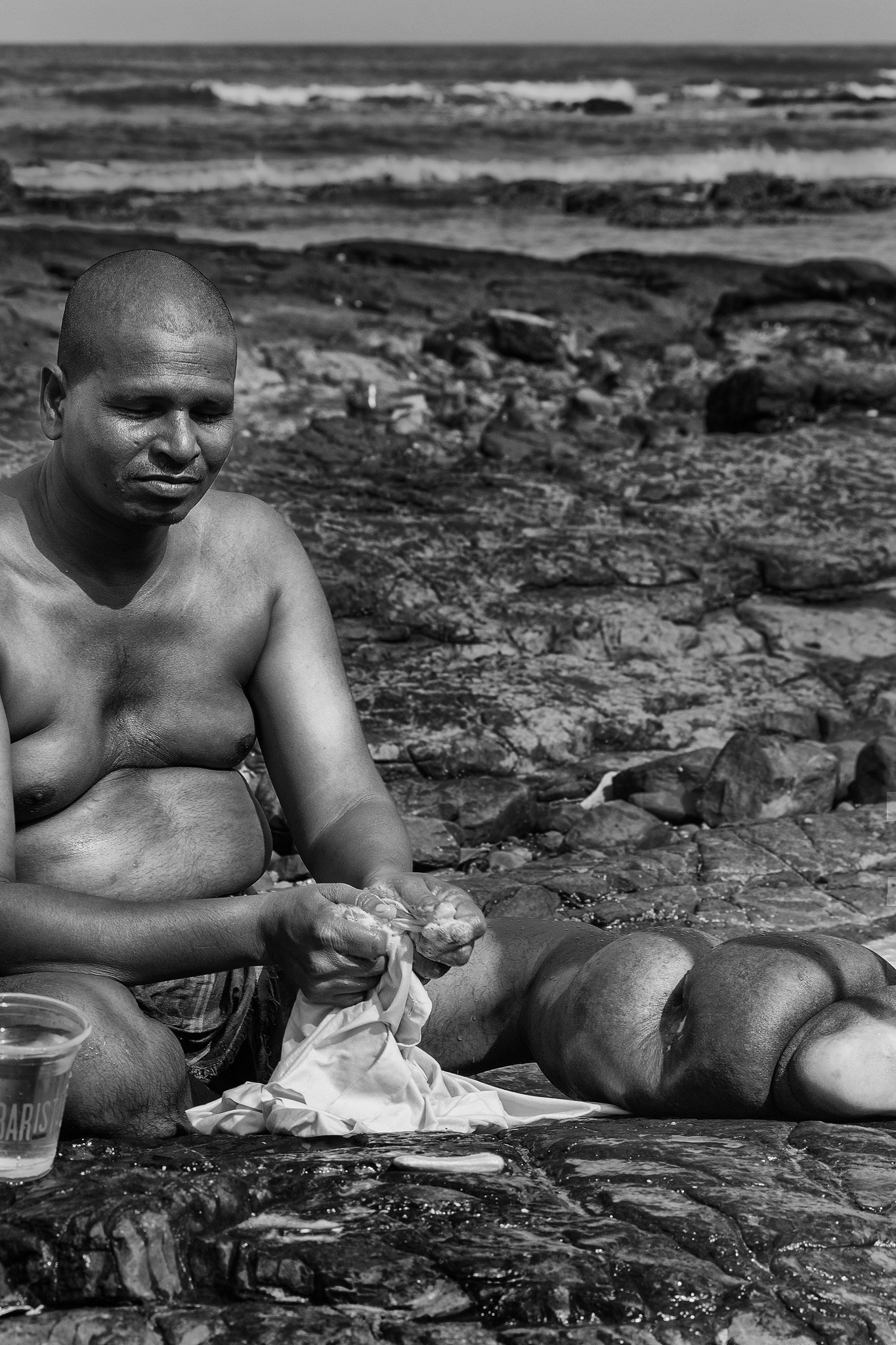

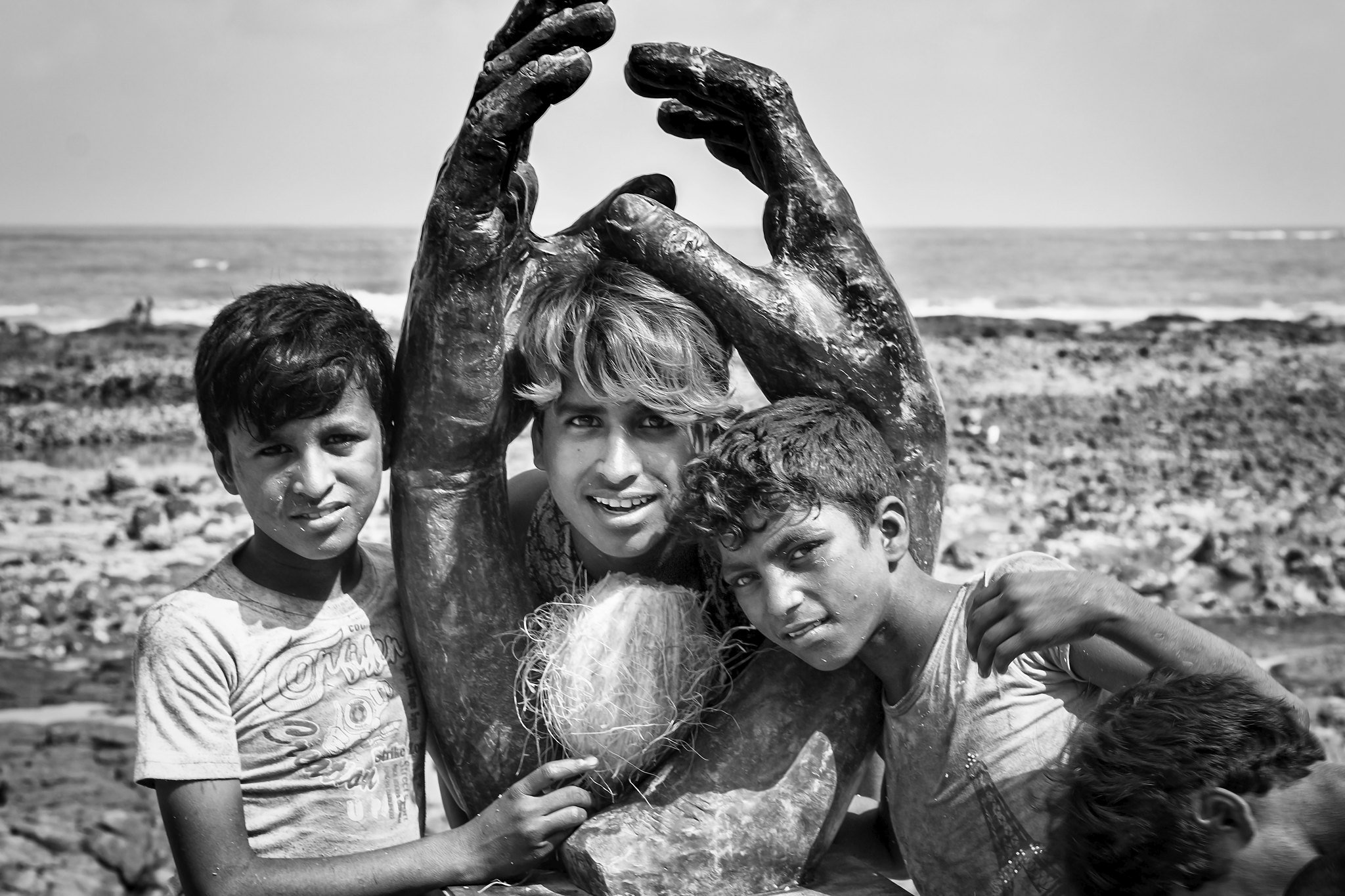
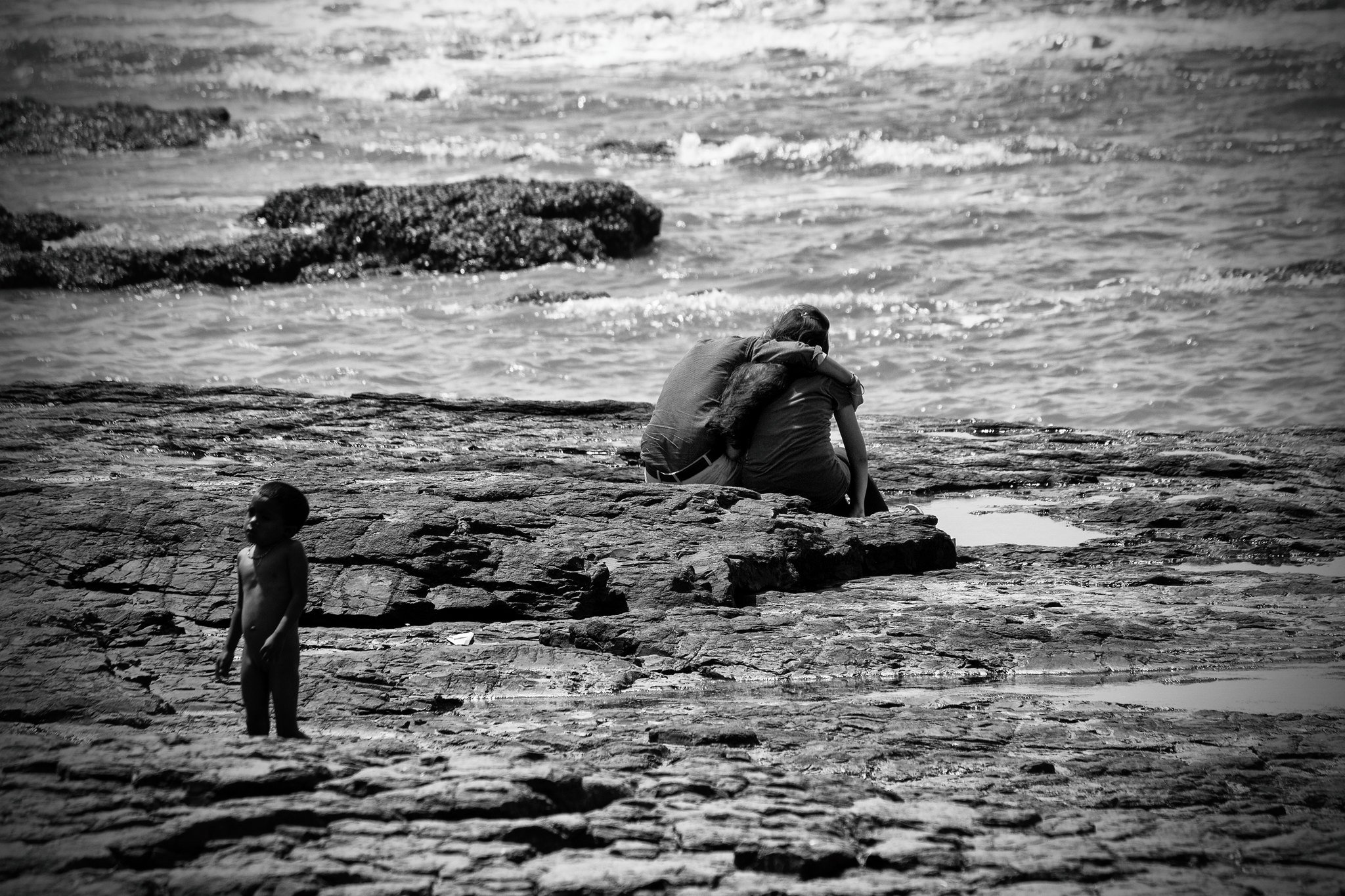

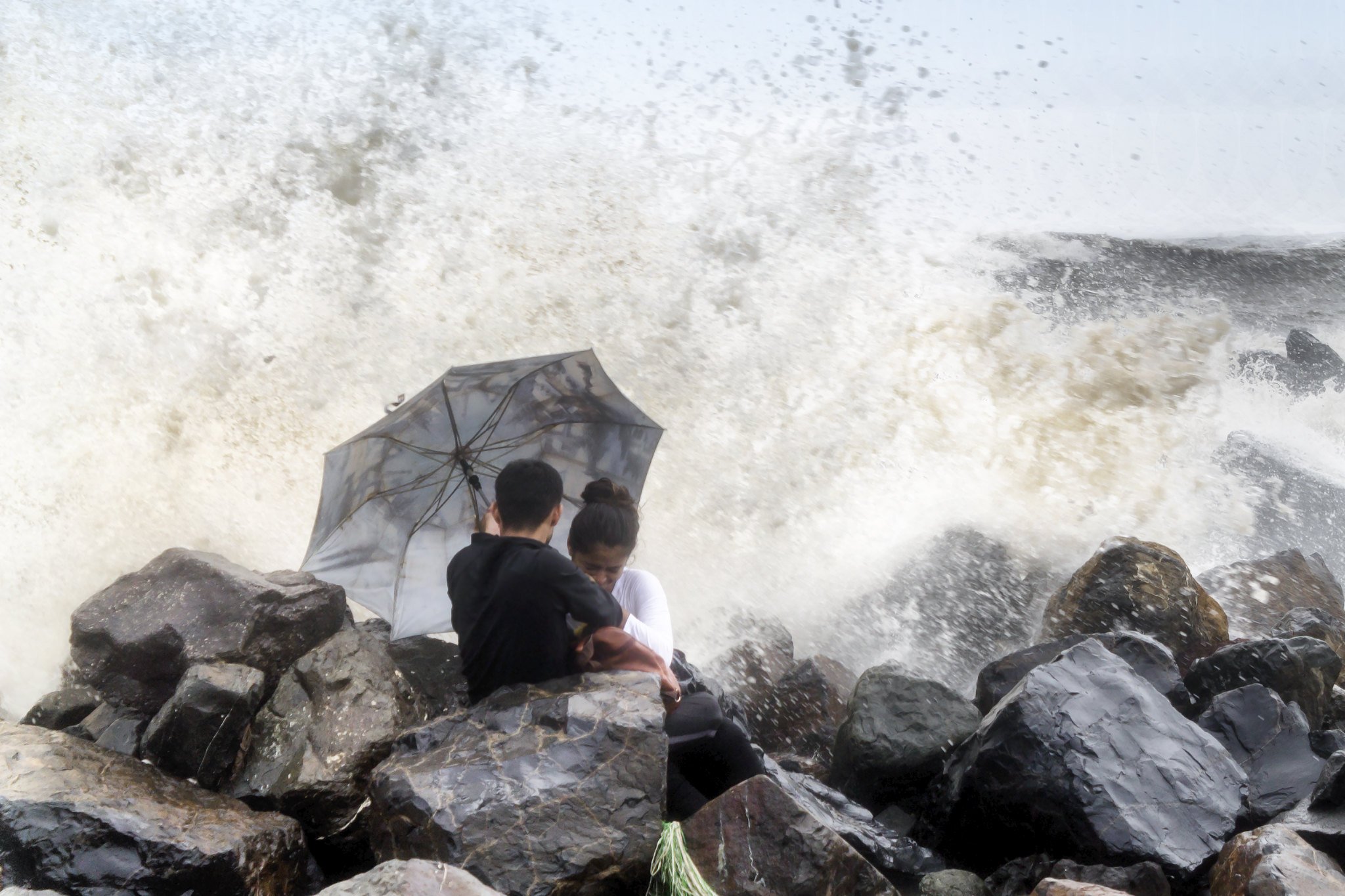
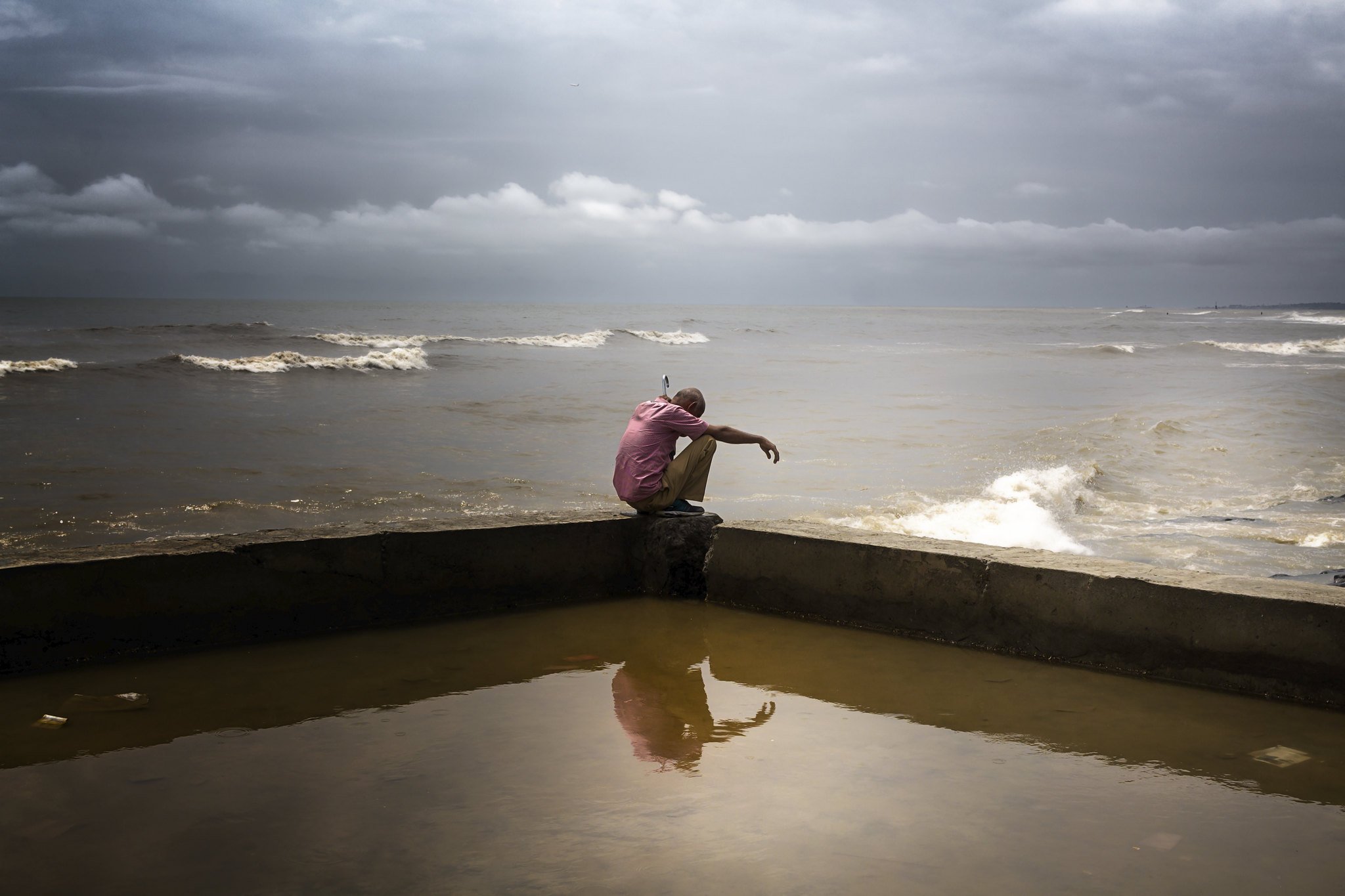
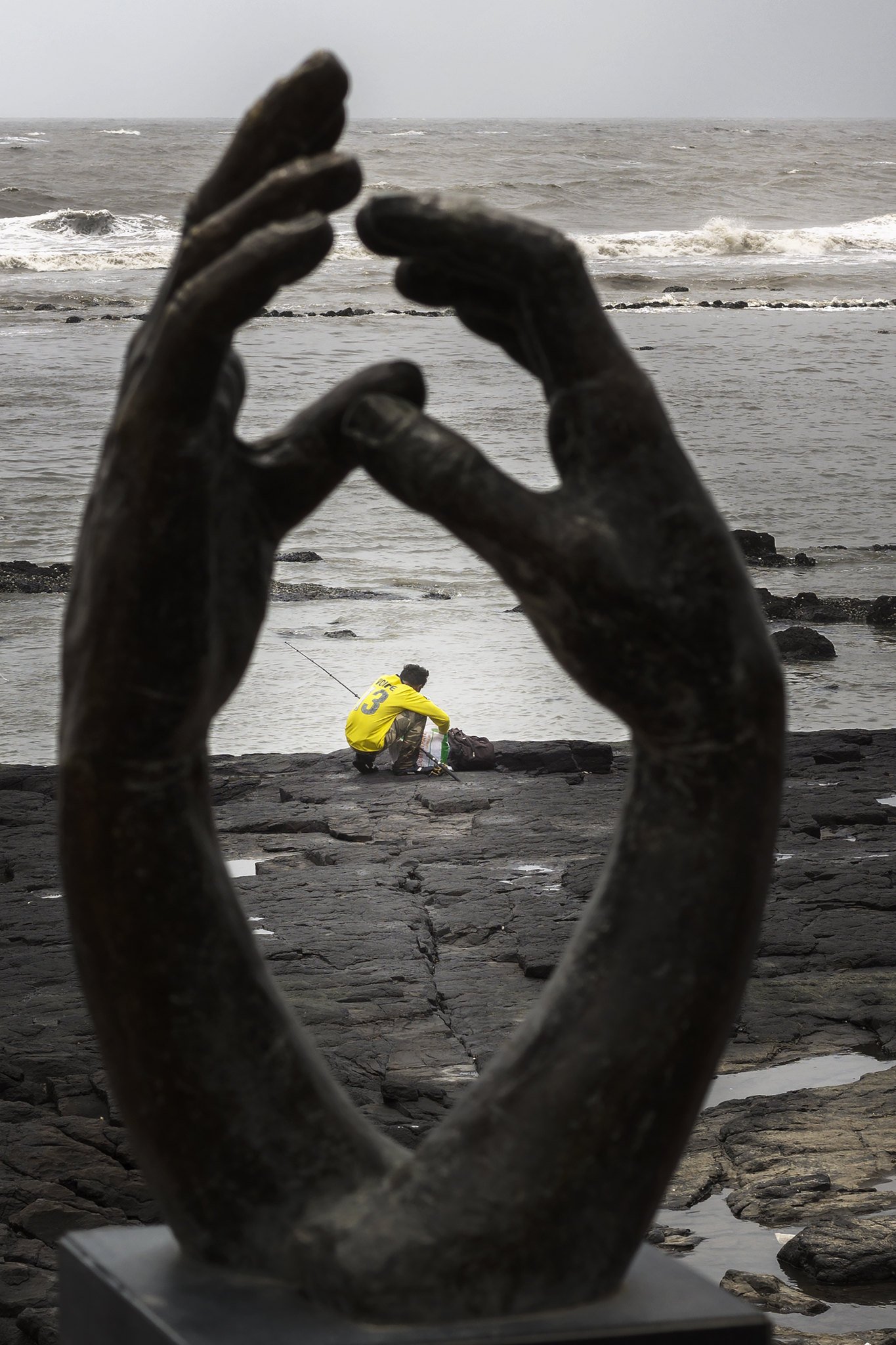
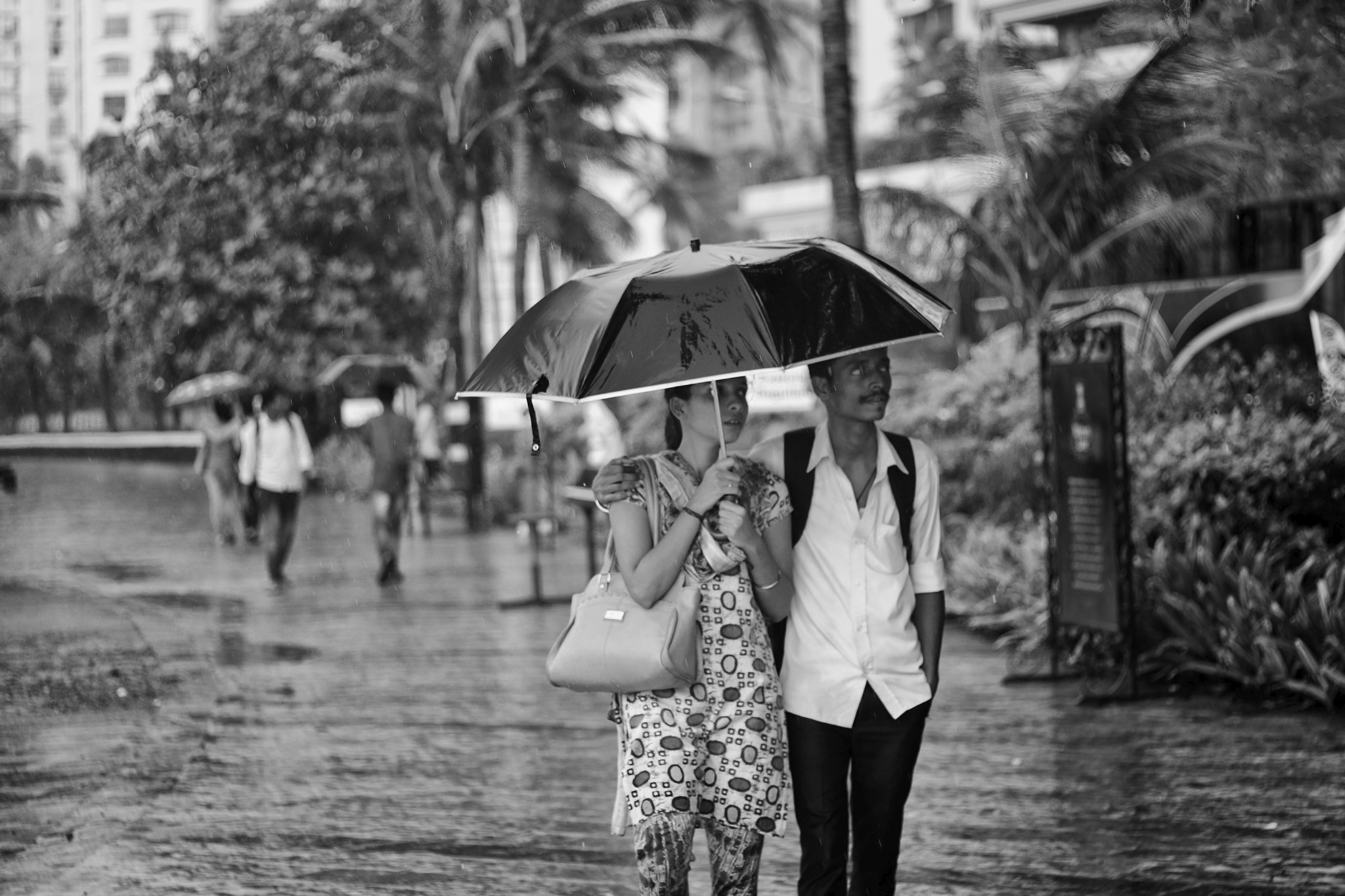
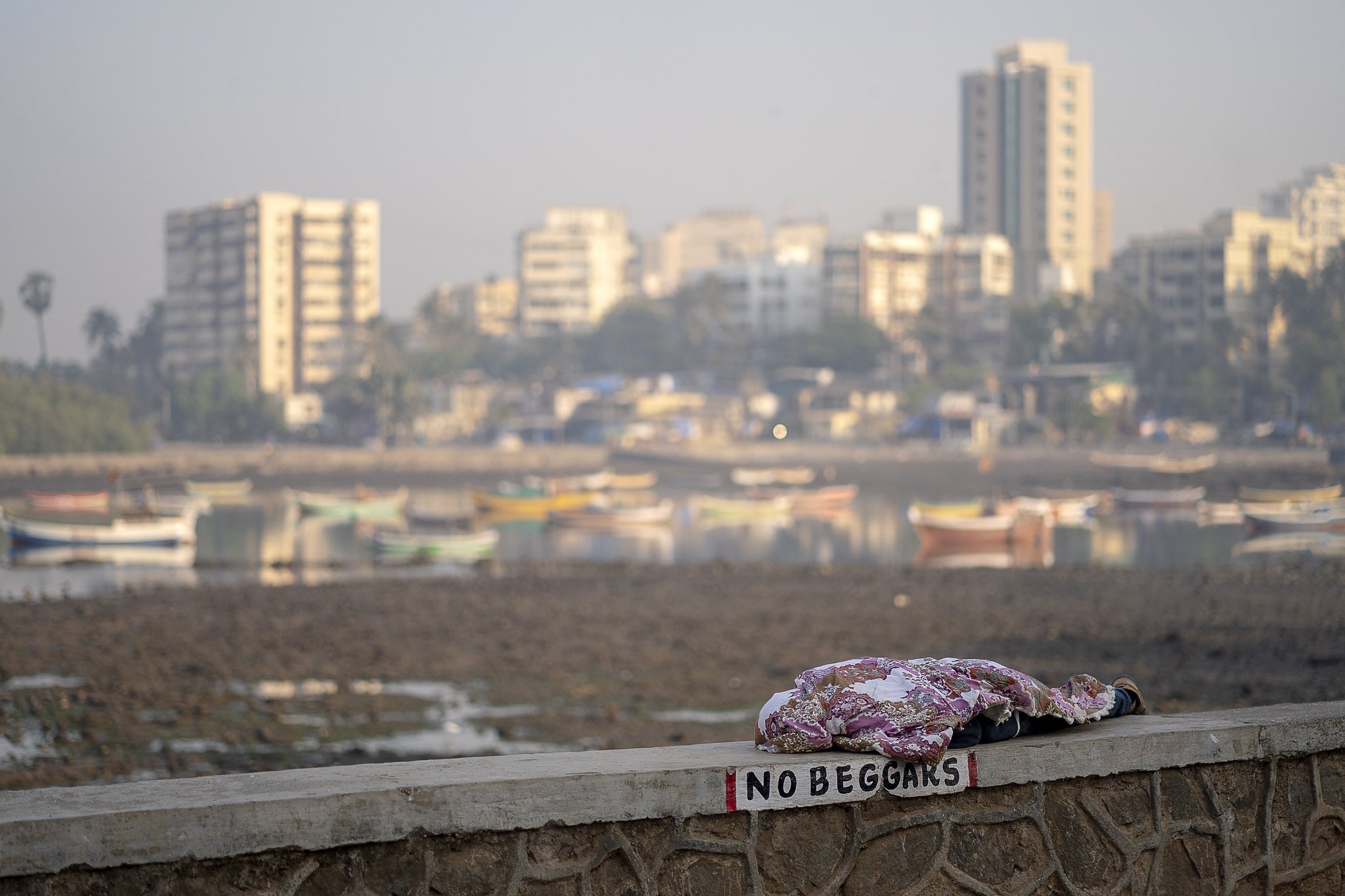
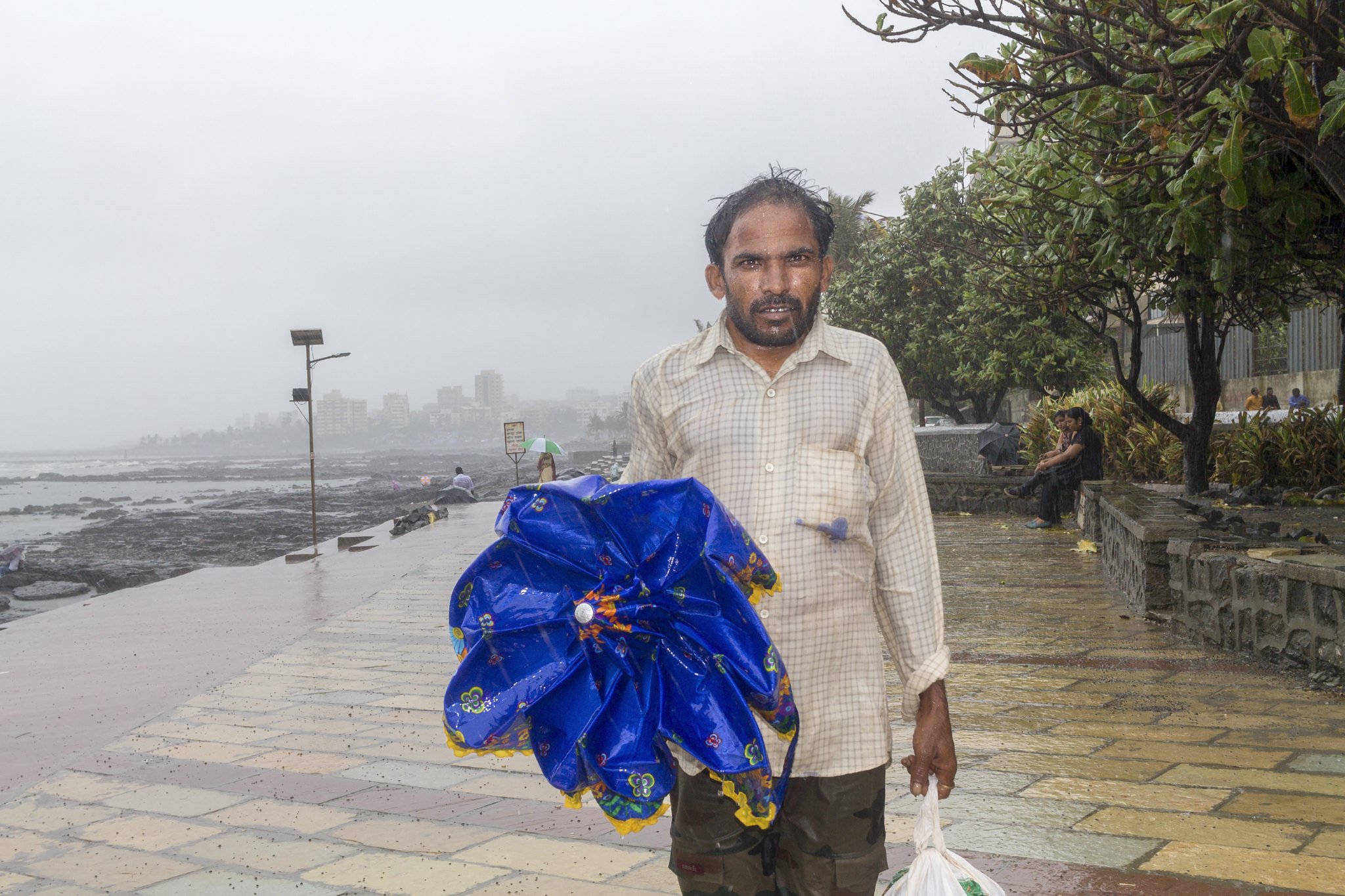

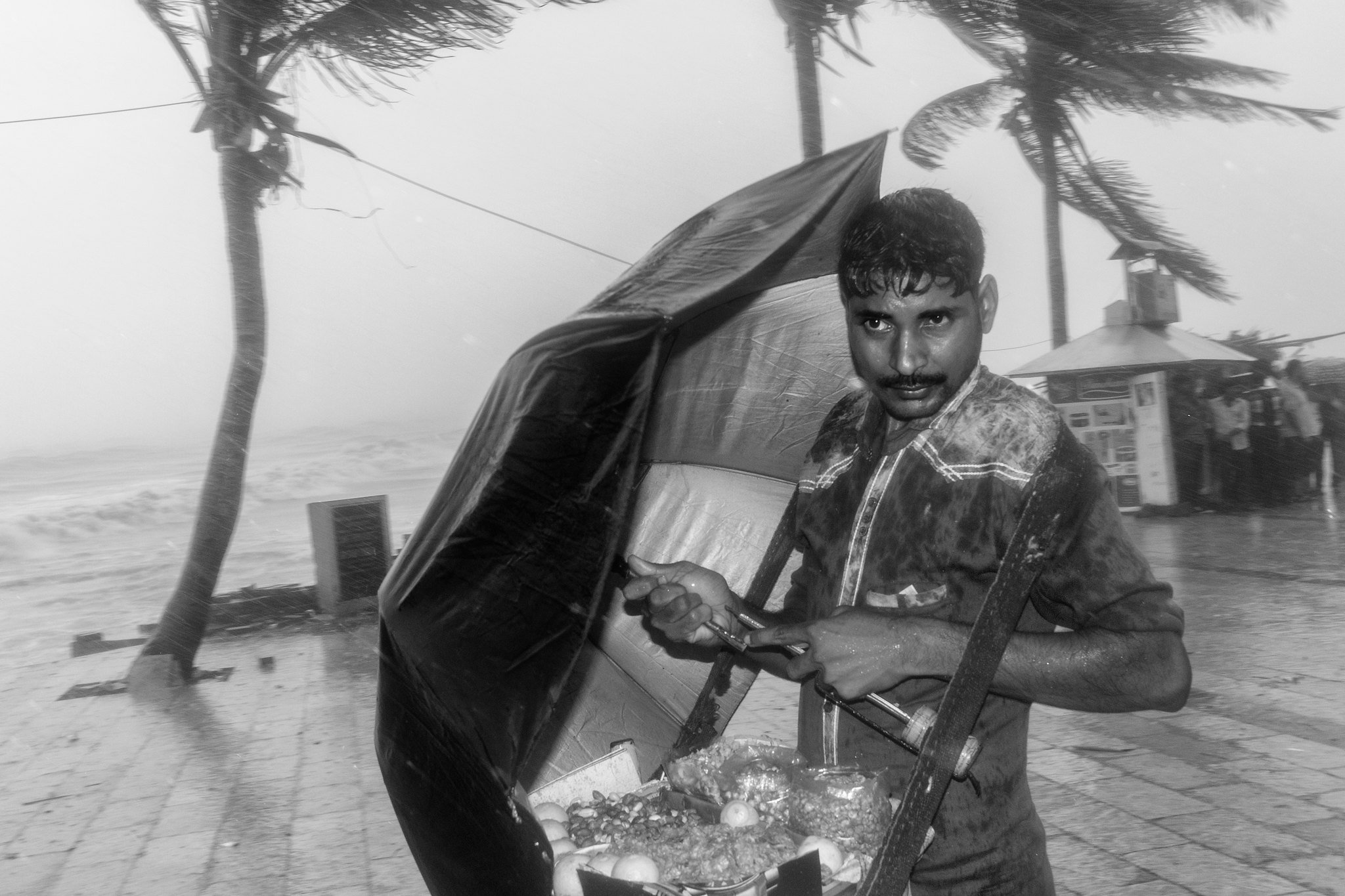
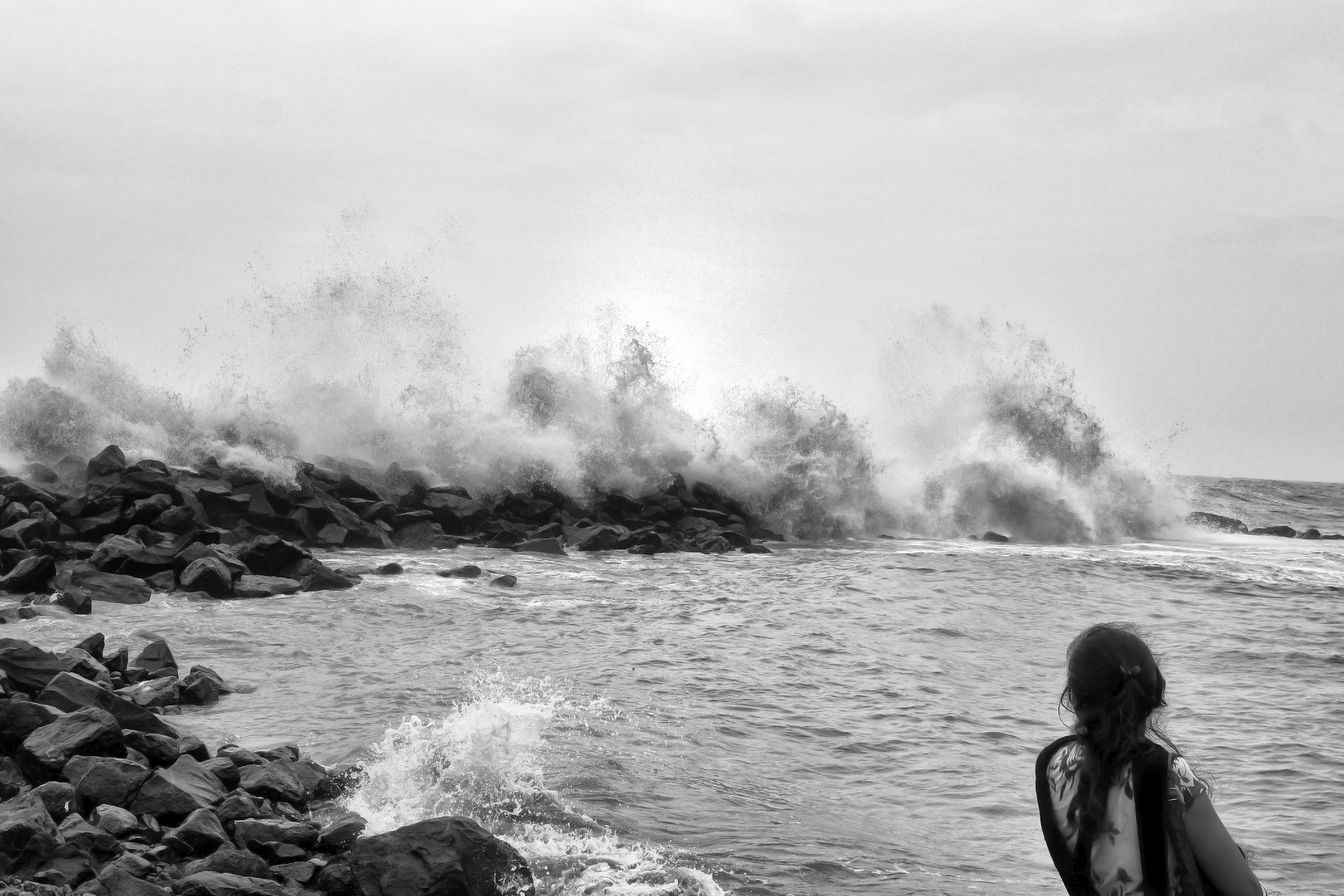

Bandstand is ideally visited during the early morning hours or just before sunset. Like many other spots in the city, you'll find locals and early risers making up most of the foot traffic along the 1.2-kilometer Bandstand Promenade. Some of the more intriguing sights are down on the rocks along the shoreline. Here, besides visitors getting close to the water, you'll see some of Mumbai's poorest residents who have made these spaces their temporary homes for basic activities like bathing and laundry. For a more dynamic experience, visit Bandstand during the monsoon season. Despite the weather, the promenade still draws plenty of visitors, adding the dramatic sight of people battling the wind and rain with their umbrellas.
Bandra Fort
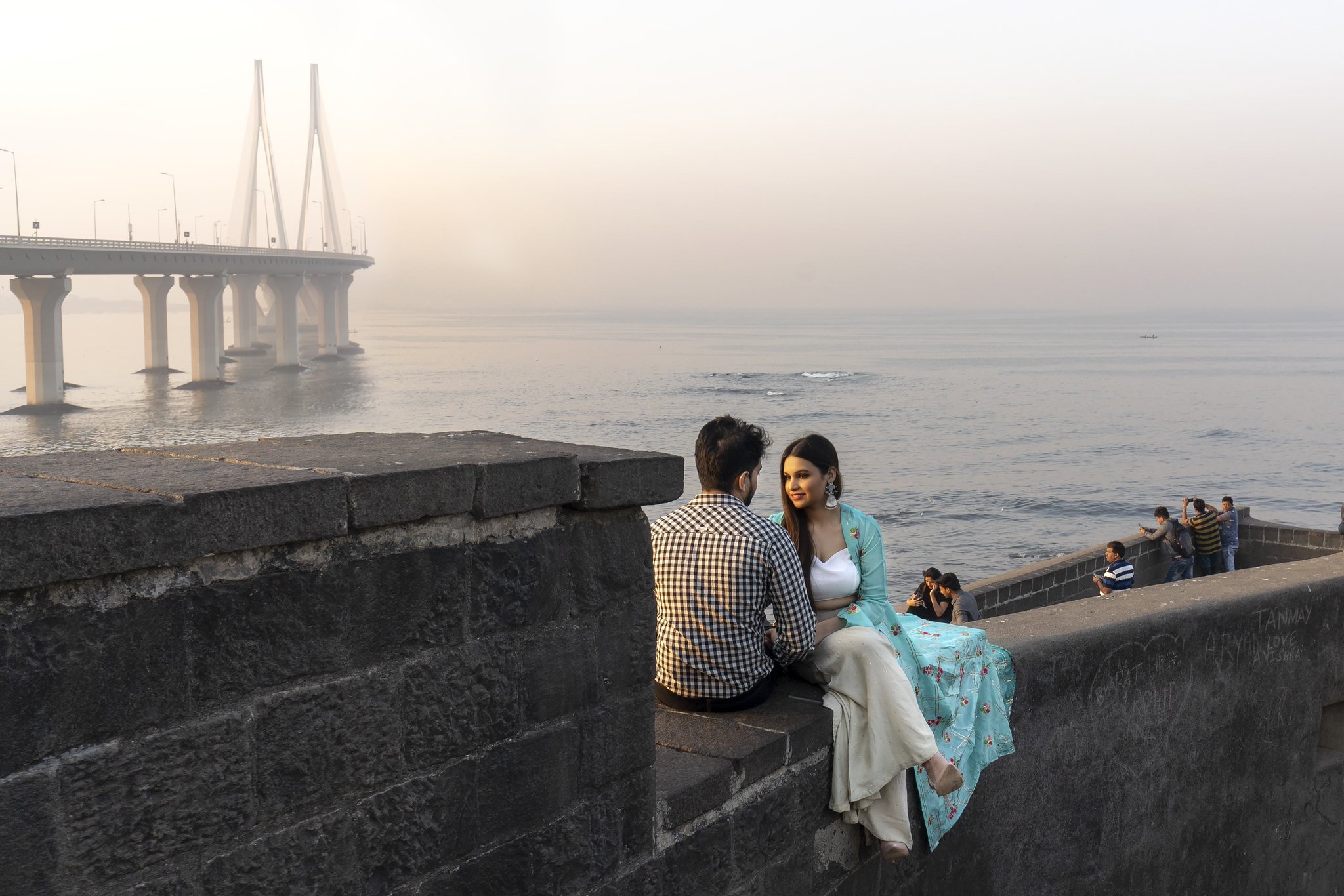


Bandra Fort is a major attraction for visitors in Bandra. Located north of the majestic Sea Link, it offers spectacular views of the bridge and the distant Worli skyline. In the morning, it's common to see photographers engaged in pre-wedding shoots and other photographic activities. If you're aiming to capture a younger crowd in your street photography, Bandra Fort is ideal throughout the day. It's a popular hangout spot, and the nearby "lover’s park" is a well-known rendezvous point for teens and young adults seeking a bit of privacy in a public space.
Carter Road
Carter Road is akin to the lesser-known side of the Bandstand Promenade. Although it sees a decent amount of pedestrian traffic in the mornings and evenings, it generally doesn't hold as much appeal for me in terms of street photography. However, the potential for good shots depends on what you're looking for. Mumbai offers photographic opportunities everywhere, so if Carter Road's backdrop fits your needs, it's certainly worth exploring while you're in the area.
Chimbai Village
Chimbai is one of the many Koli communities nestled along Mumbai's coastline. It's well worth a visit, especially if you're already near Bandstand or Carter Road, as it lies between the two. You can venture down one of the passageways to the small harbor where several families have lived beside the sea for generations, braving the monsoon tidal surges annually. Additionally, some of the older residents speak English, which is helpful if you're visiting from out of town.
Ranwar
Ranwar is an interesting stretch of historic Mumbai very much worthy of exploration for street photography. If you like markets and a mix of religious communities together in one stretch of road, this is the place.
Talao
Bandra Talao offers a unique setting for street photography, with its lake providing a picturesque backdrop and an abundance of pigeons adding life to the scene. The area has been undergoing renovations for a while now. Notably, the old skywalk that provided access across the busy street to nearby Ranwar has been removed. Additionally, there's a new pathway encircling the lake. On your visit, you might also encounter some ear cleaners, a fixture in the area for many years, adding a touch of local tradition to the modernizing landscape.
Kadeshwari Slum
The Kadeshwari slum is located just off the Western Express Highway, near the northern end of the Sea Link bridge. This area features colorful homes cascading down the hillside, starkly contrasting with the affluent Taj Lands End nearby. Local sources have mentioned that developers plan to clear the slum for new projects, although these plans seem to have been delayed by the pandemic. I enjoy walking through this area, often accompanied by friends or clients. Interestingly, I rarely take photos here, except for the occasional portrait or when engaging in conversation with the residents.
Beaches
Juhu and Versova Beaches
Juhu Beach
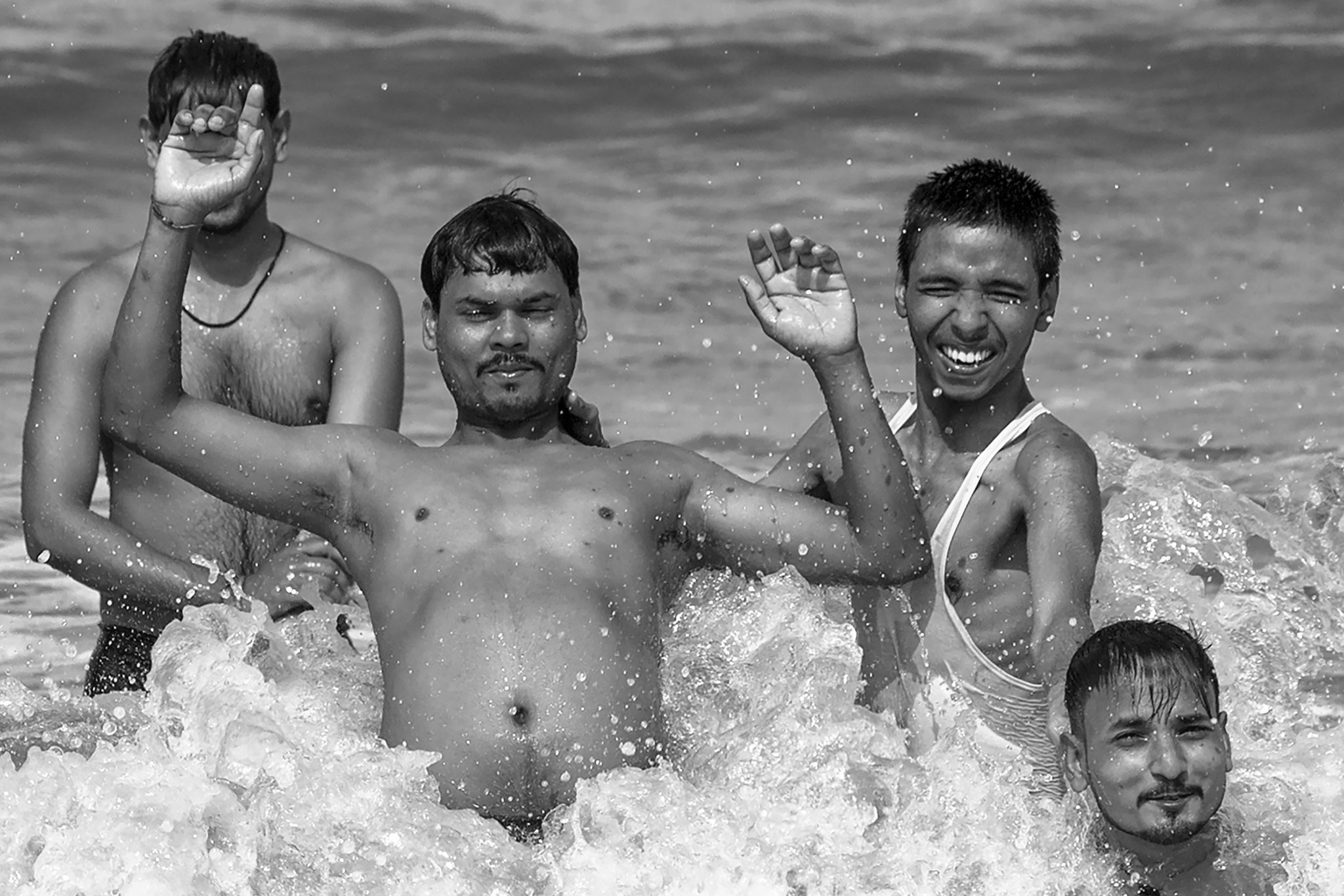
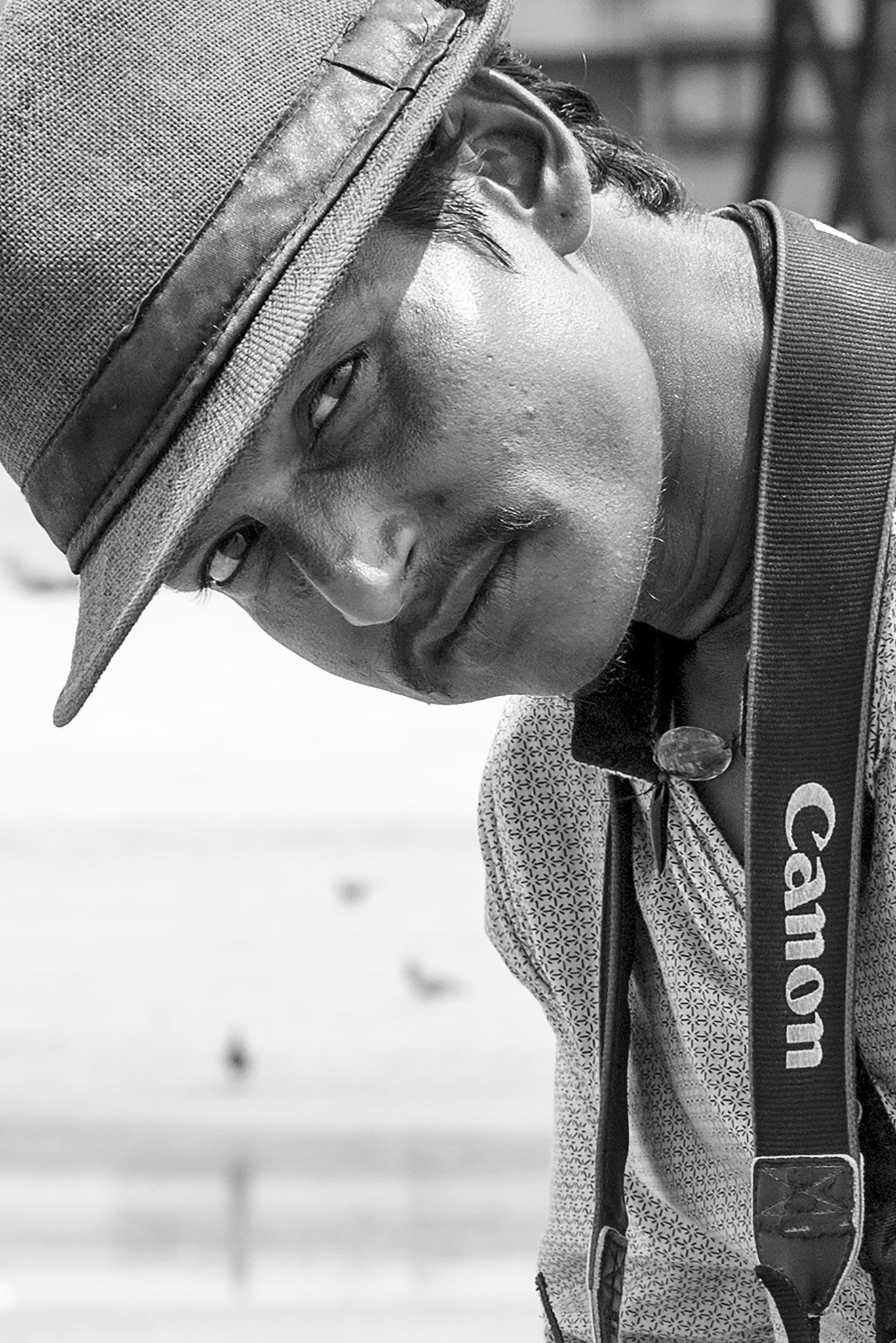
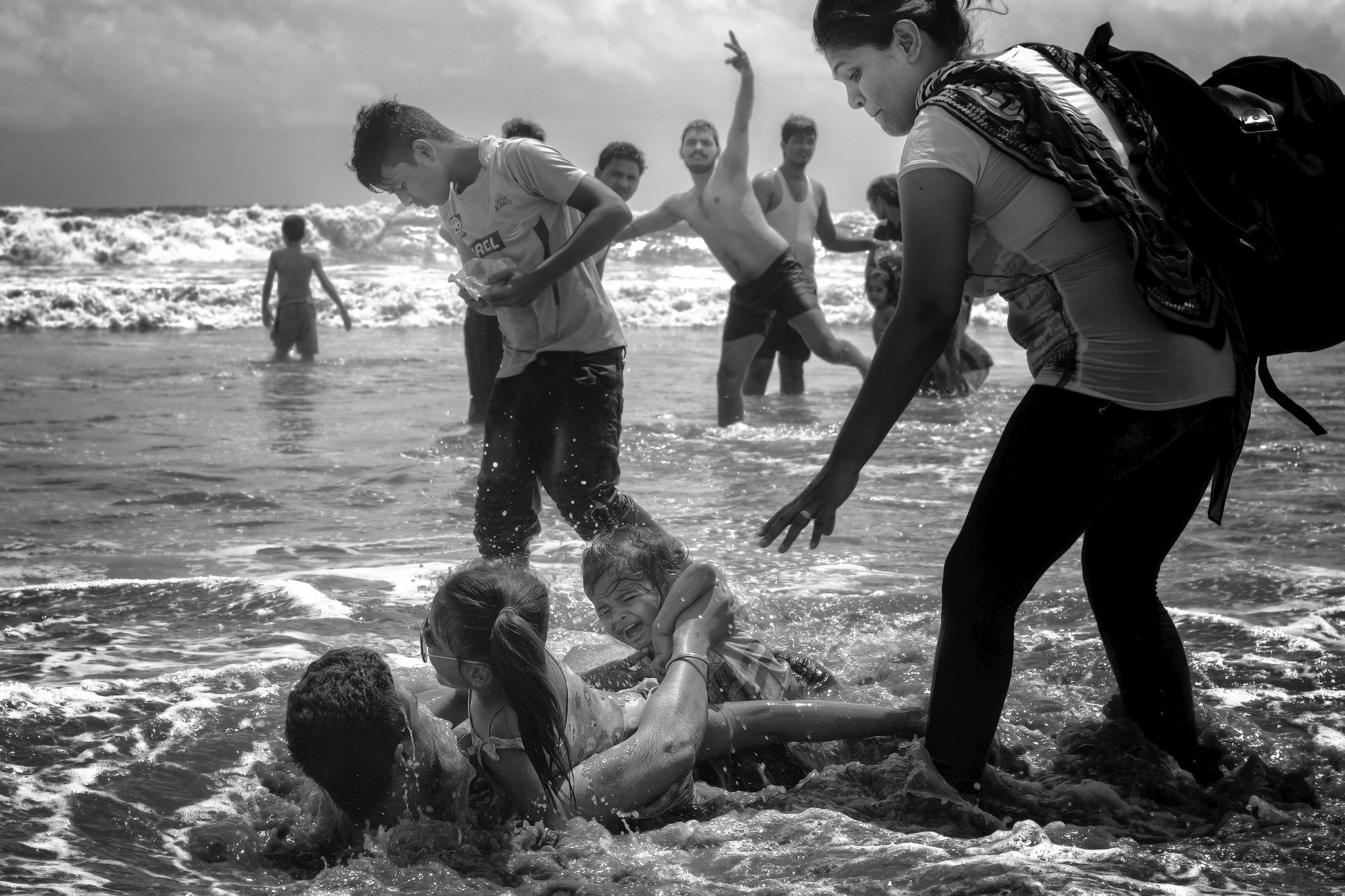

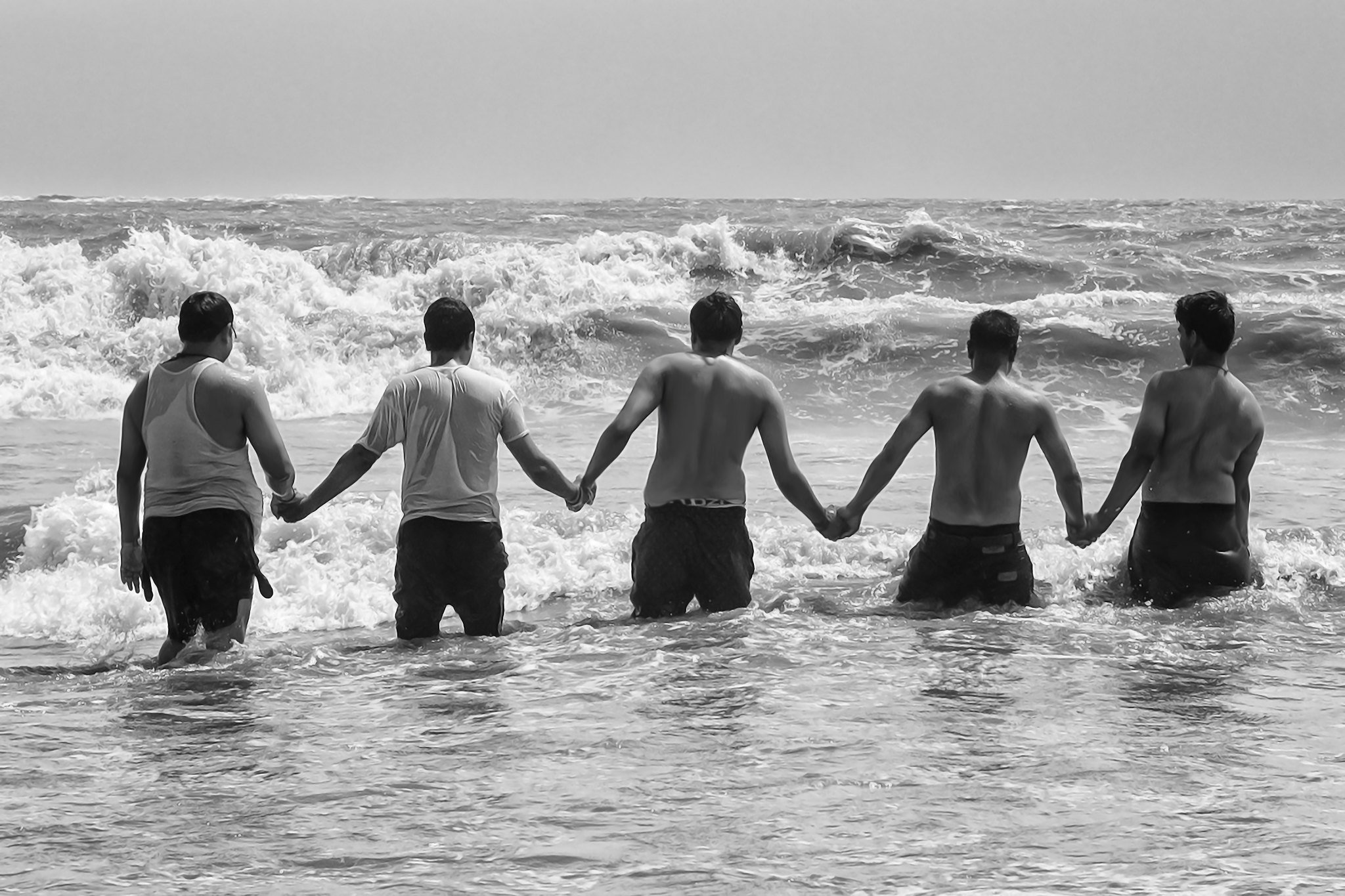
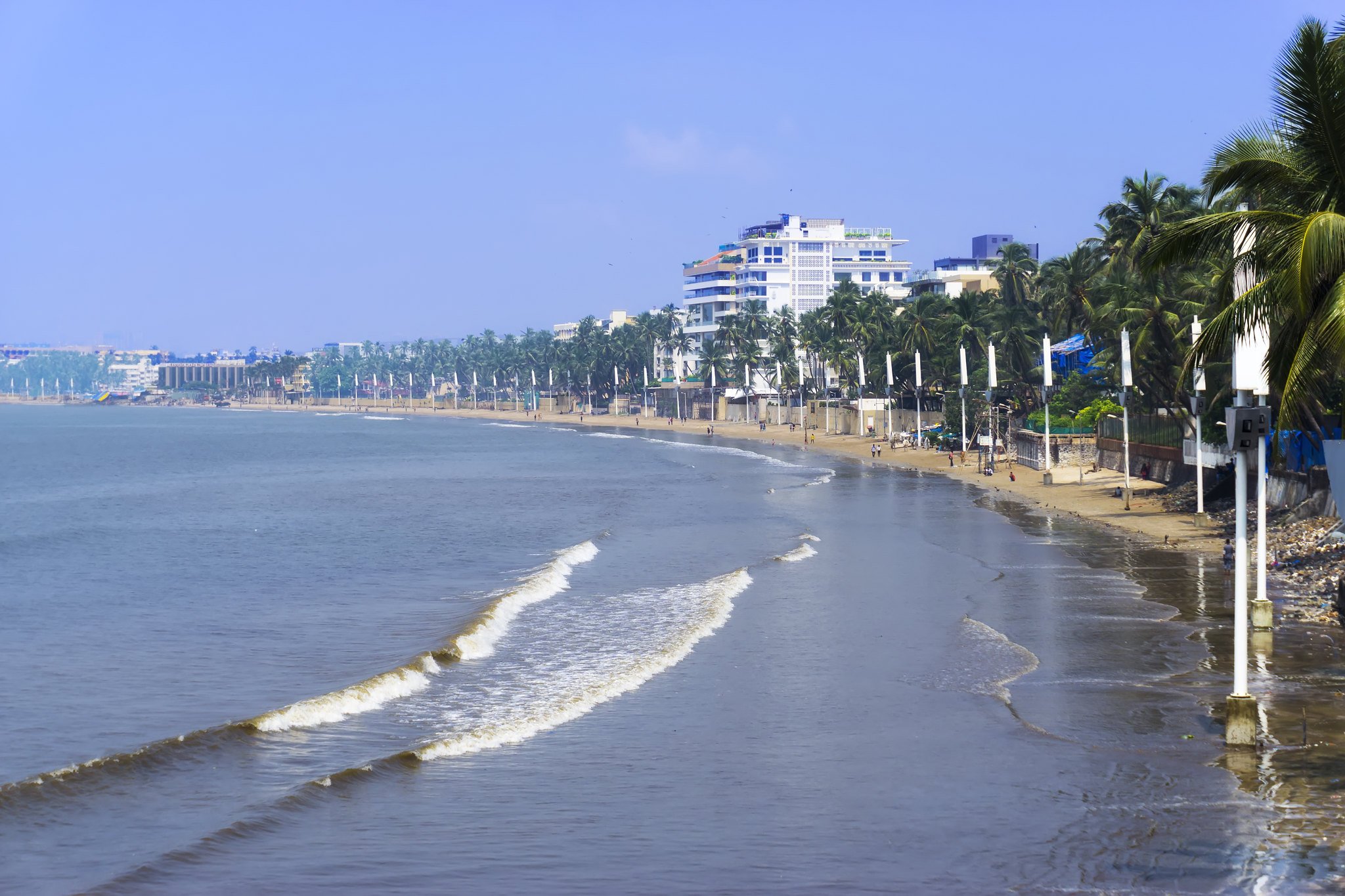
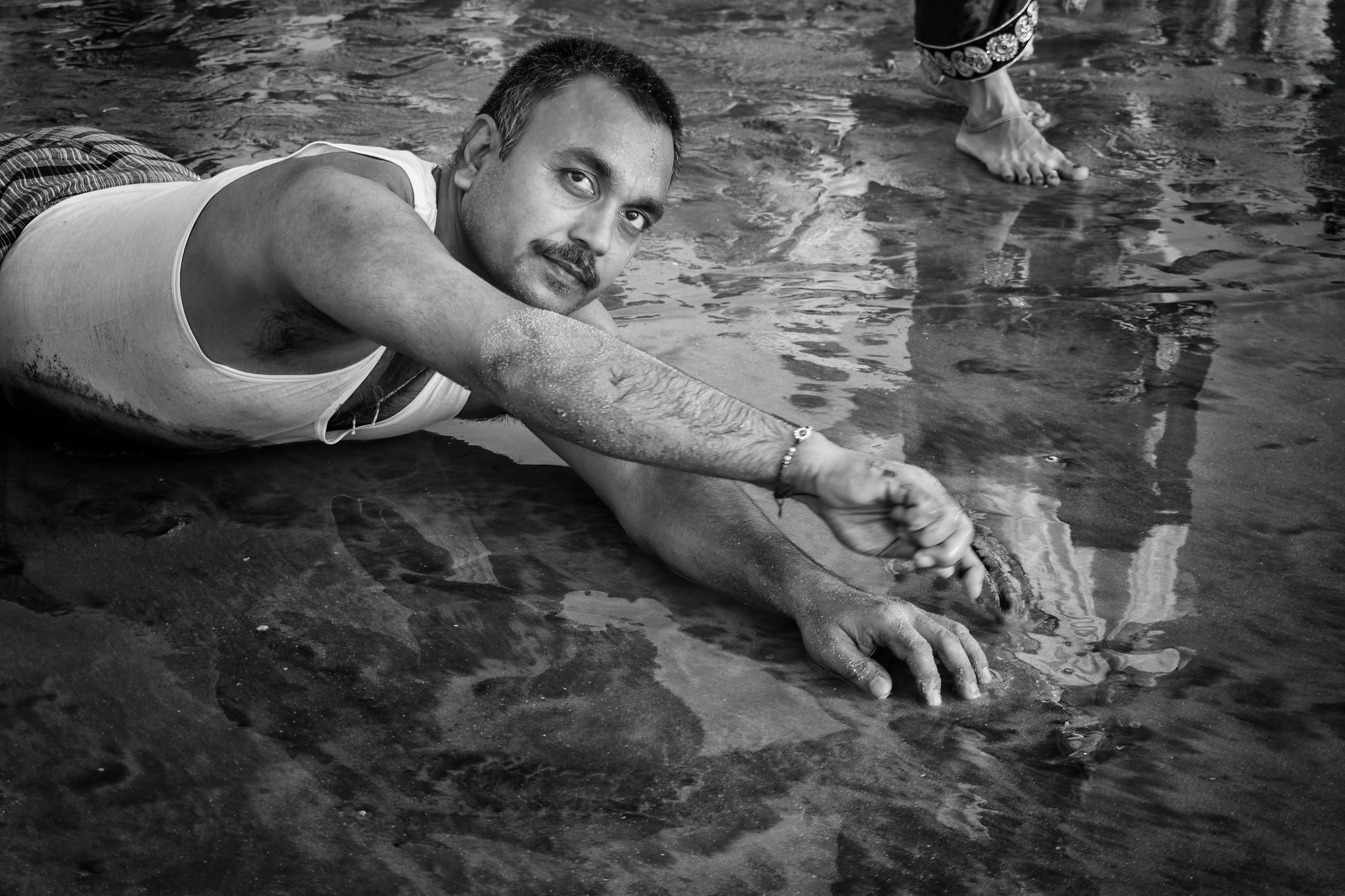
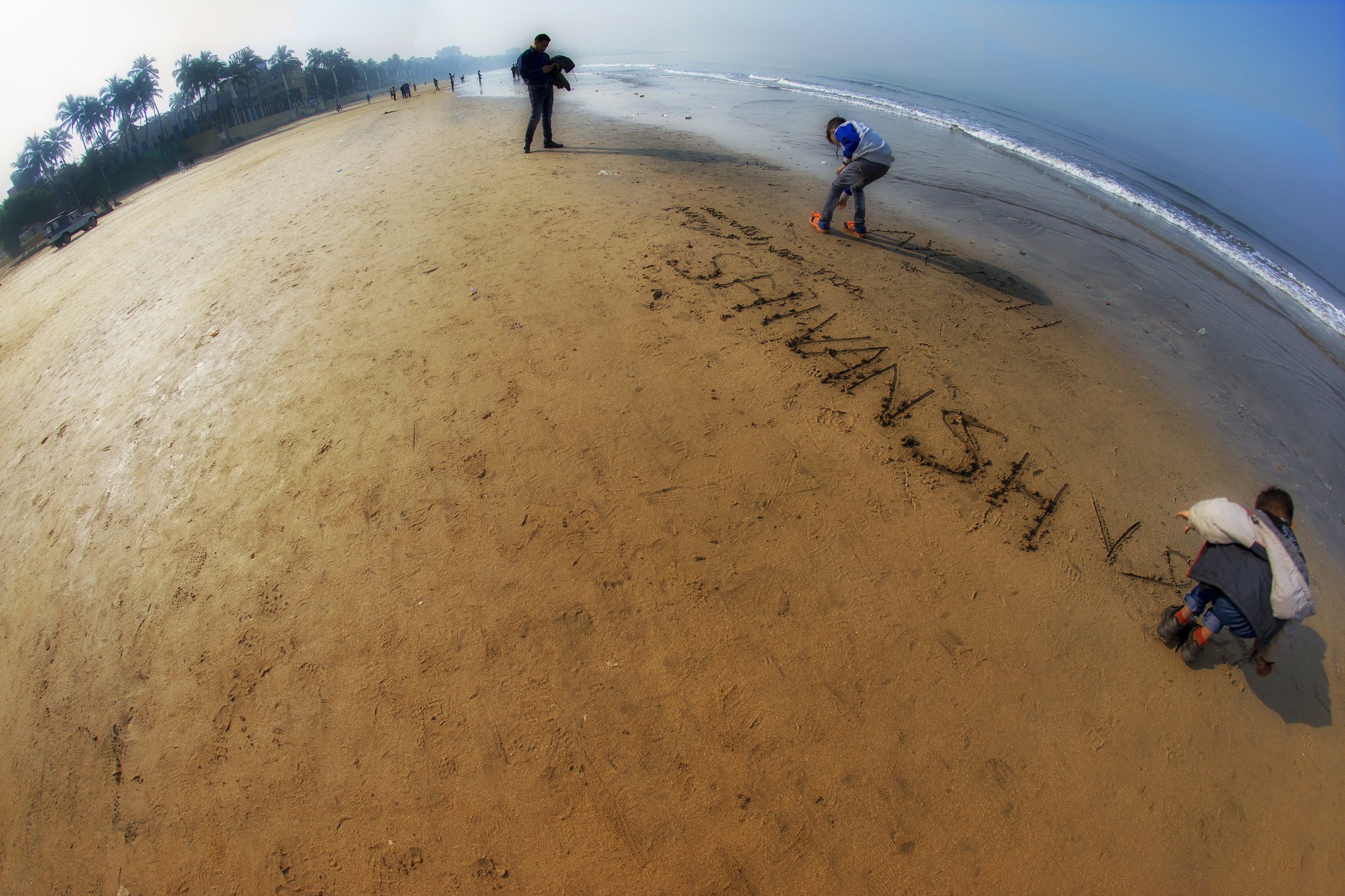
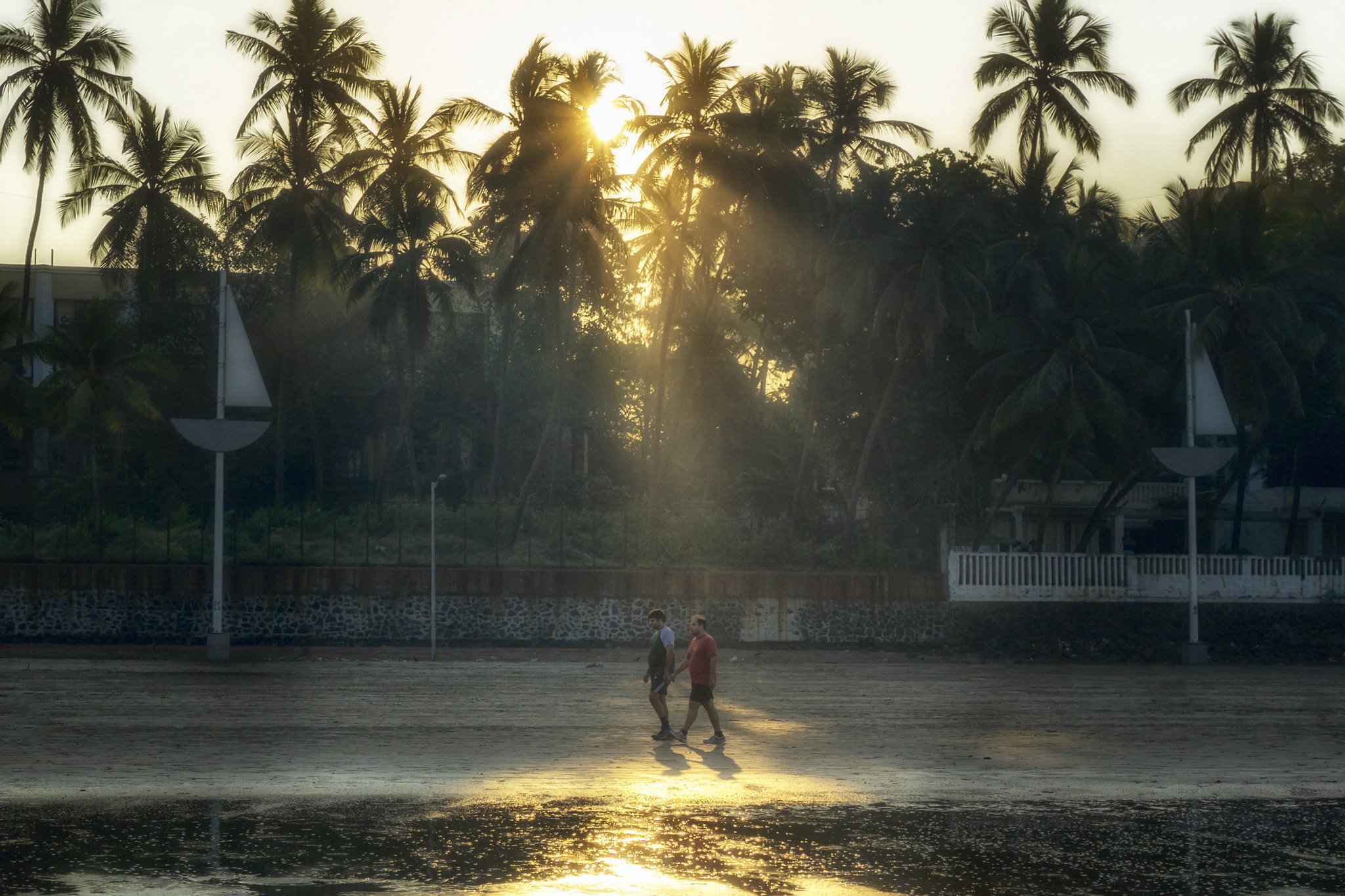

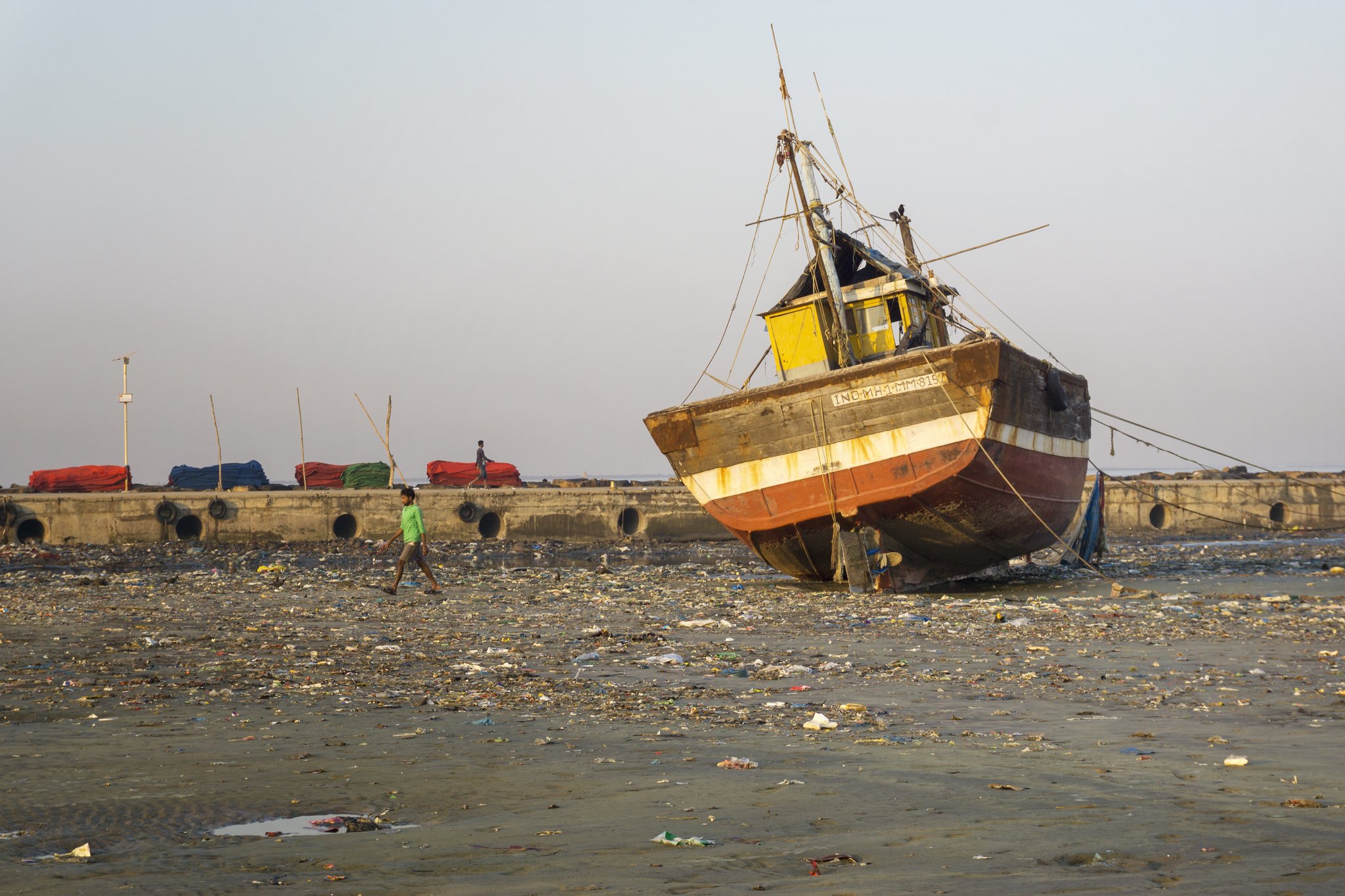
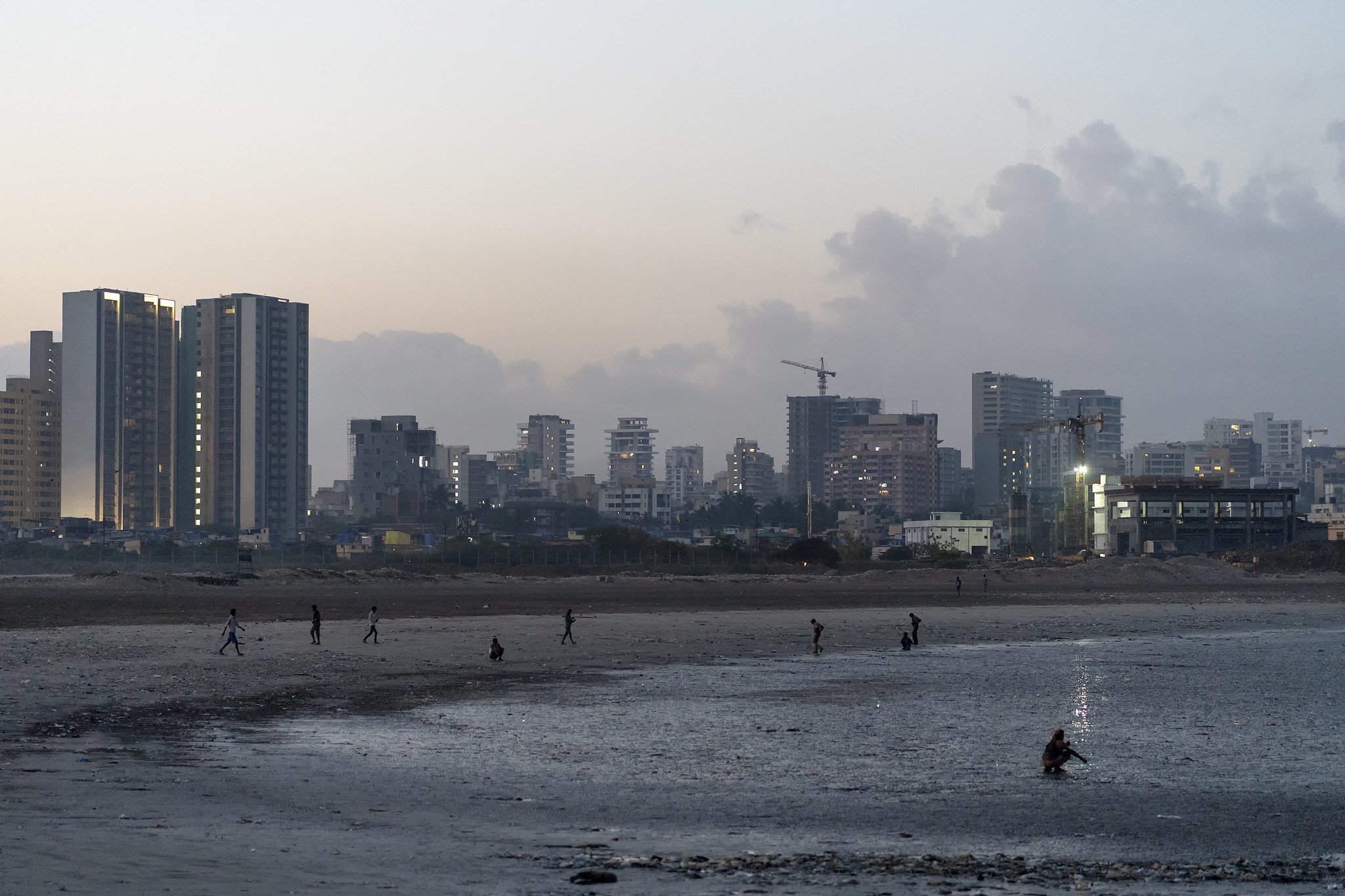
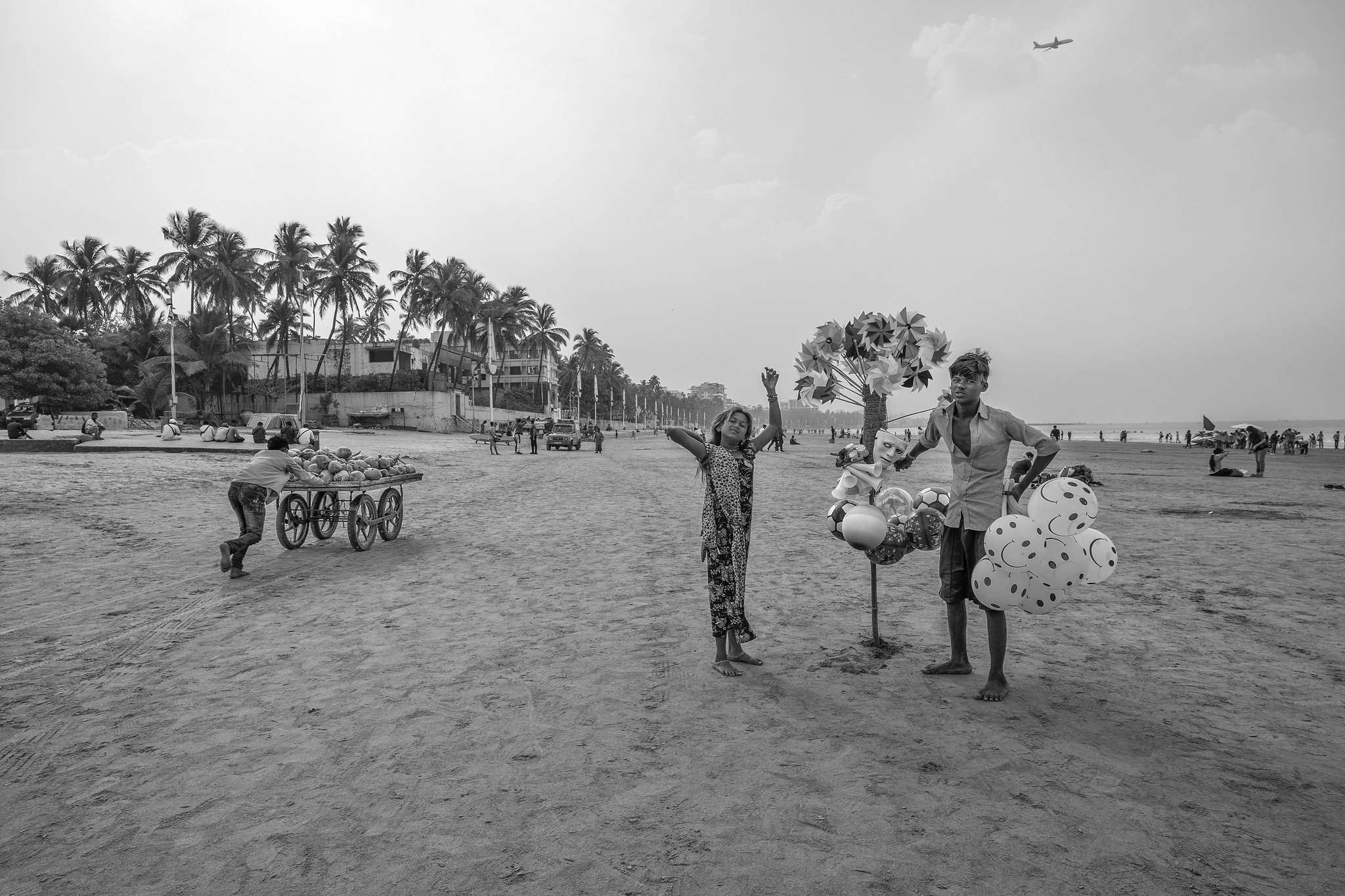
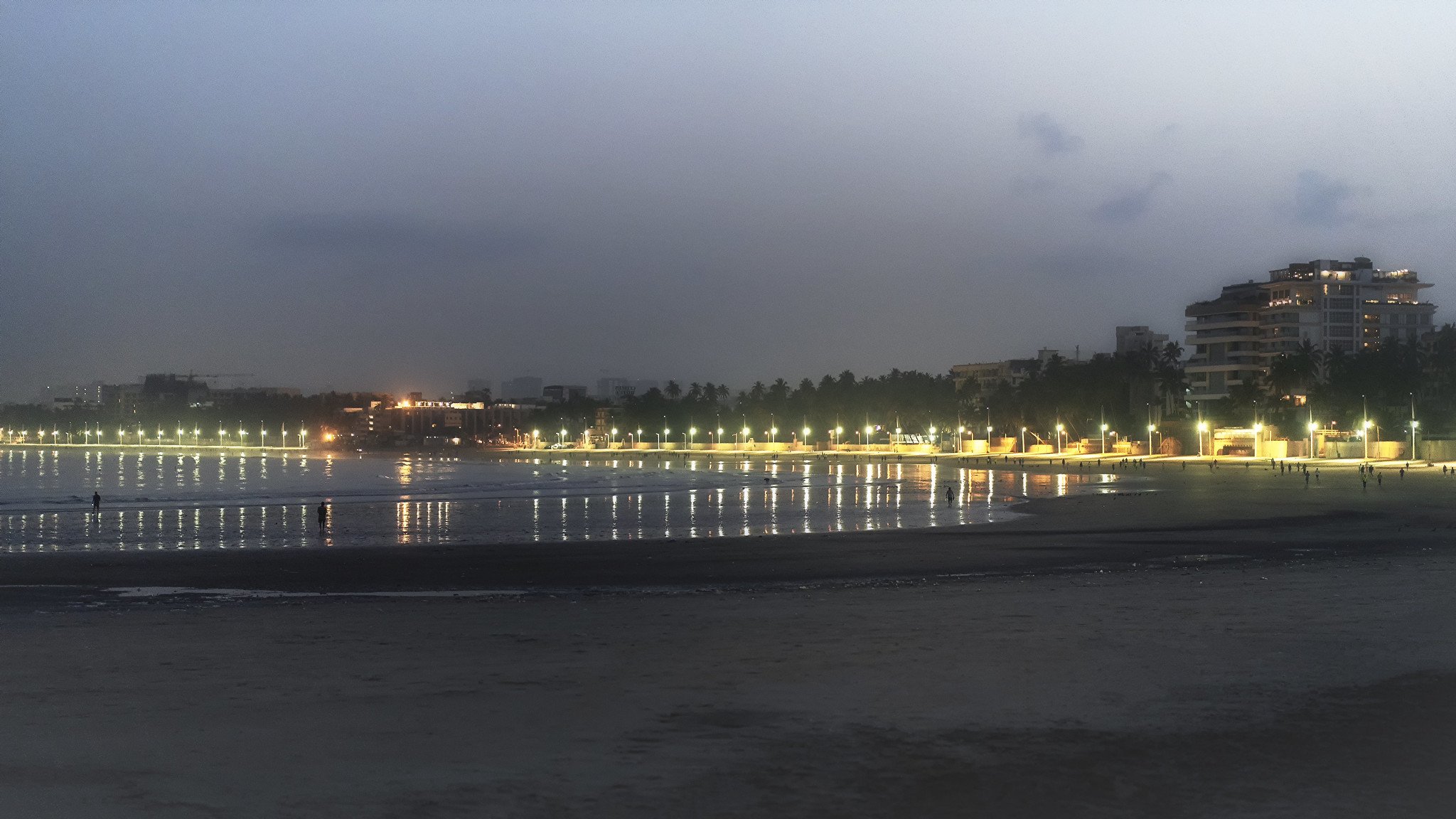
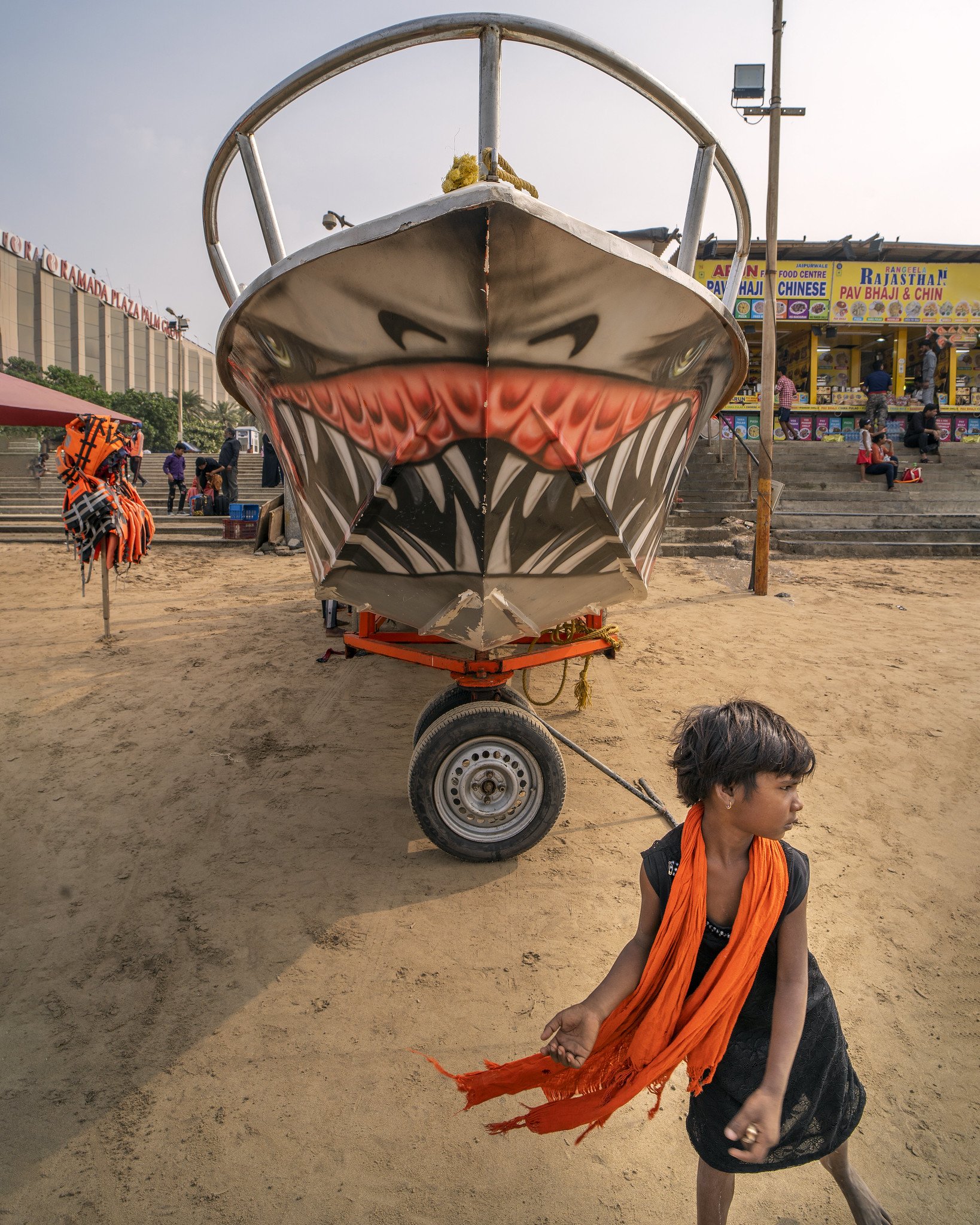
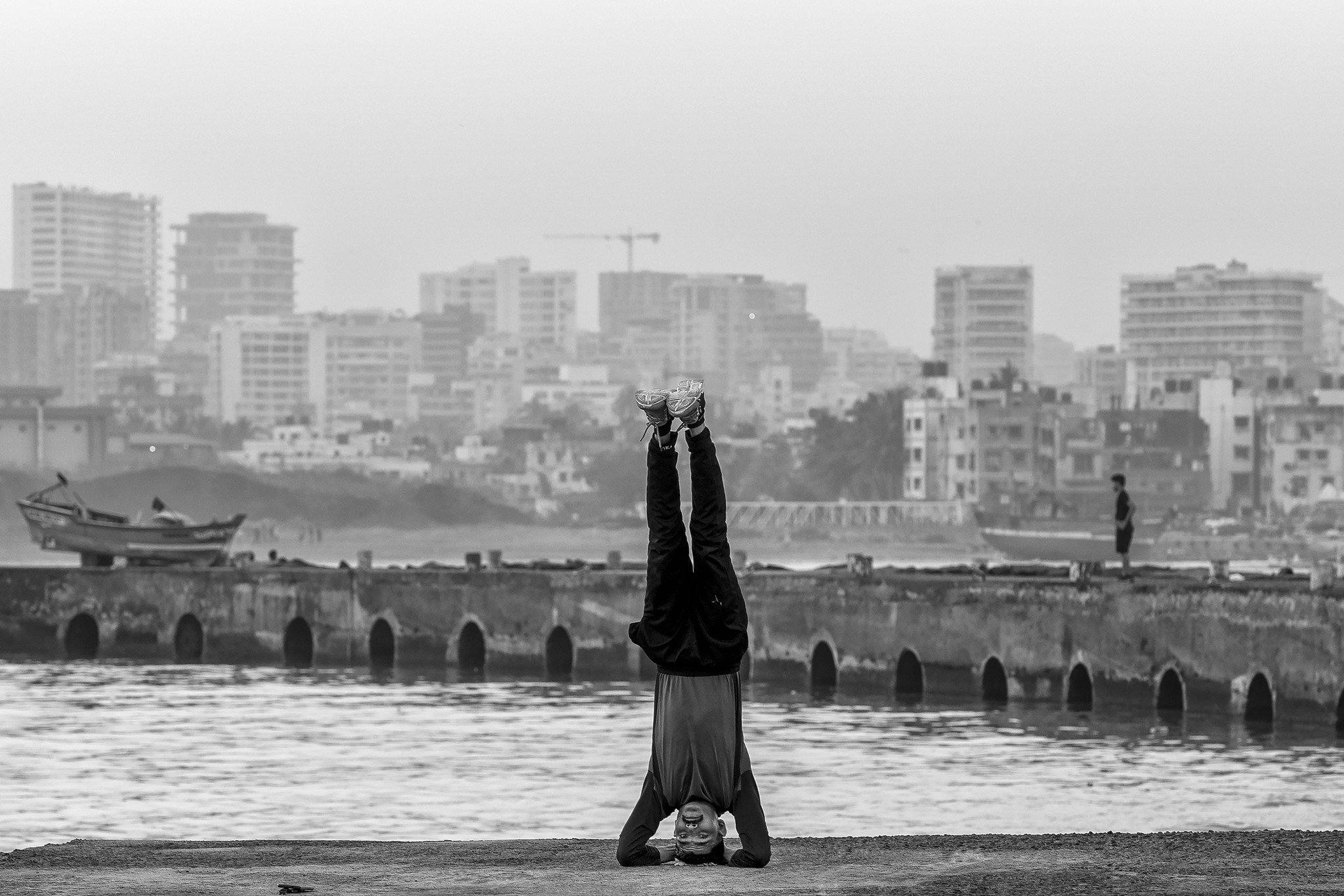

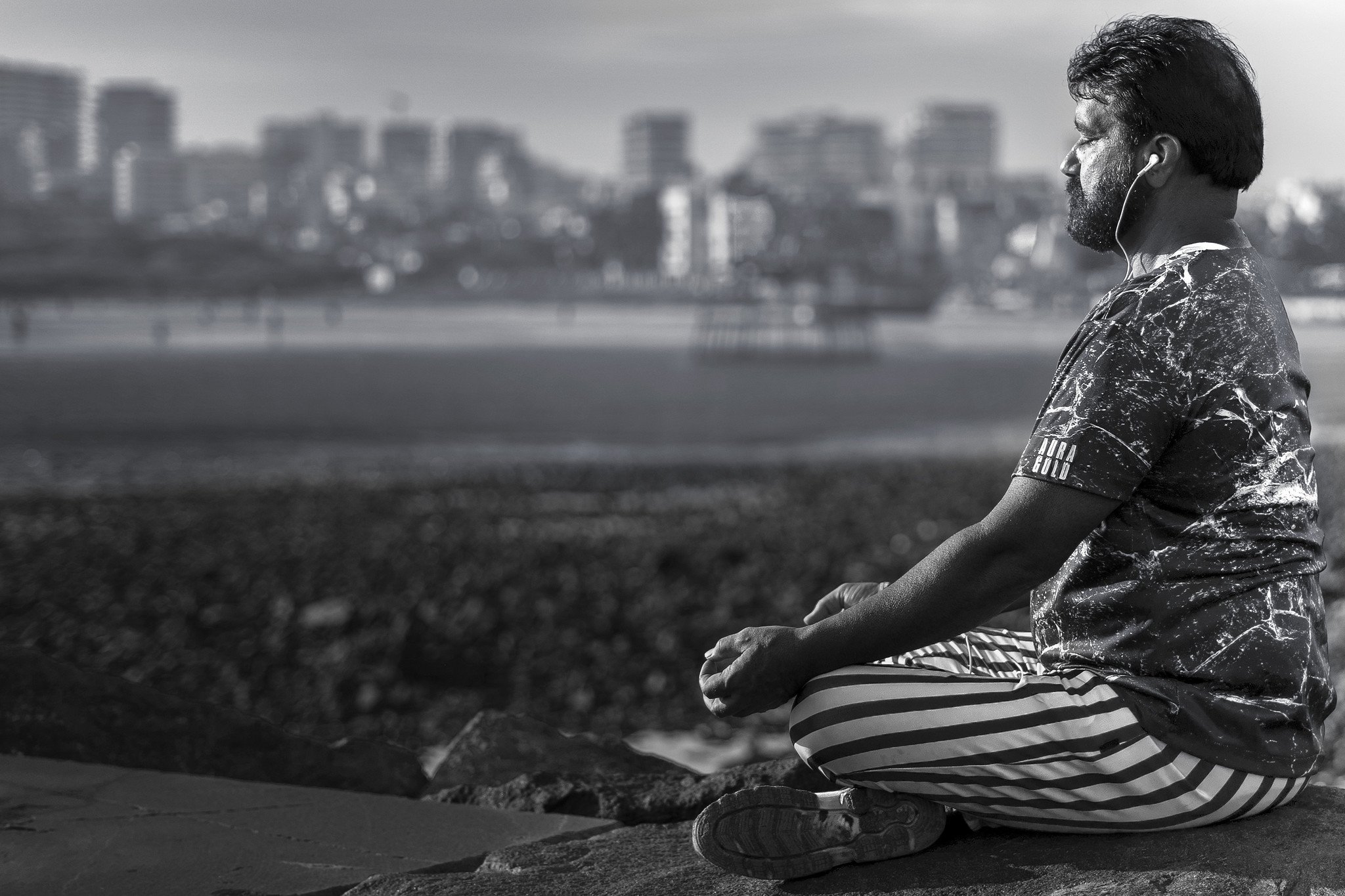
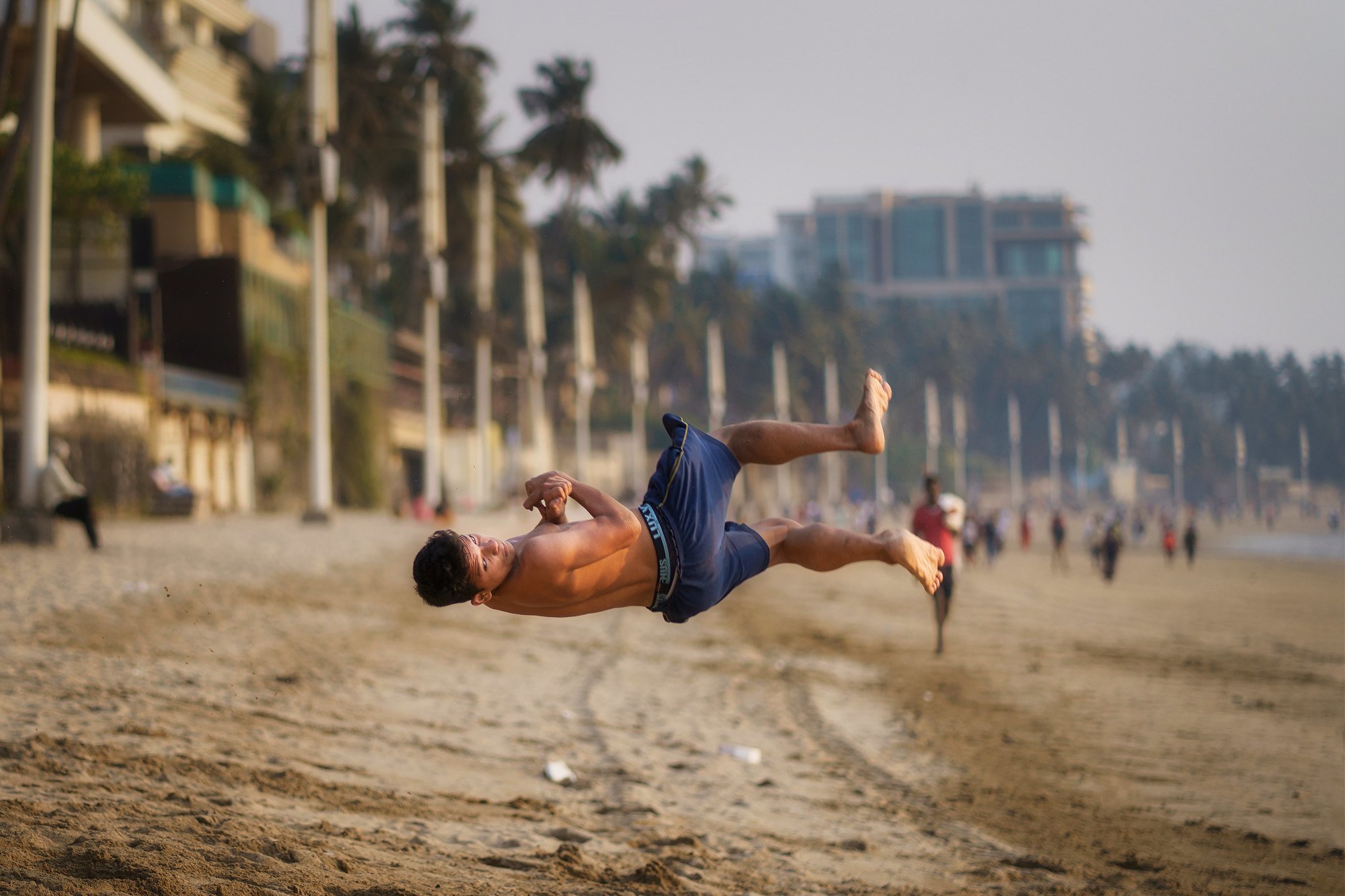
Brief
Juhu Beach is the most-popular and crowded beach in Mumbai. For photographers looking to capture images of people, there is no shortage, especially during the end of the day before sunset.
Overview
Juhu Beach is the stereotypical sunrise/sunset locale. During the morning hours, well before sunrise up until late morning, locals make use of this stretch of beach for walking and exercise.
The Beach
In my view, the best time for photography is about an hour before sunset, during the Golden Hour. With the sun setting over the Arabian Sea horizon, you're presented with an excellent opportunity for capturing dramatic images. At Juhu Chowpatty, which is the bustling part of the beach, the scene is vibrant with a densely packed crowd. You'll find vendors of all sorts, including the beach’s renowned cameramen who wander the sands, ready to snap instant film photos of beachgoers. This bustling atmosphere lends itself to what can aptly be described as street photography, even in this sandy setting.
Juhu Jetty
An exception to the preferred sunset visit might be an early morning trip to the jetty, located about a 20-minute walk south from Juhu Chowpatty. If you time it right, you could capture the Koli fishermen actively working on their boats. Additionally, the early hours offer opportunities for street portraiture-style shots of locals engaging in yoga and other forms of exercise, which can look particularly striking against the backdrop of the rising sun.
Versova Beach
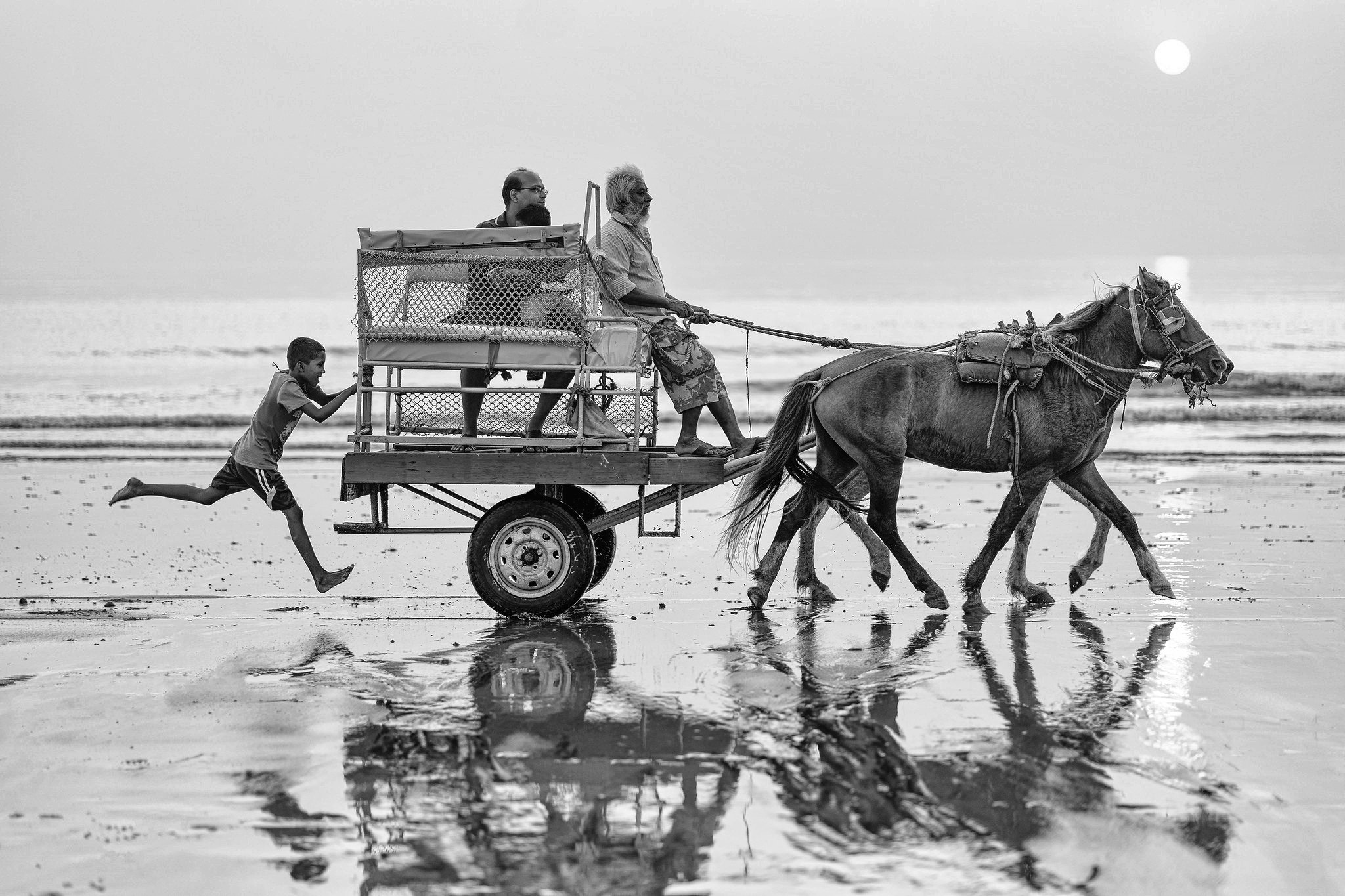

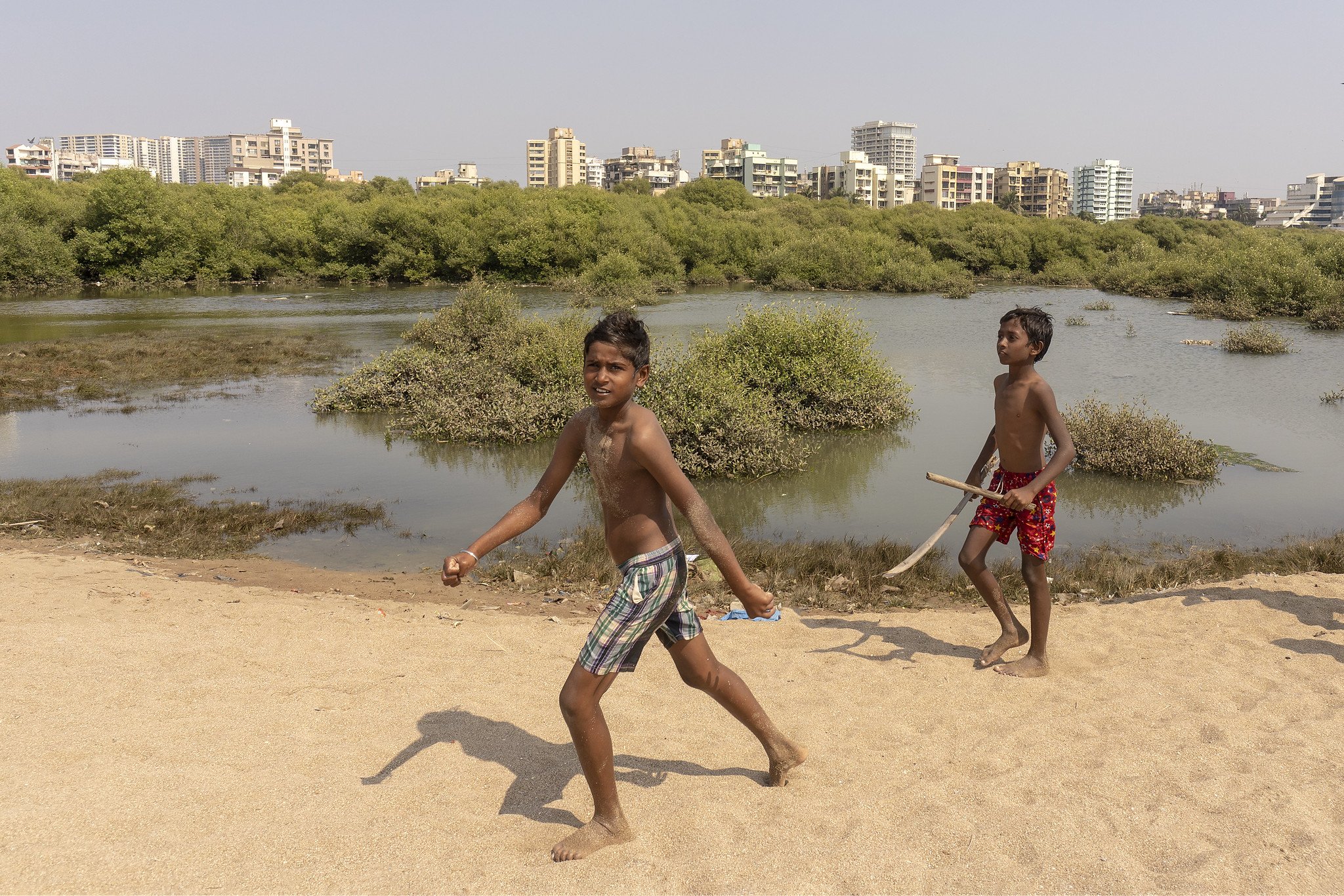
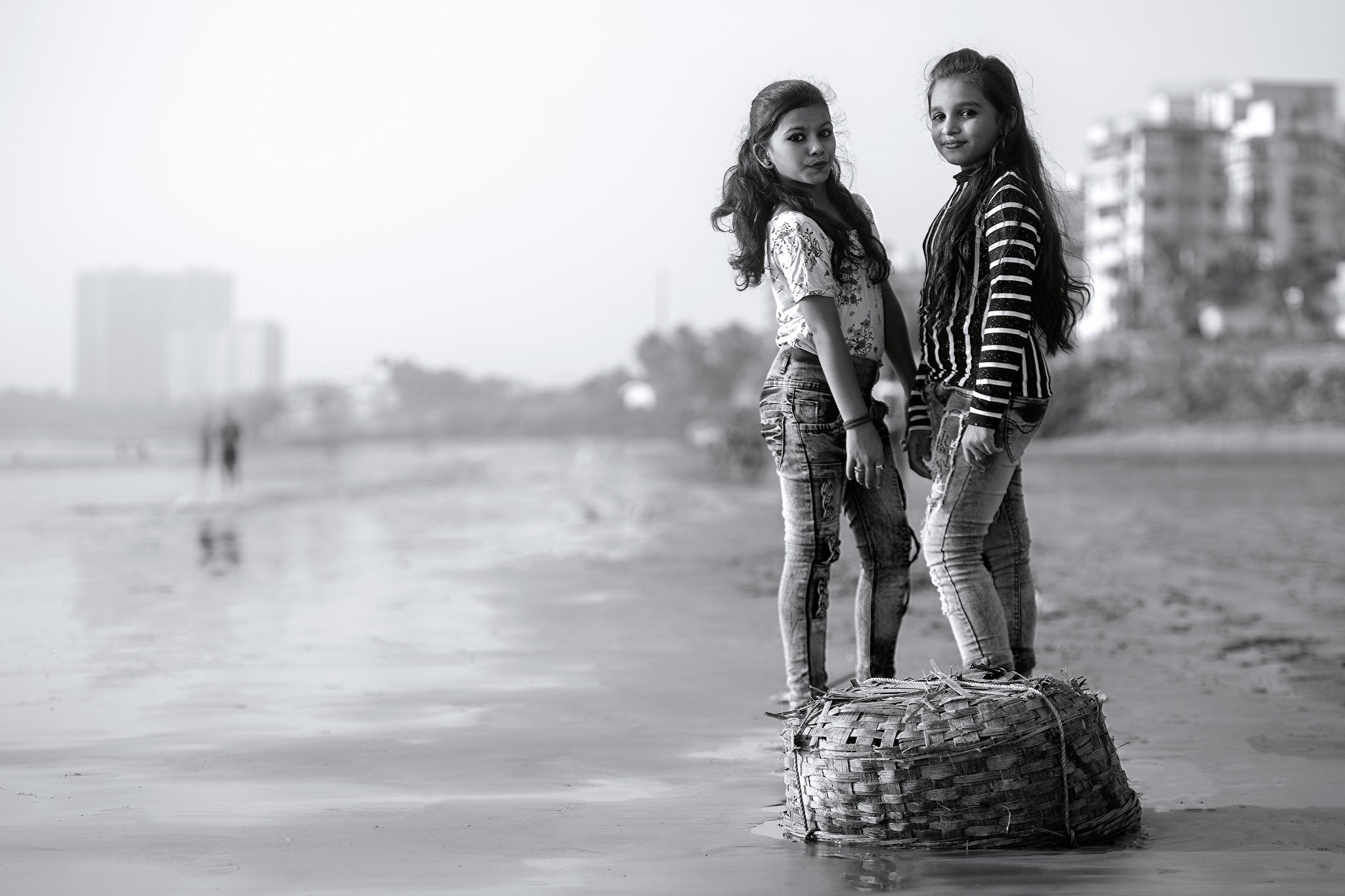
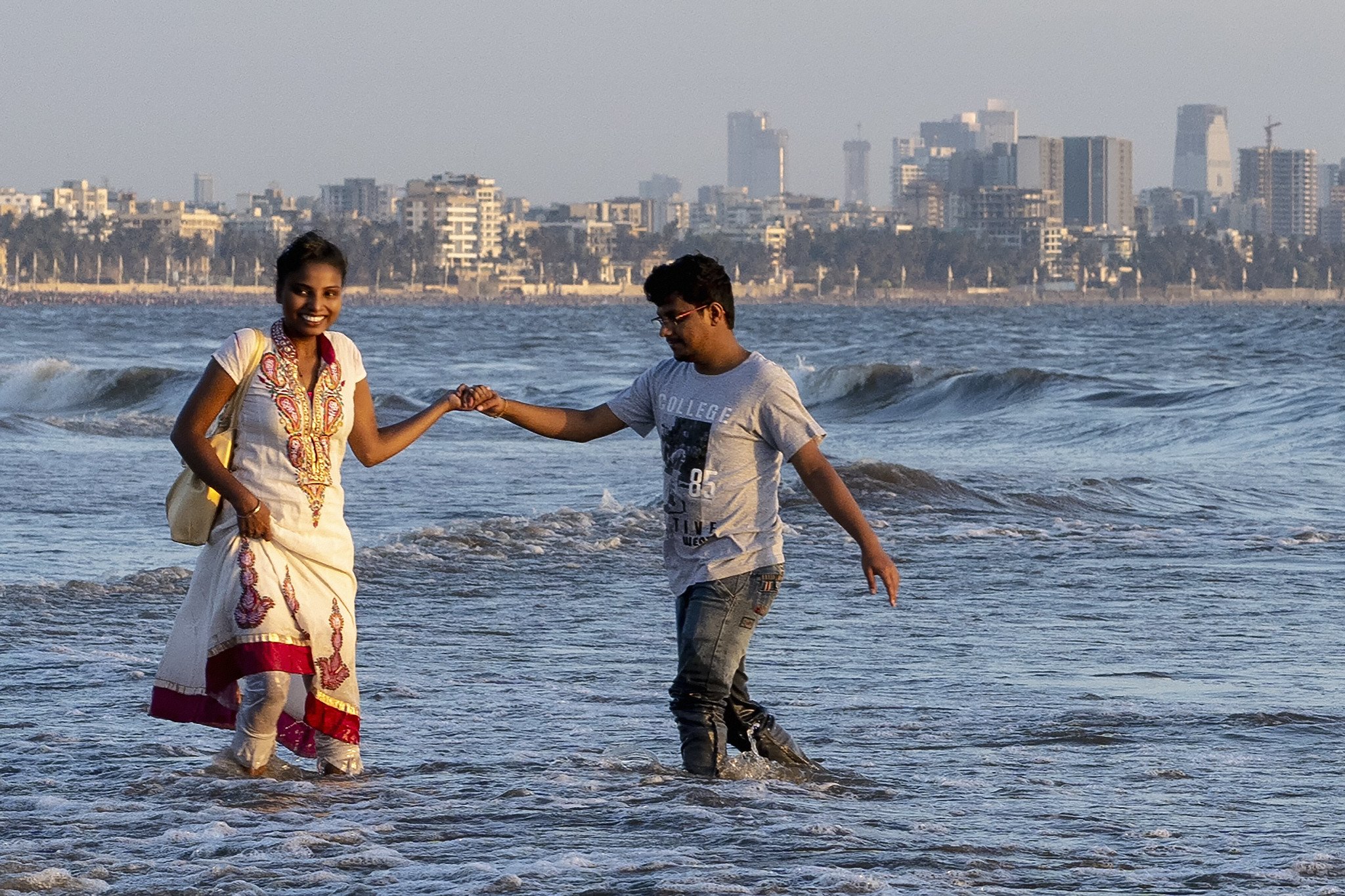
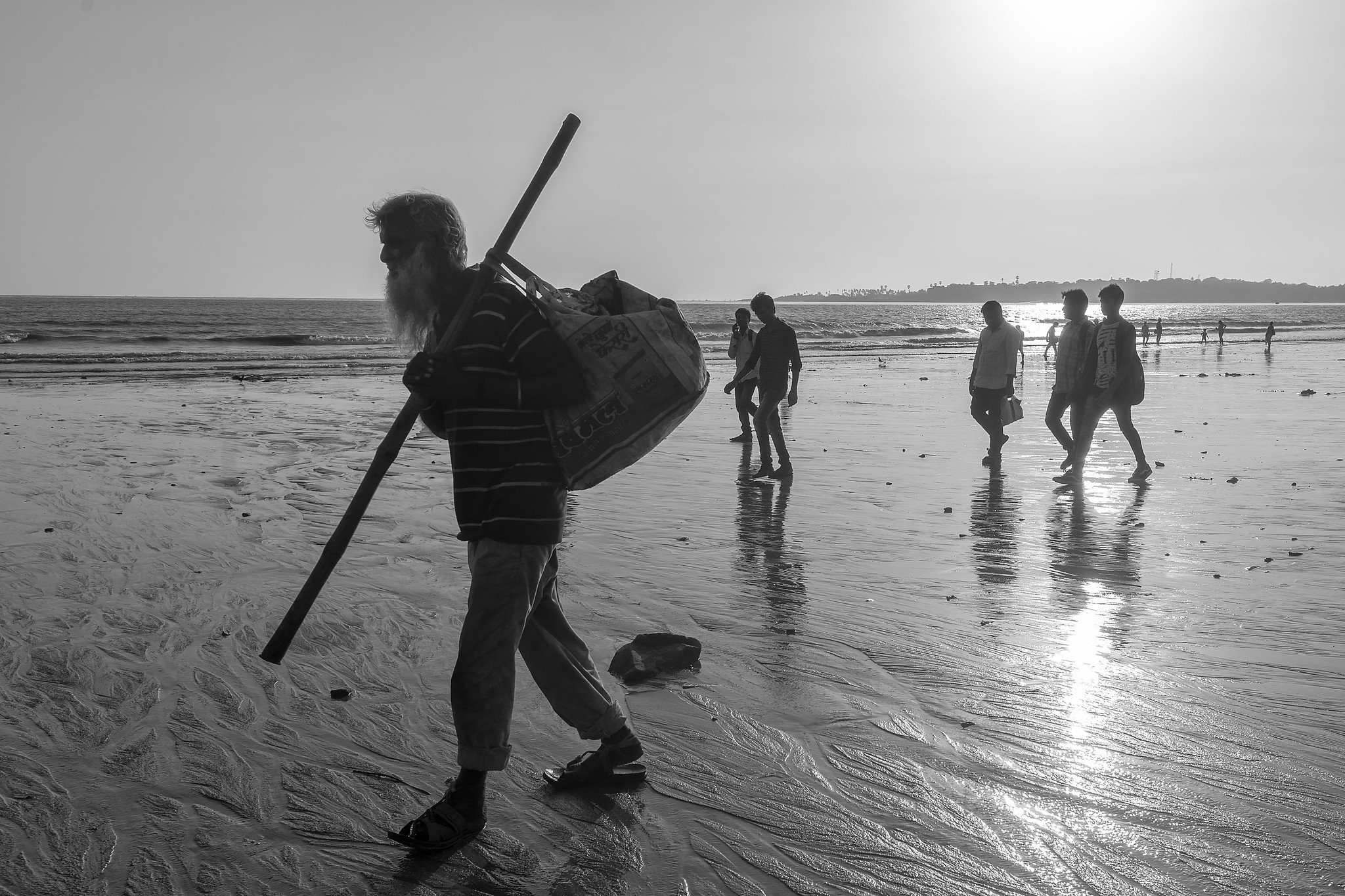

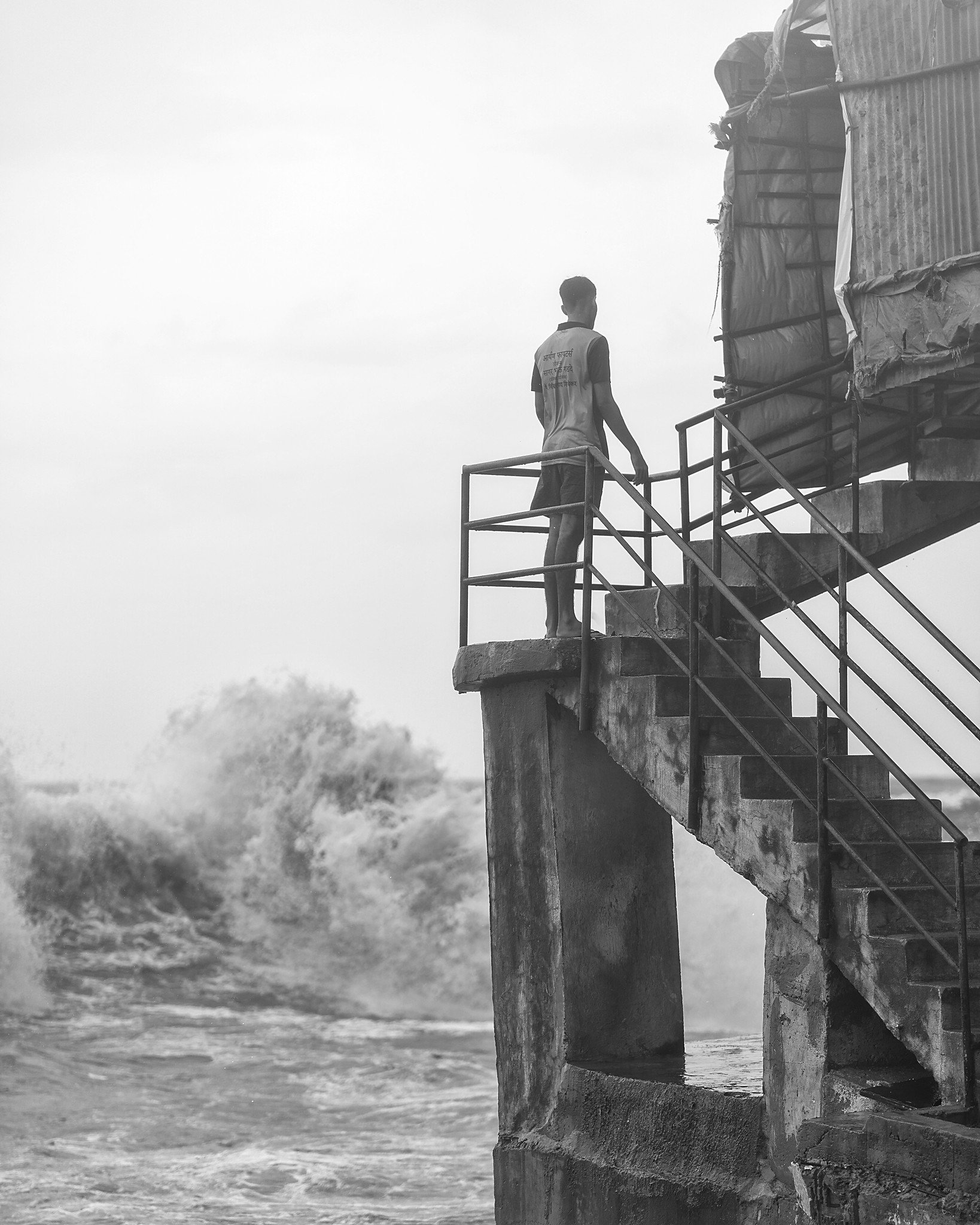
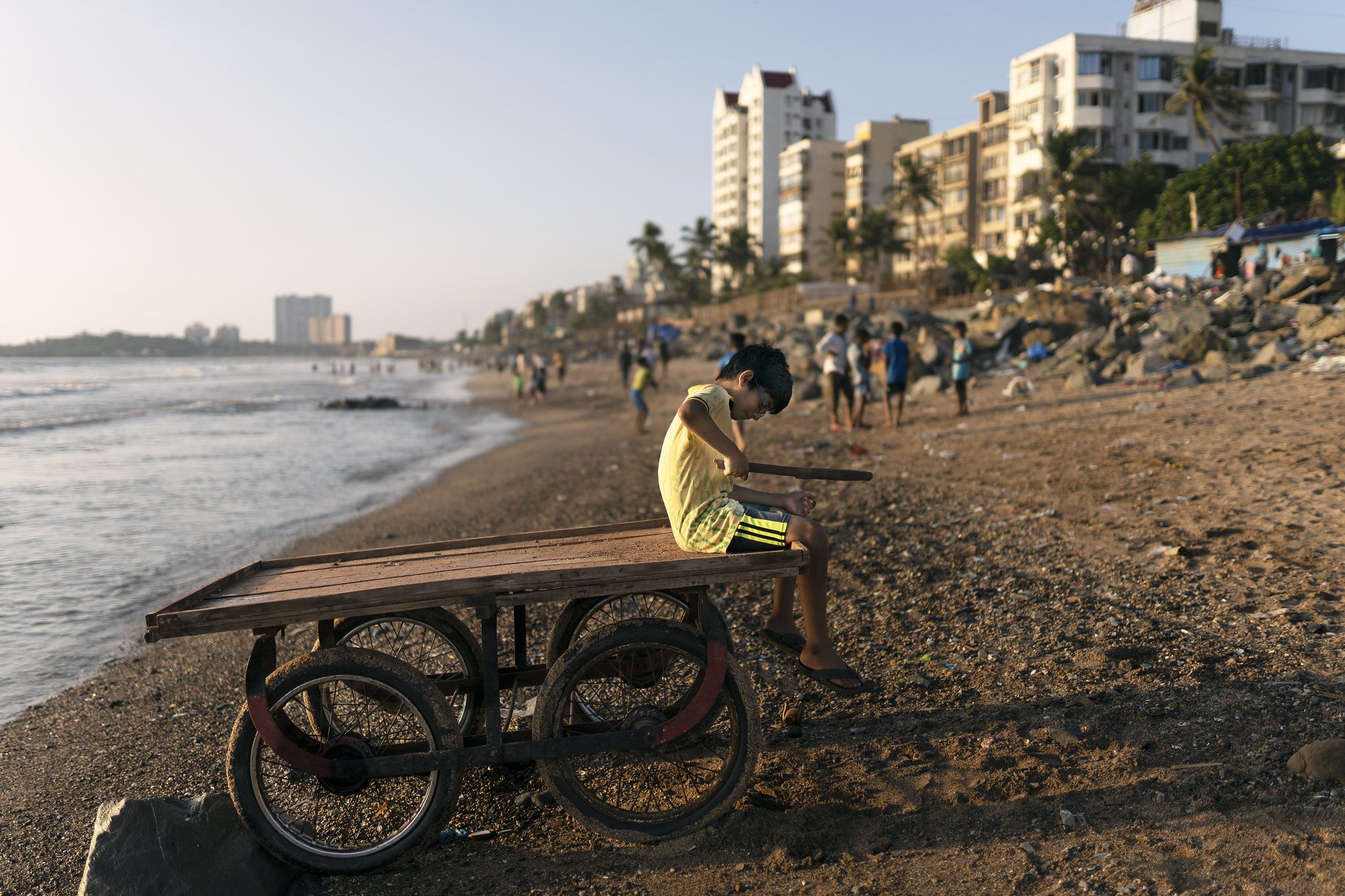

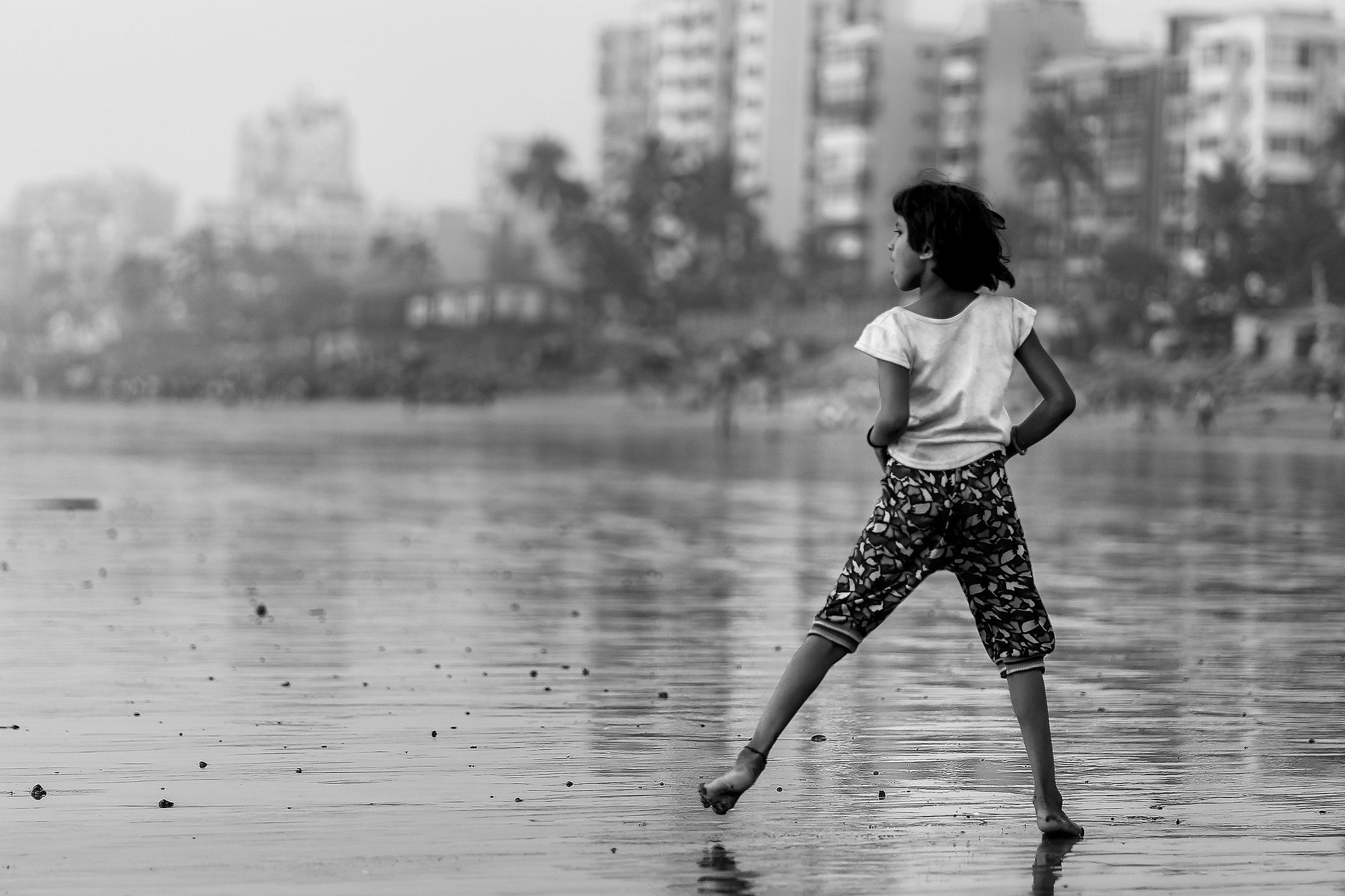
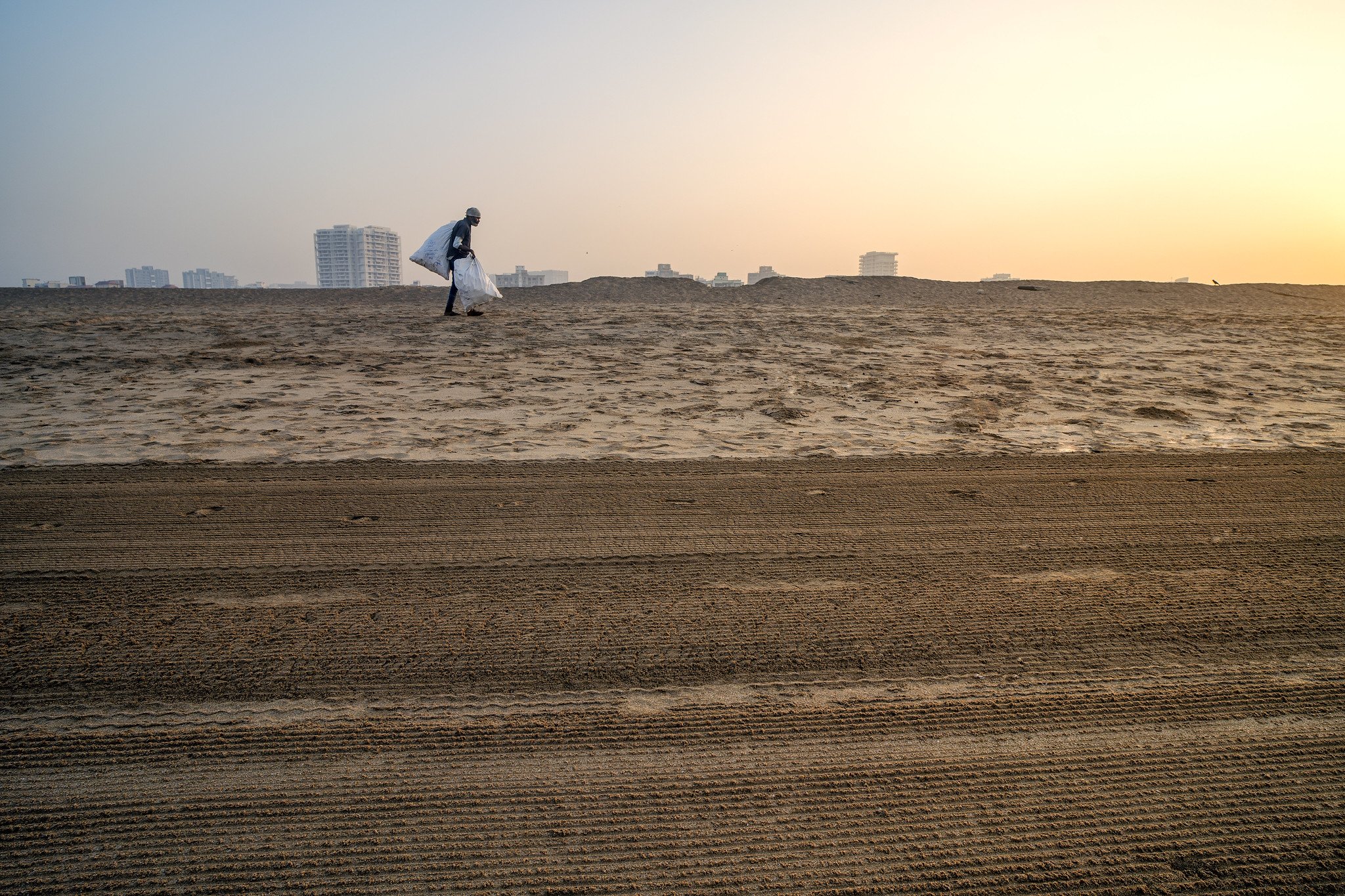
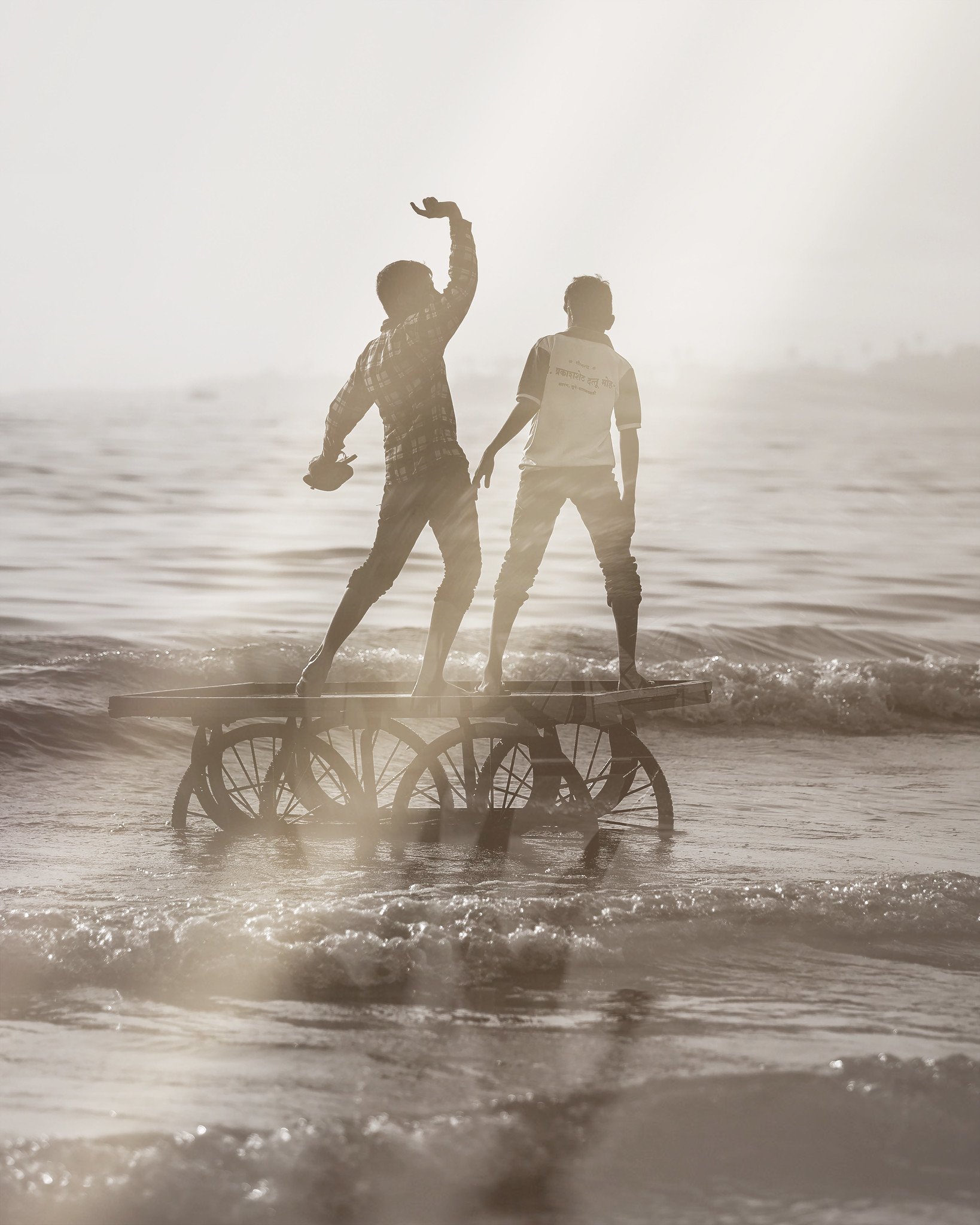
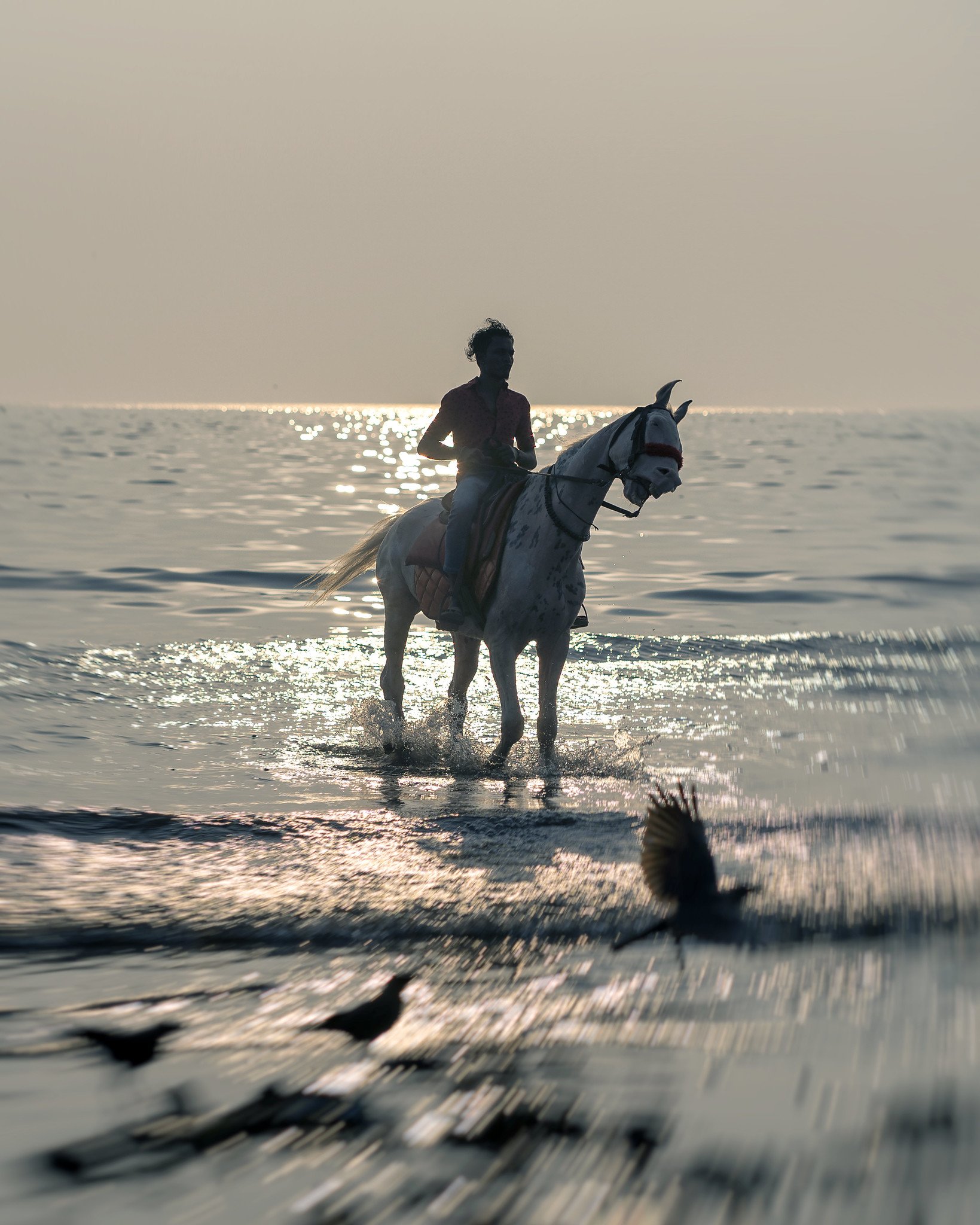
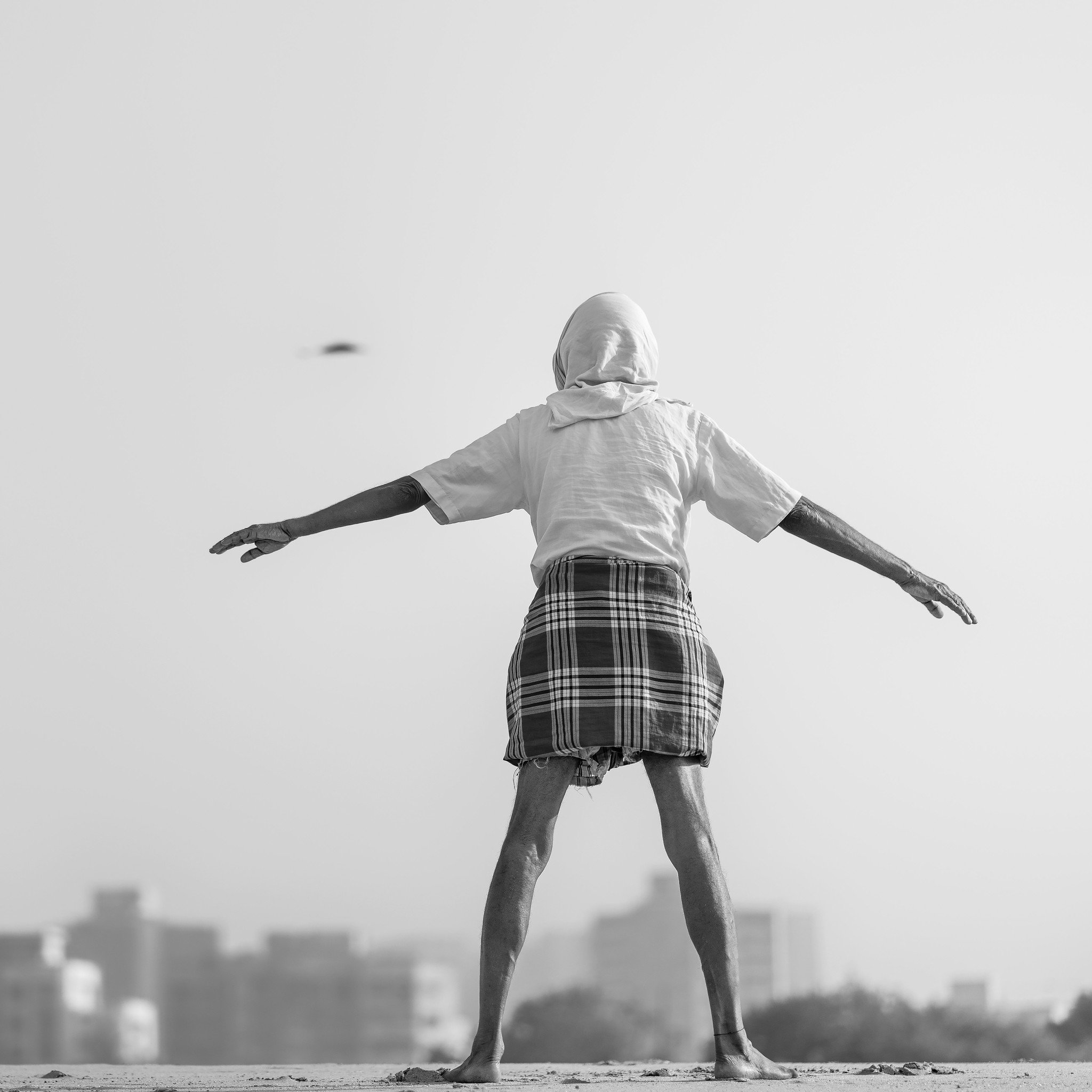
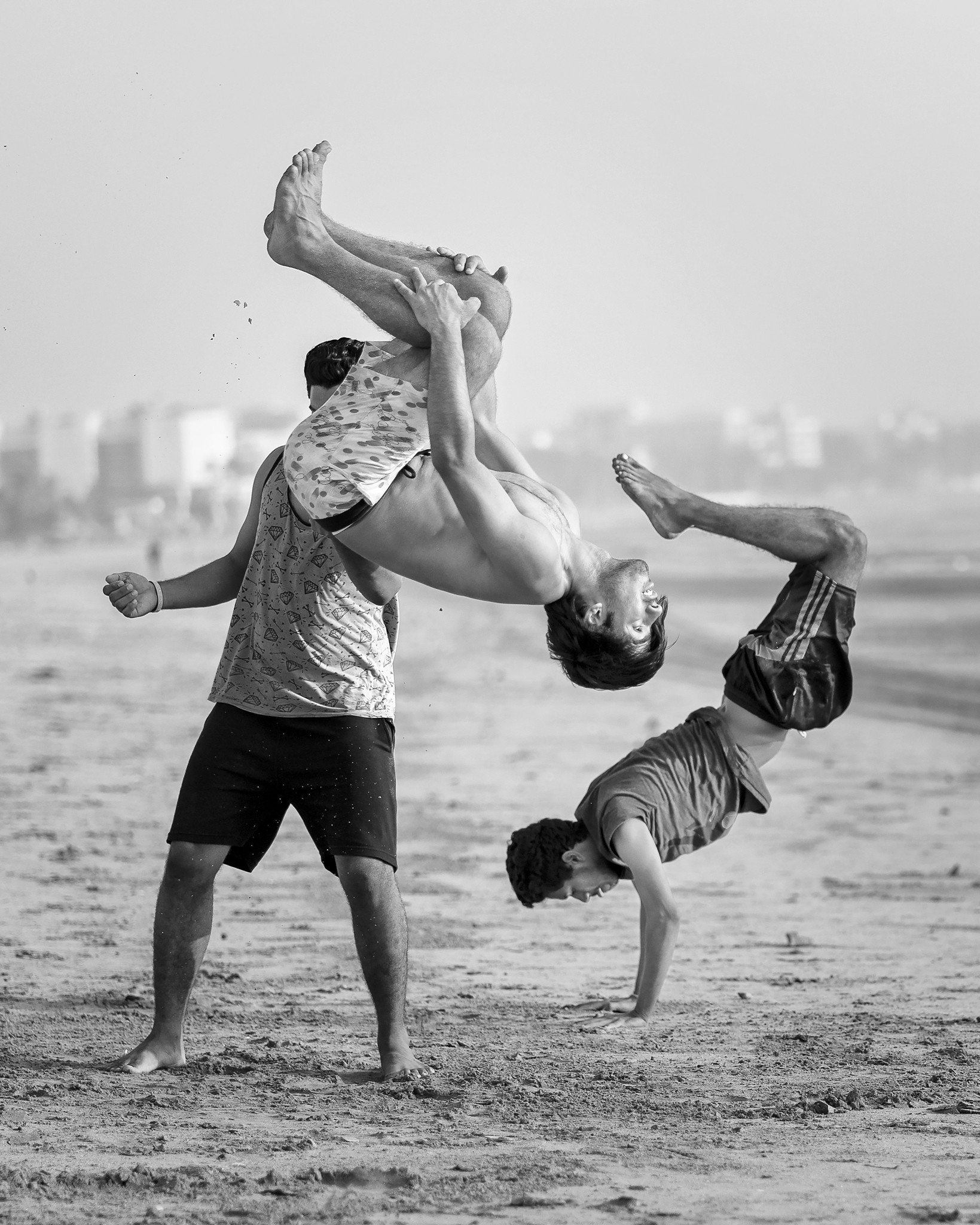
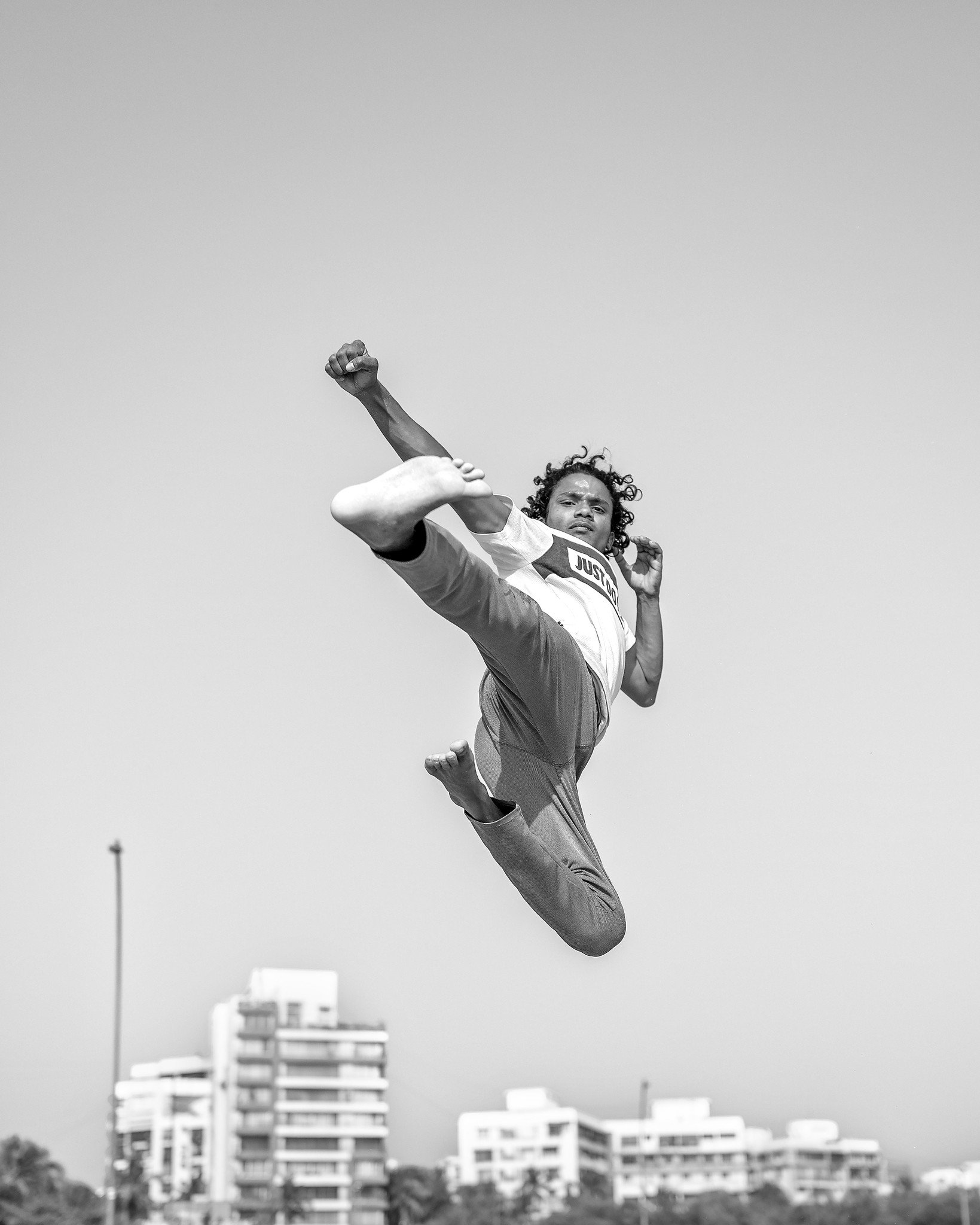
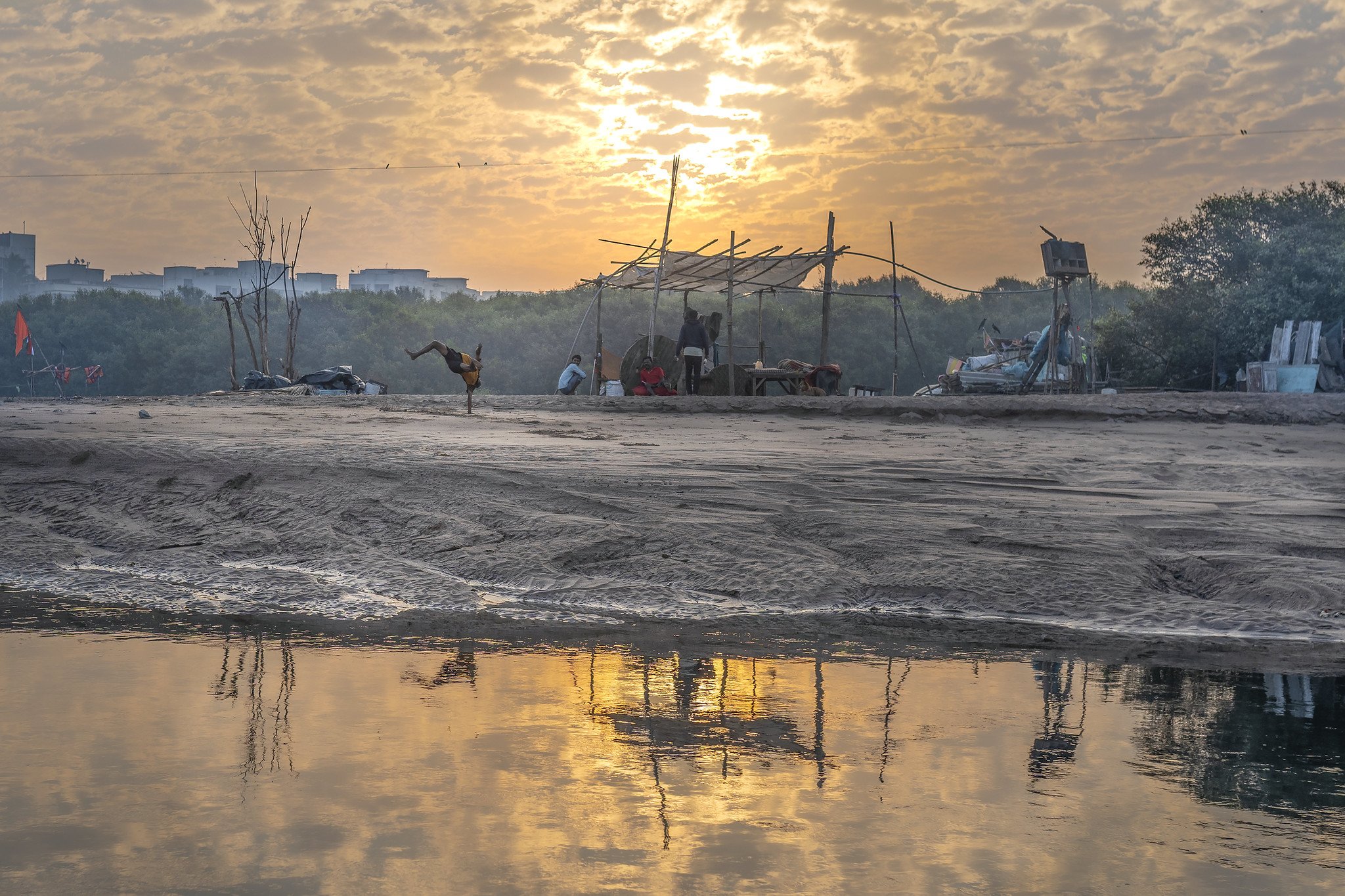
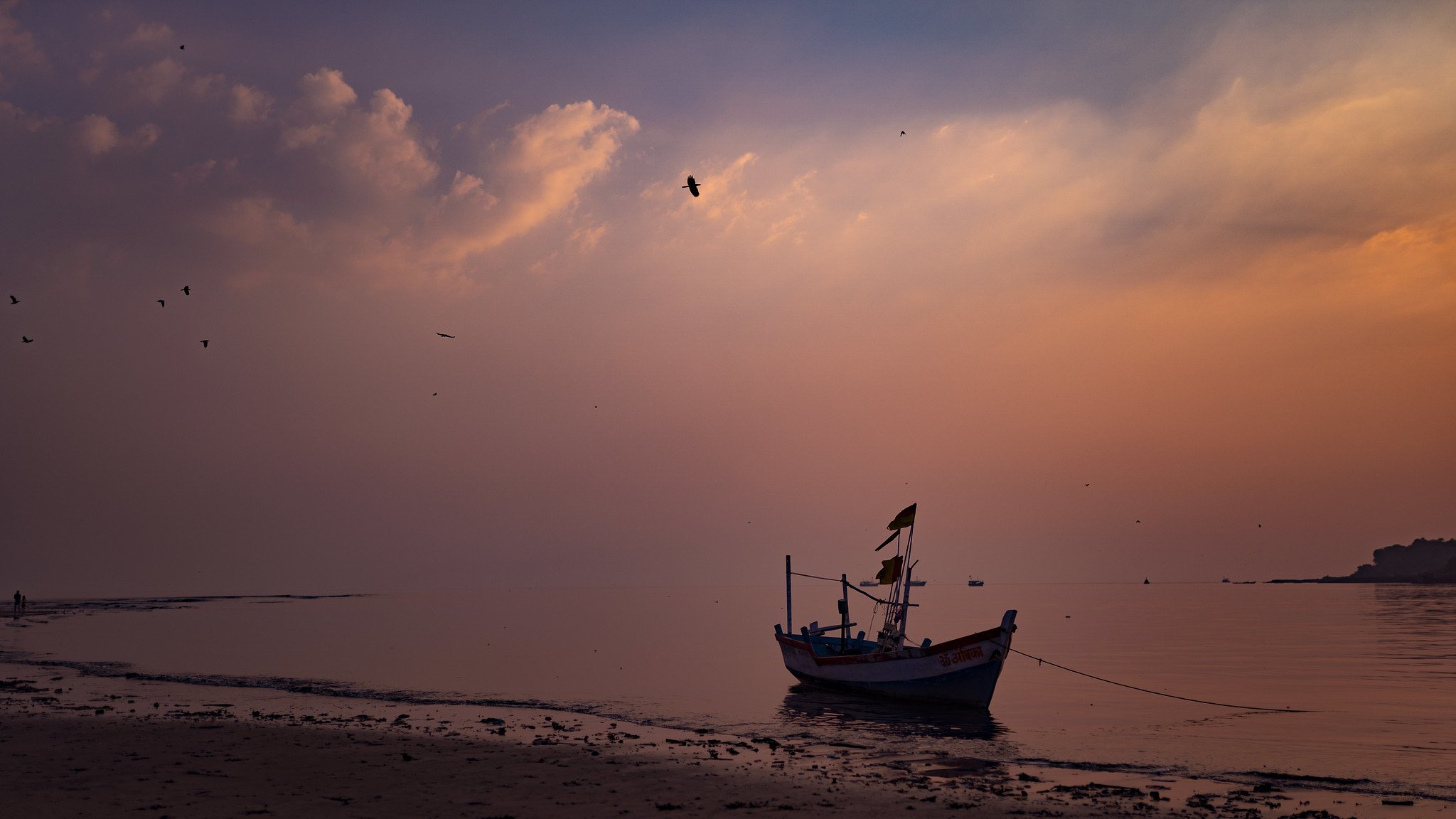
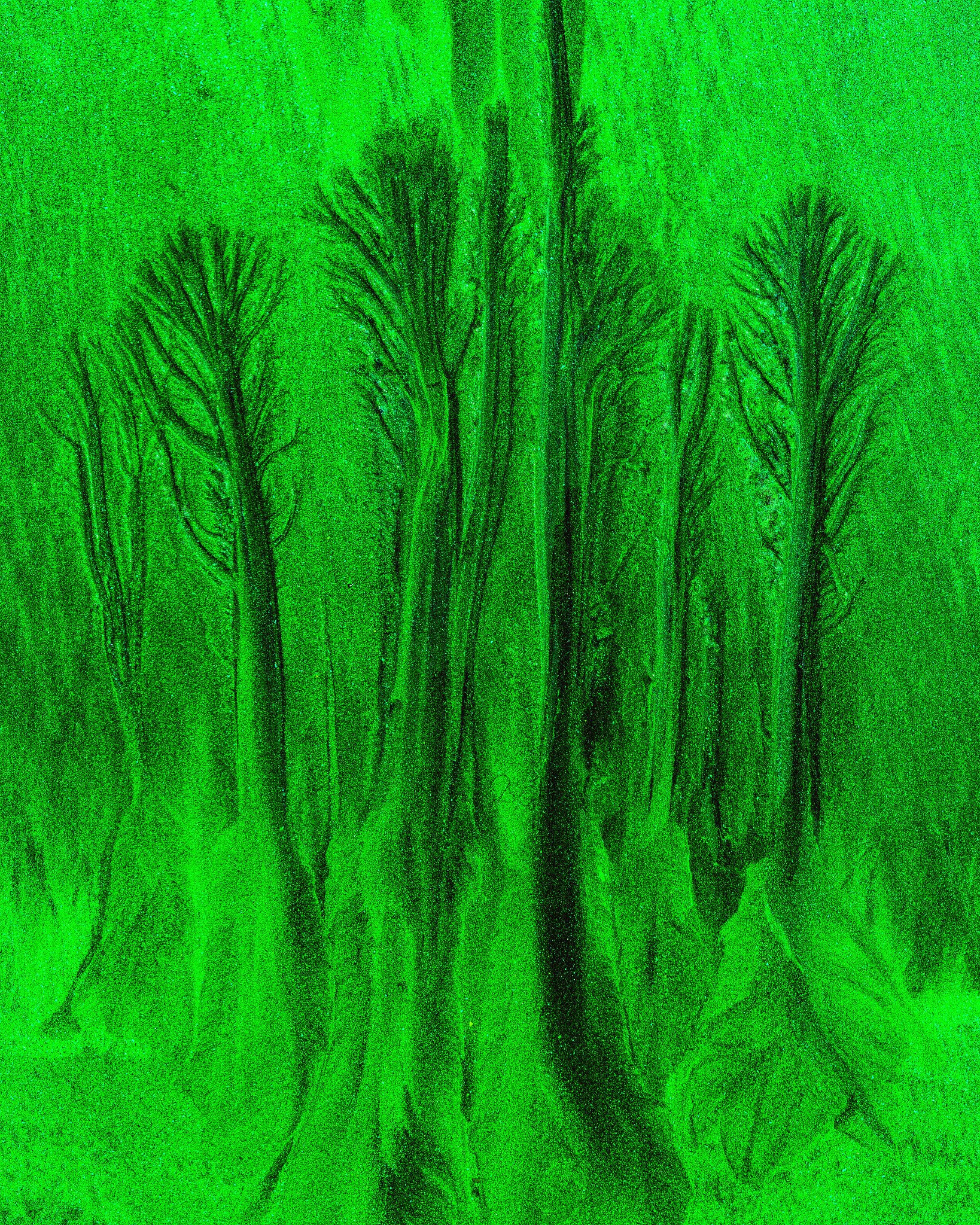
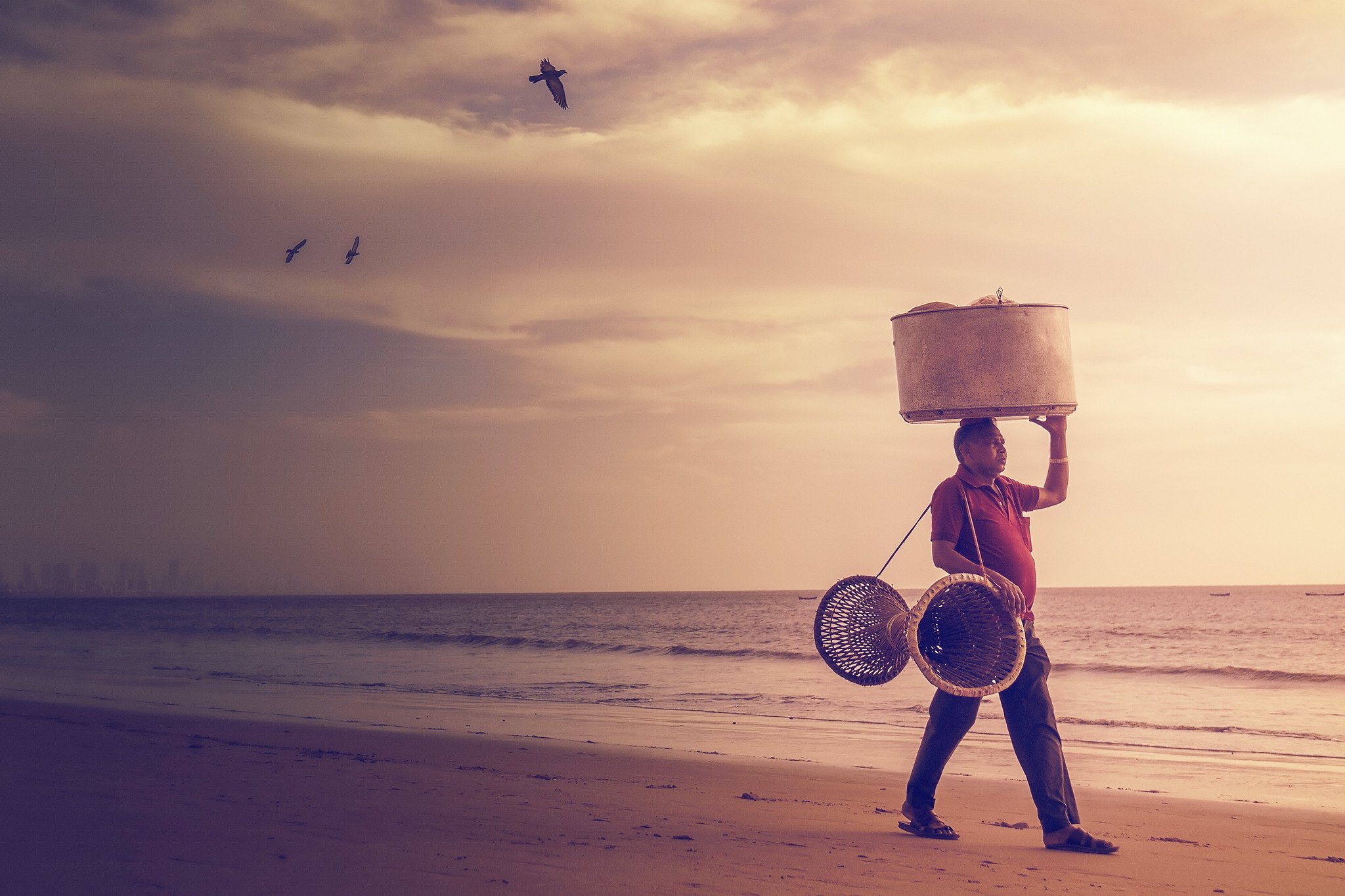
Brief
Versova Beach is the most interesting beach in all of Mumbai, in my view. The diversity of residents and visitors guarantees great photos if you’re interested in your typical Golden Hour shoots and even documentary photography.
Overview
As I've mentioned before, Versova Beach is my preferred location for seaside photography in Mumbai, and like Juhu Beach, the best time to visit is around sunset. I initially photographed models in the morning, but I soon found that this time was less ideal due to locals using the beach as a makeshift toilet. In fact, I captured an image showing a multitude of men squatting along the shoreline, a sight that extends as far as the eye can see. Fashion photography and this kind of dramatic backdrop generally do not mix well.
It's worth noting that occasionally, you can discover intriguing sand patterns and various other items washed up on the shore that are worth capturing. While these aren't typically my focus when I'm engaged in street photography, they provide good subjects when things are slow. All you need to do is look down, shift your focus, and continue shooting.
The Methi Farmers
The existence of the methi farmers at Versova Beach is the primary reason I find this locale the most interesting of all of Mumbai’s beaches. These farmers have been working the land (sand) for over 50 years, illegally, according to the government. I began photographing them a few years ago and established a long-term project that I intend to keep building on for the foreseeable future.
Chor Bazaar
Brief
Chor Bazaar is one of the largest flea markets in India and one of my favorite all-around street photography locales in Mumbai. If you’re into street portraiture, this is the best spot, hands down.
Overview
Chor Bazaar is my top choice for street photography in Mumbai, particularly for street portraiture. The areas surrounding Chor Bazaar are bustling with vibrant subjects and scenes. You can capture the street life from sunrise to sunset, but it’s optimal to follow the natural light for guidance. This usually means shooting any time from sunrise until about 11 am before the sun gets too high. Interestingly, the official hours for Chor Bazaar are listed as 11 am to 7:30 pm, and it's closed on Sundays. However, if you can't get there early, there are still ample opportunities to photograph throughout the day. You may need to adapt to the changing light, seeking out subjects in shaded areas or in soft lighting conditions. For those who prefer black-and-white photography and thrive on contrast, any time is a good time to shoot.
On Fridays, Chor Bazaar is officially closed, as it's situated in a Muslim neighborhood. However, a flea market springs up in its place for a few hours, drawing a dense crowd of customers and vendors. The market can feel overwhelming if you're not accustomed to tight, crowded spaces, with little room to maneuver at times. But for those who thrive on the energy of chaotic market scenes, Friday at Chor Bazaar is not to be missed. For another bustling location on Fridays, see the recommendation below.
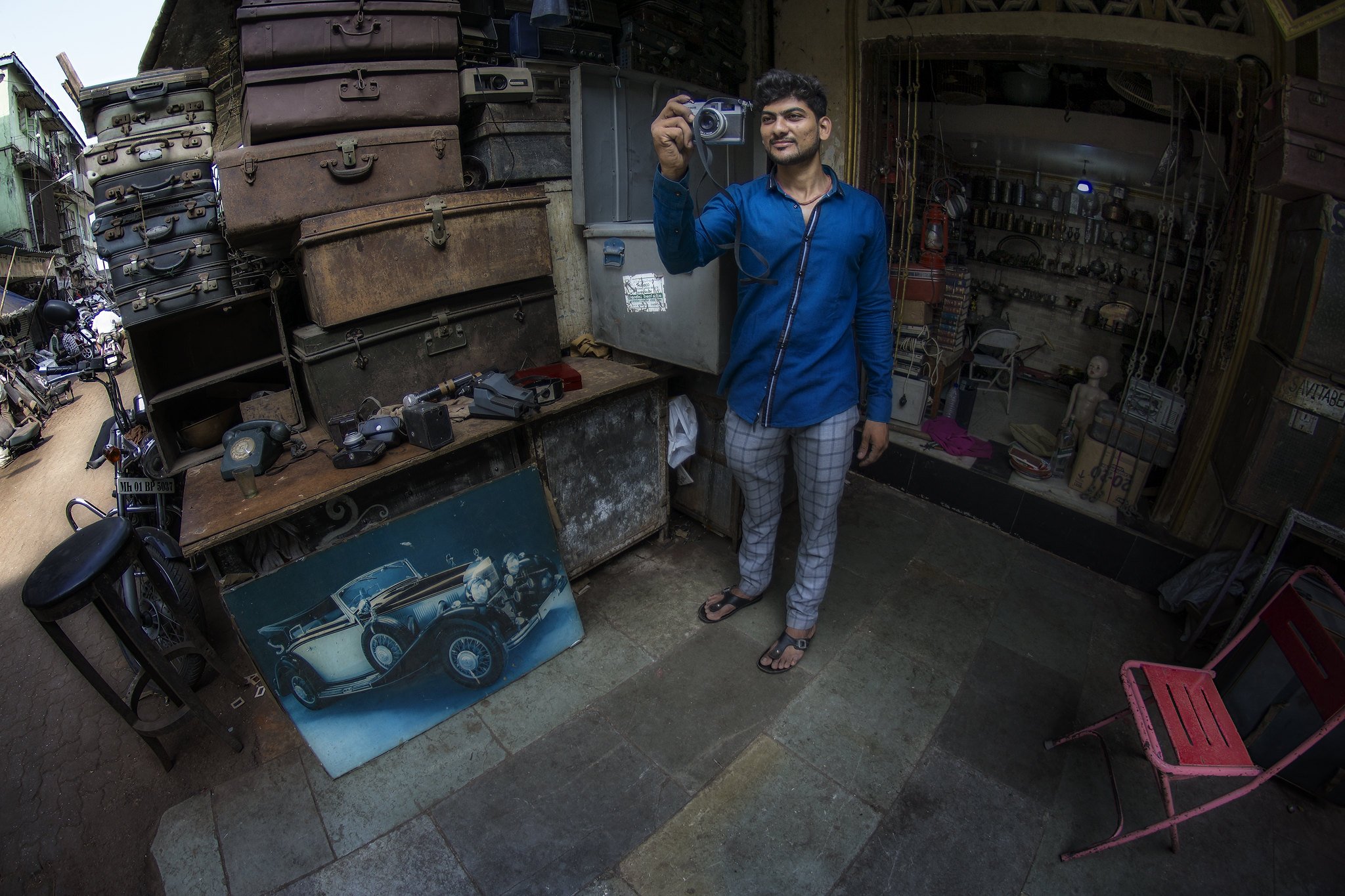
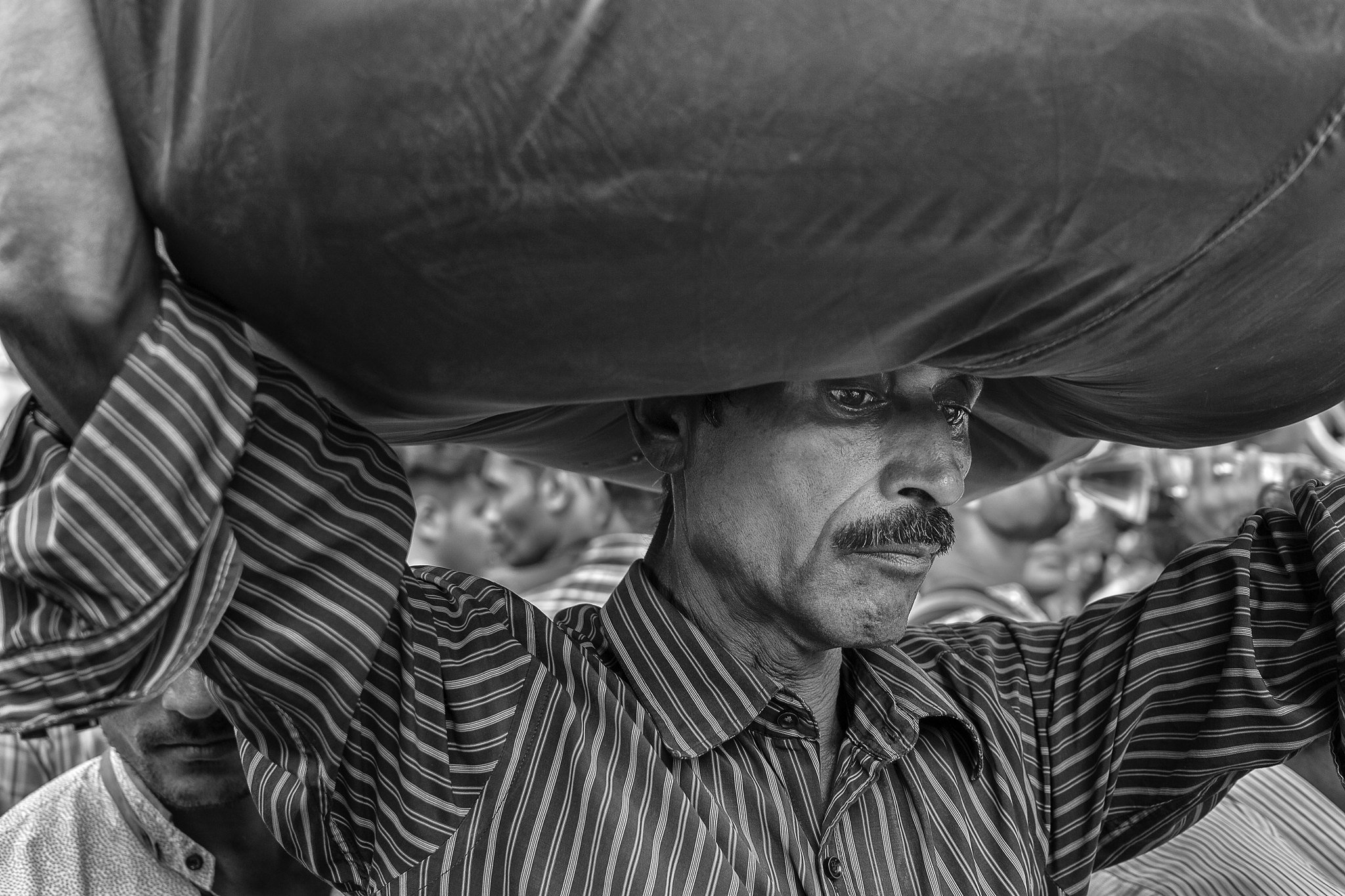
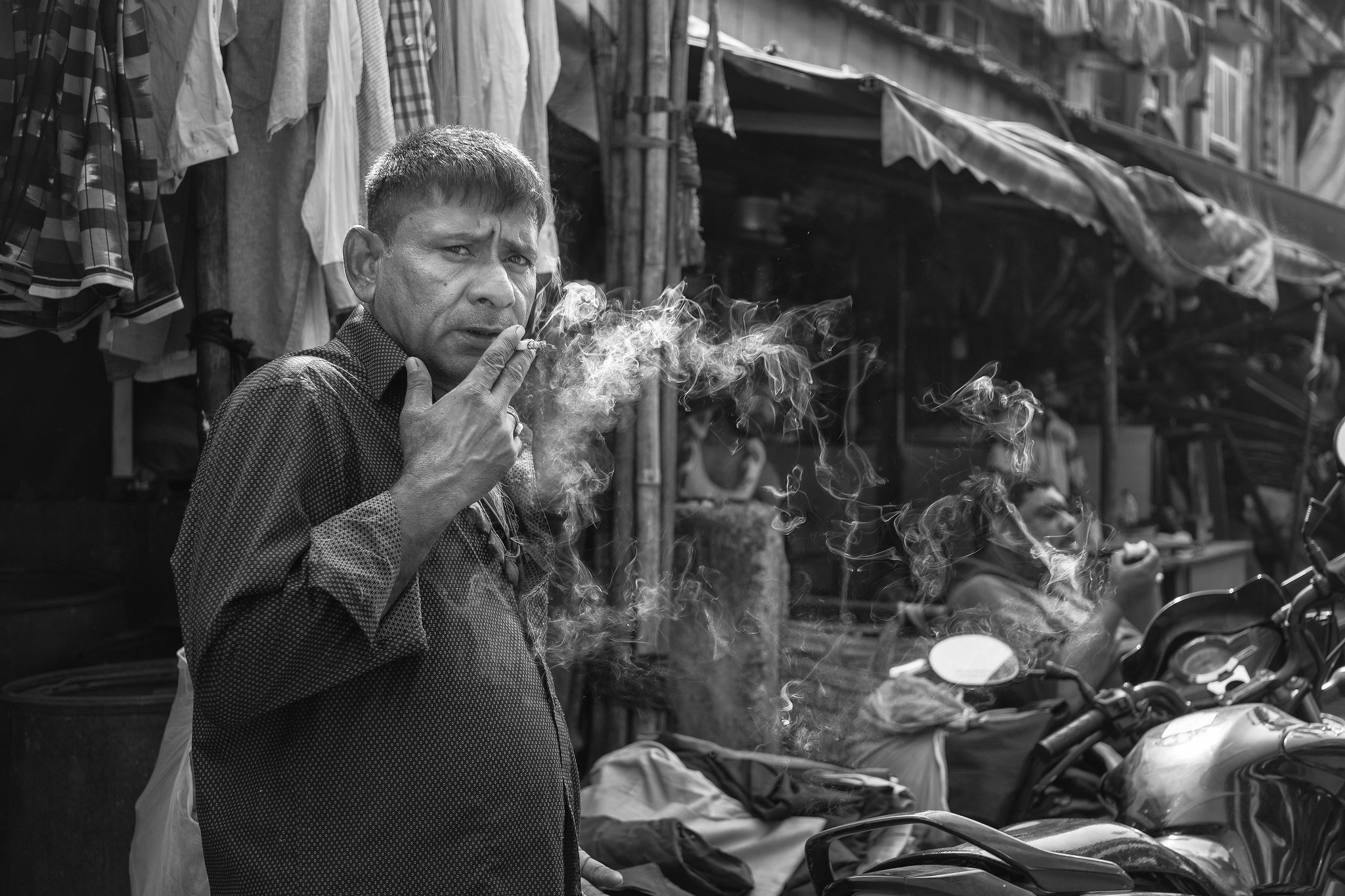

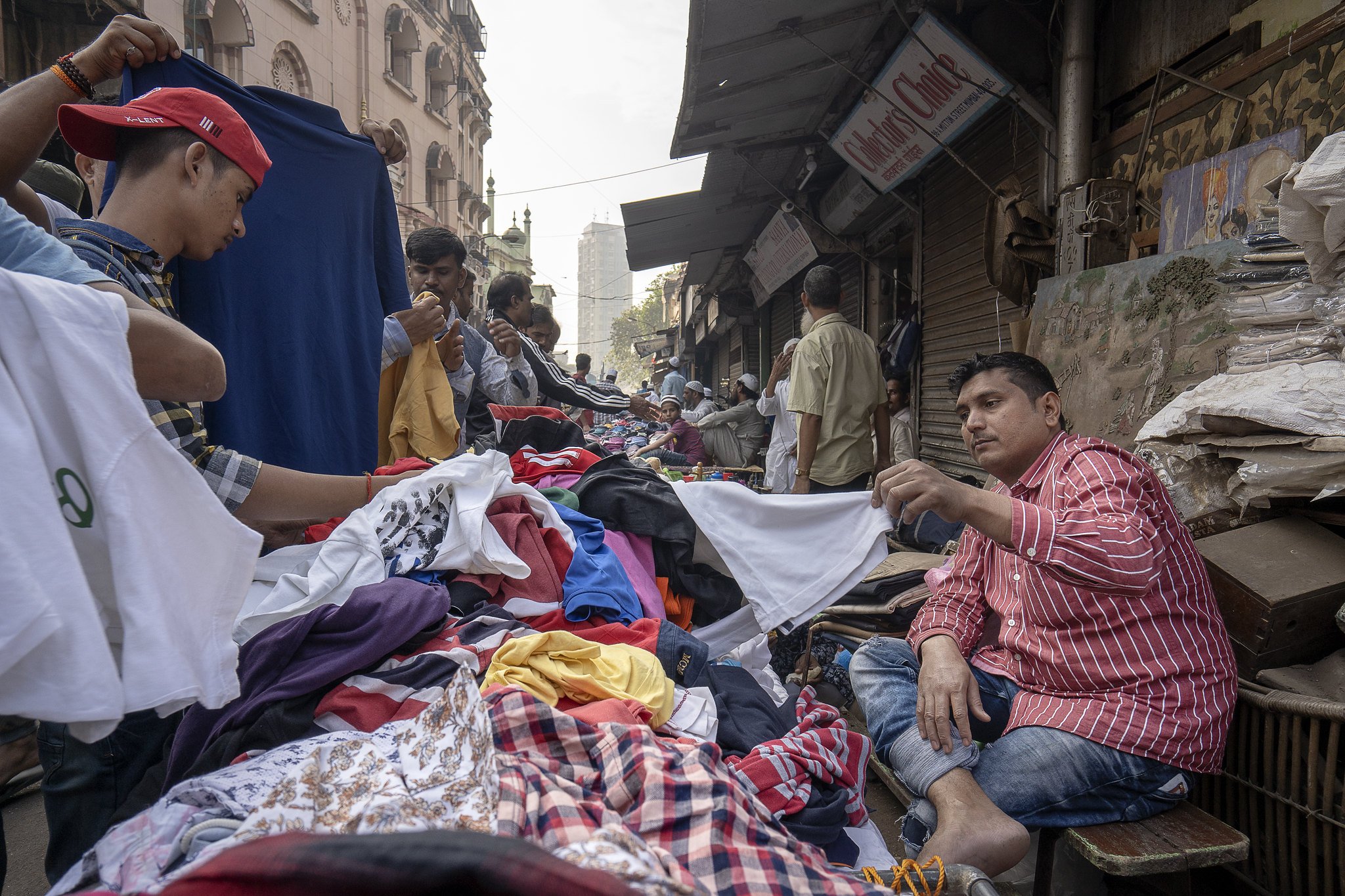
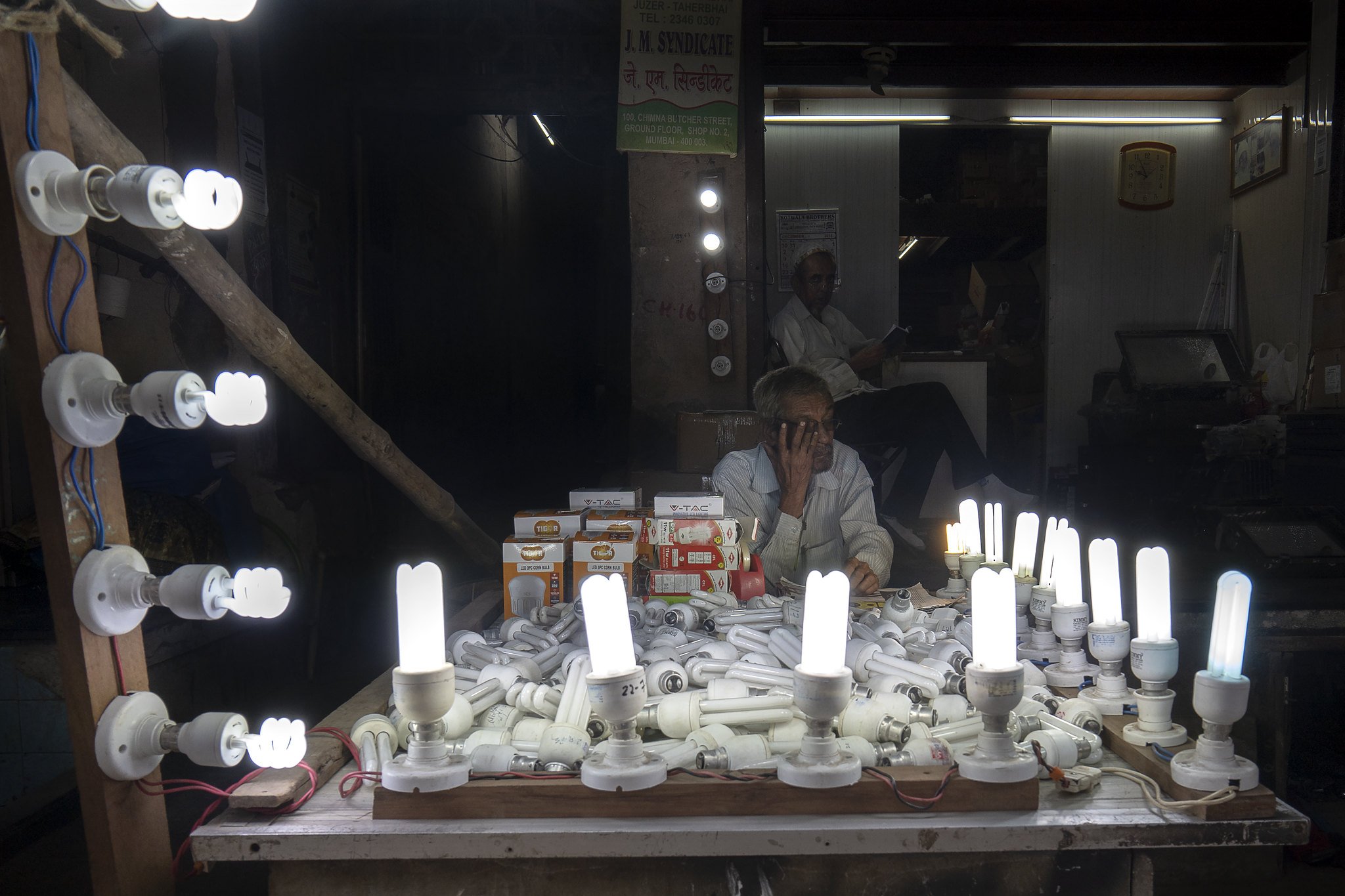
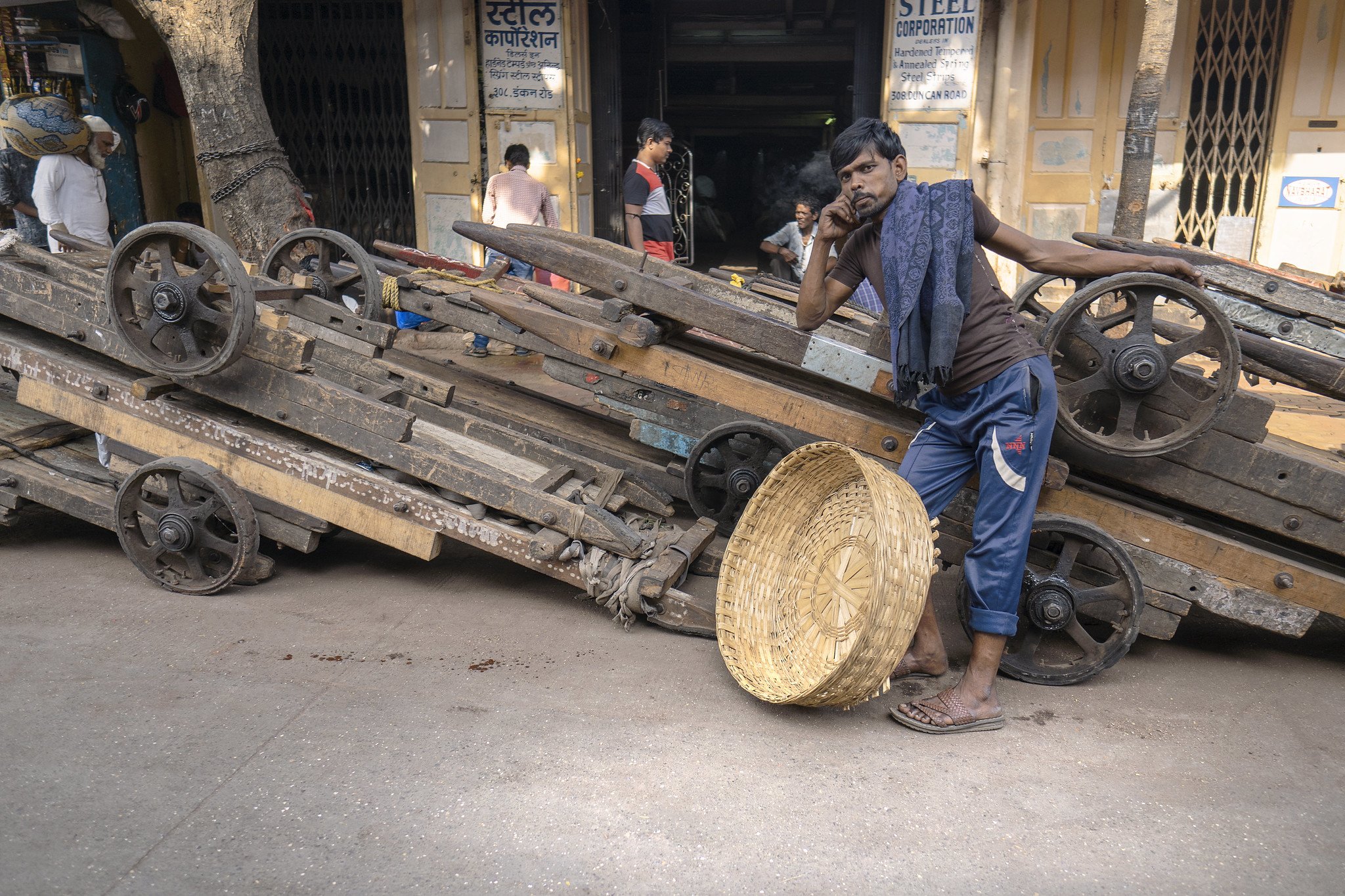
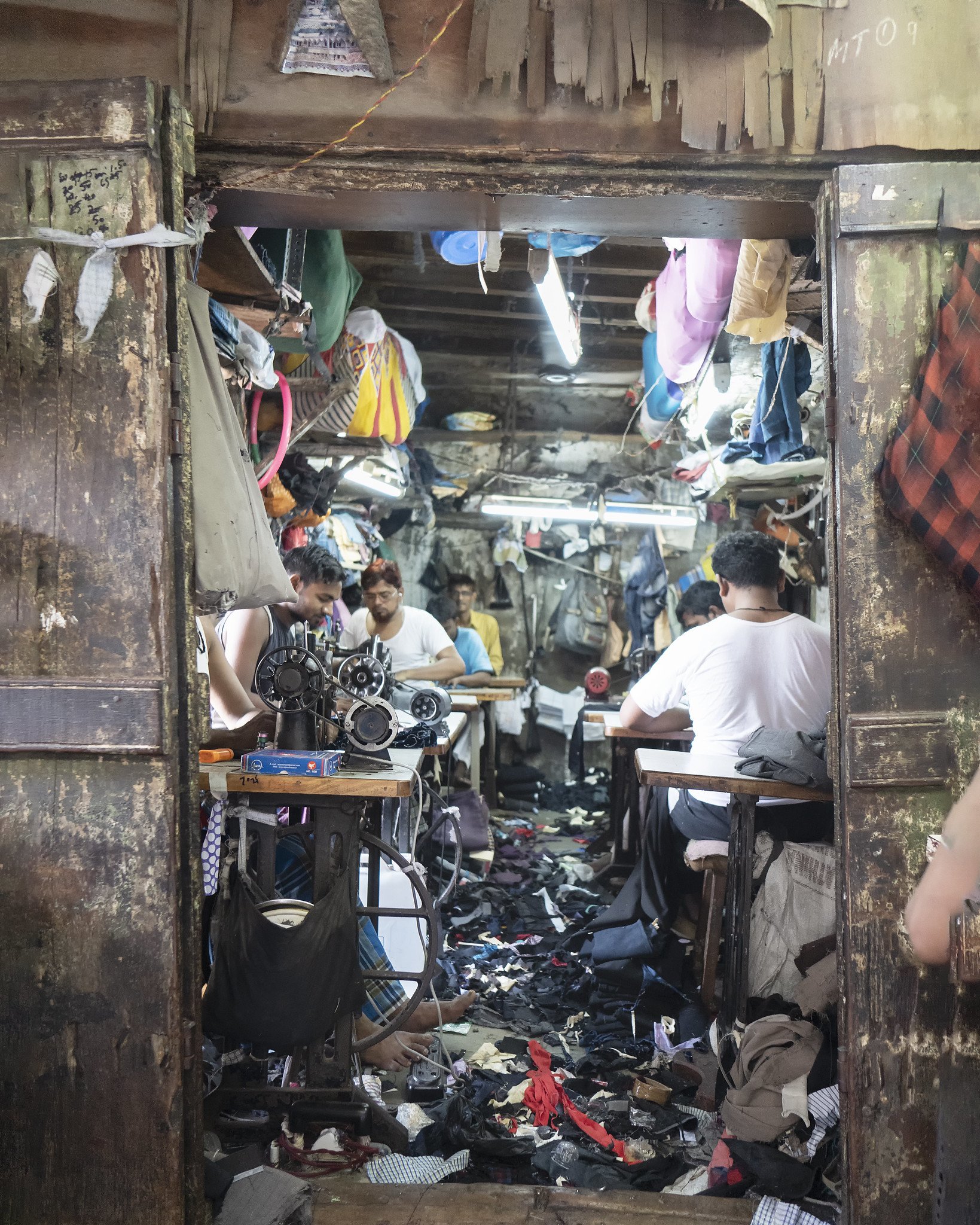
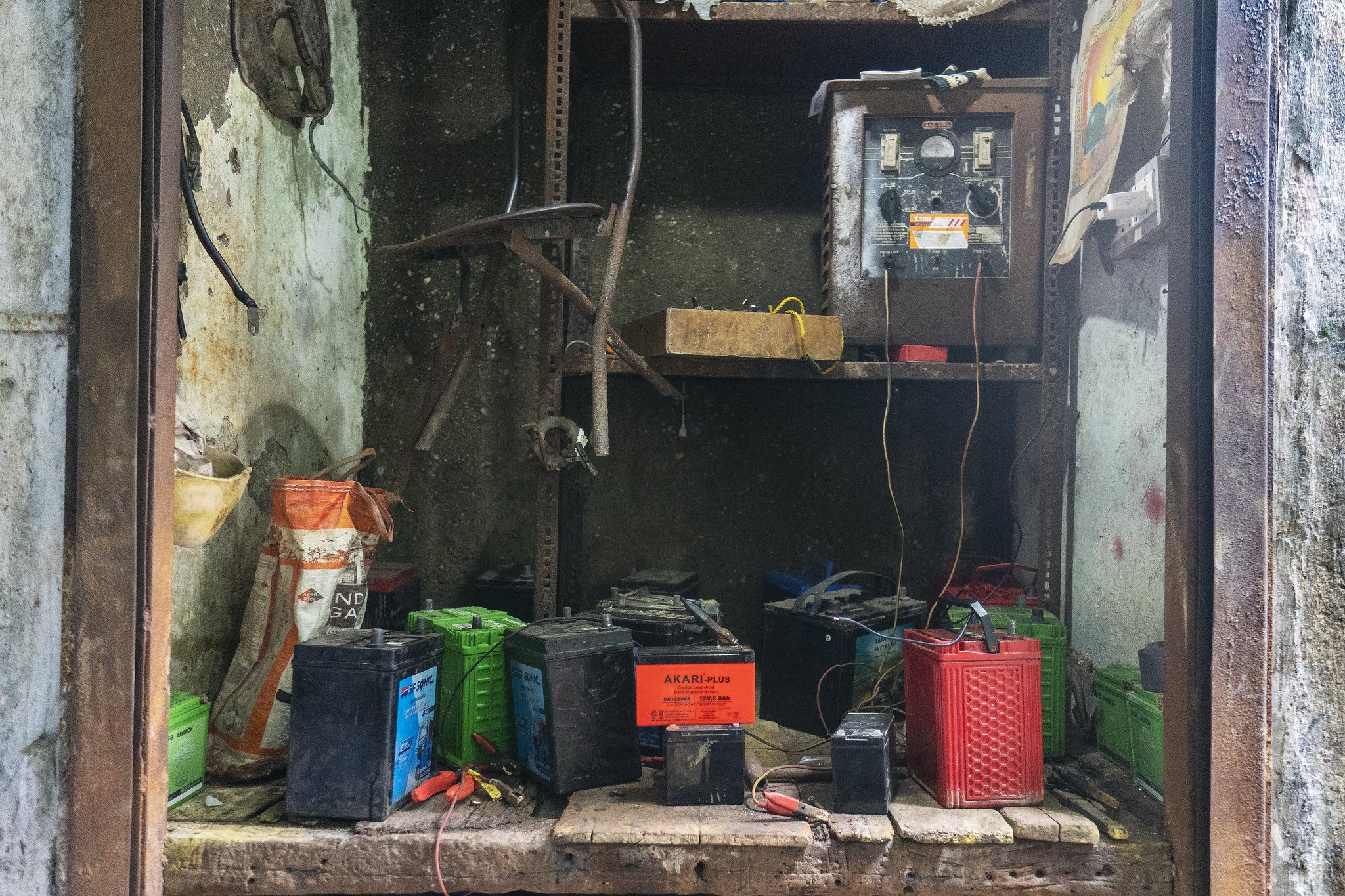
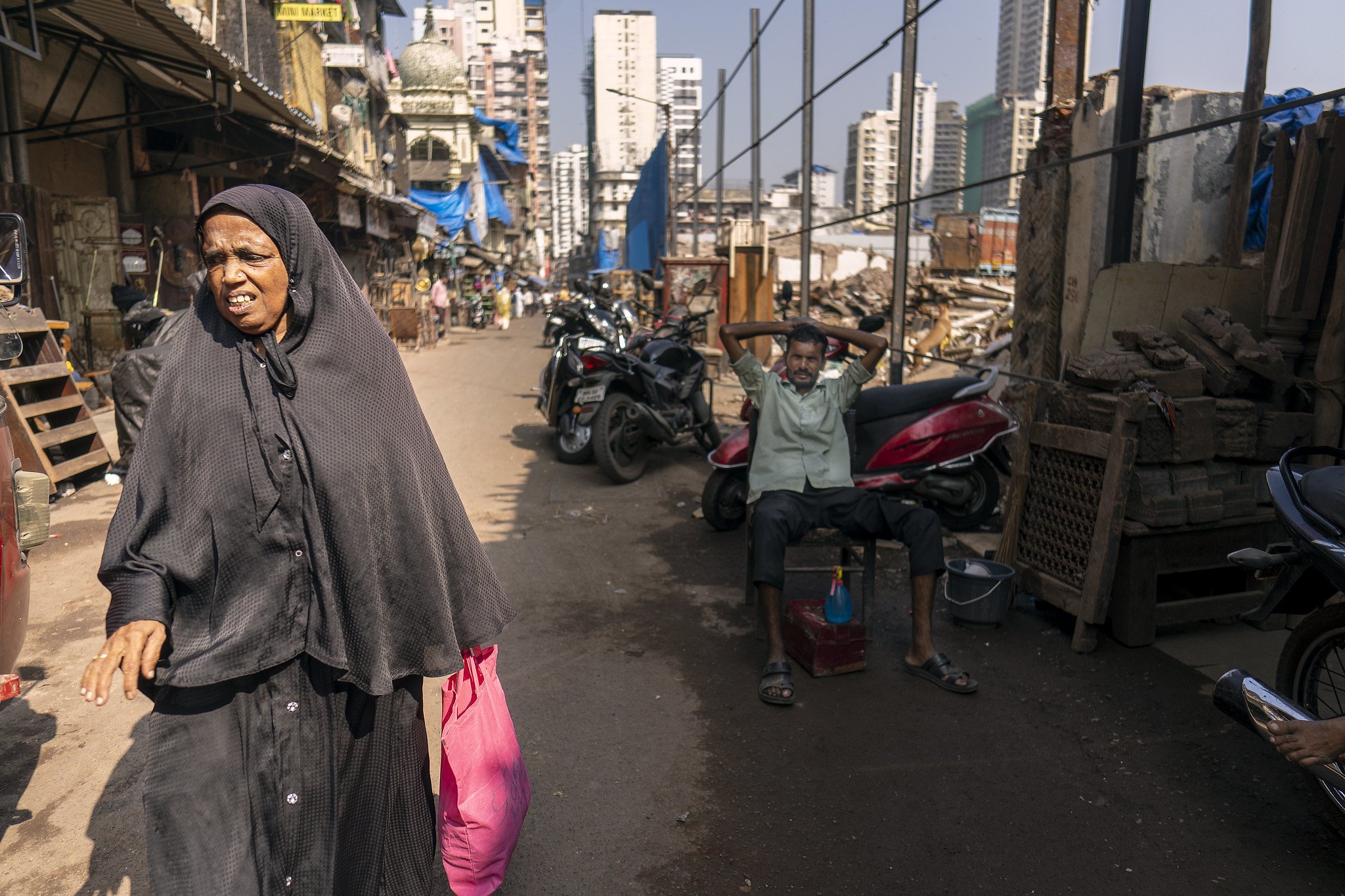
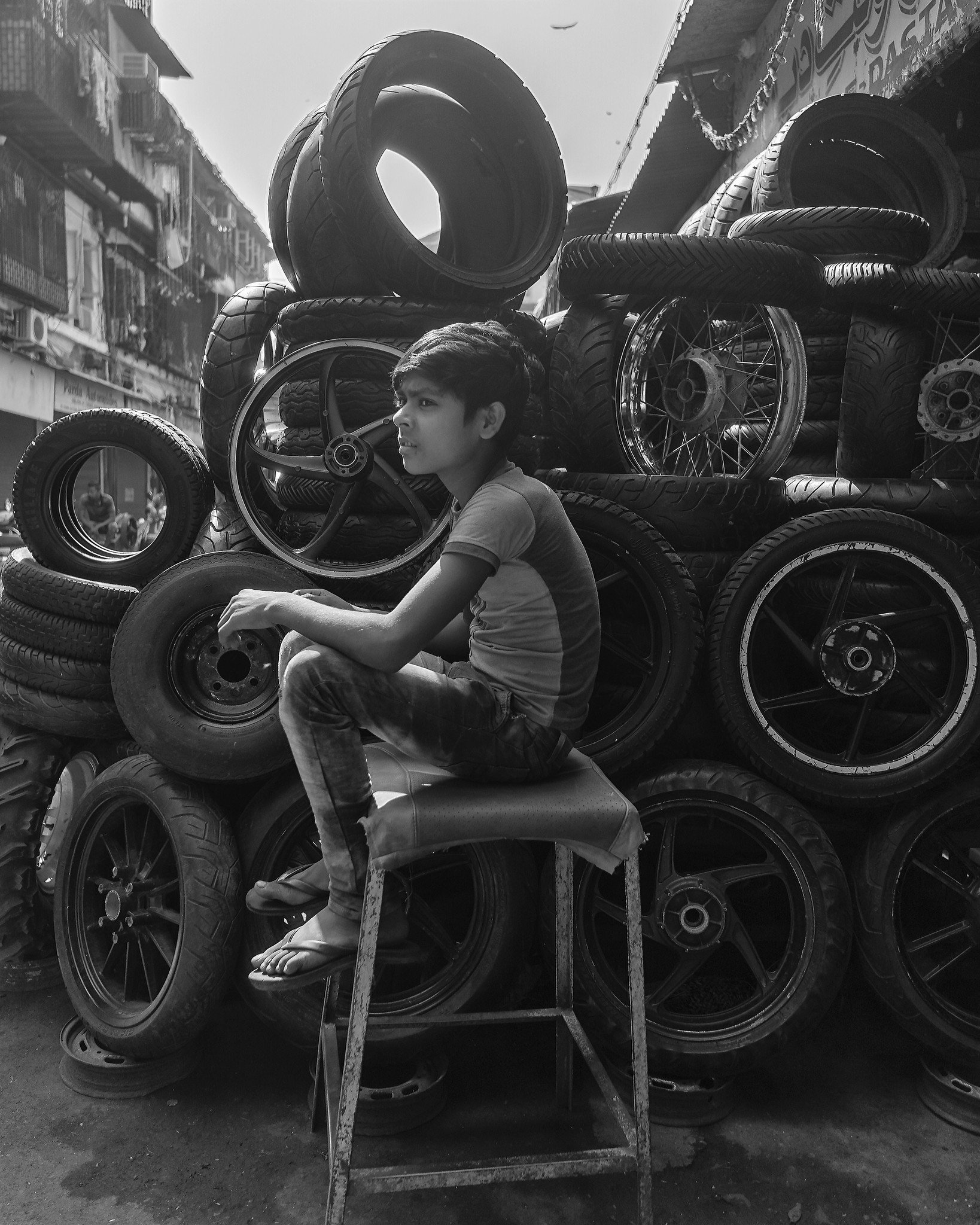
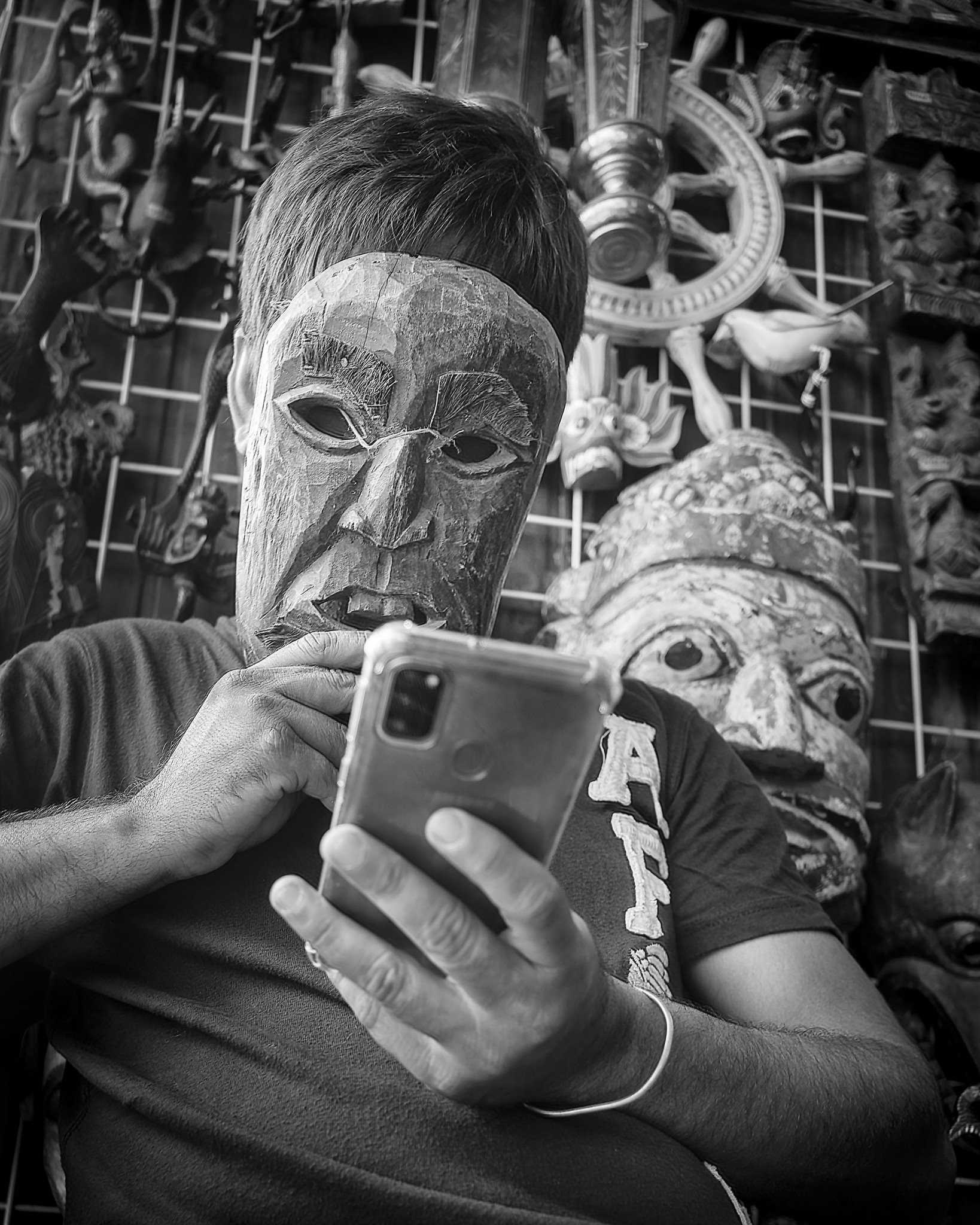
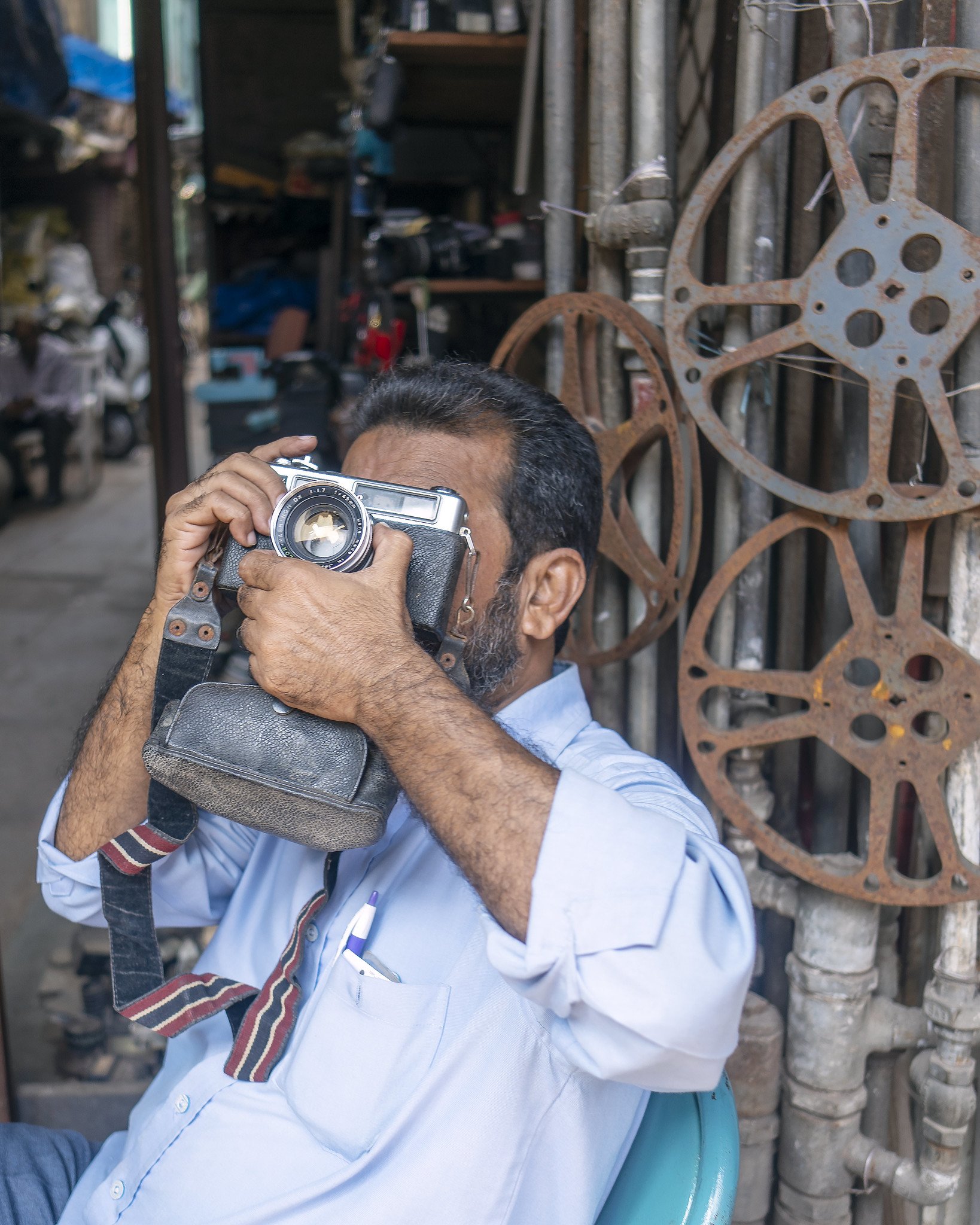
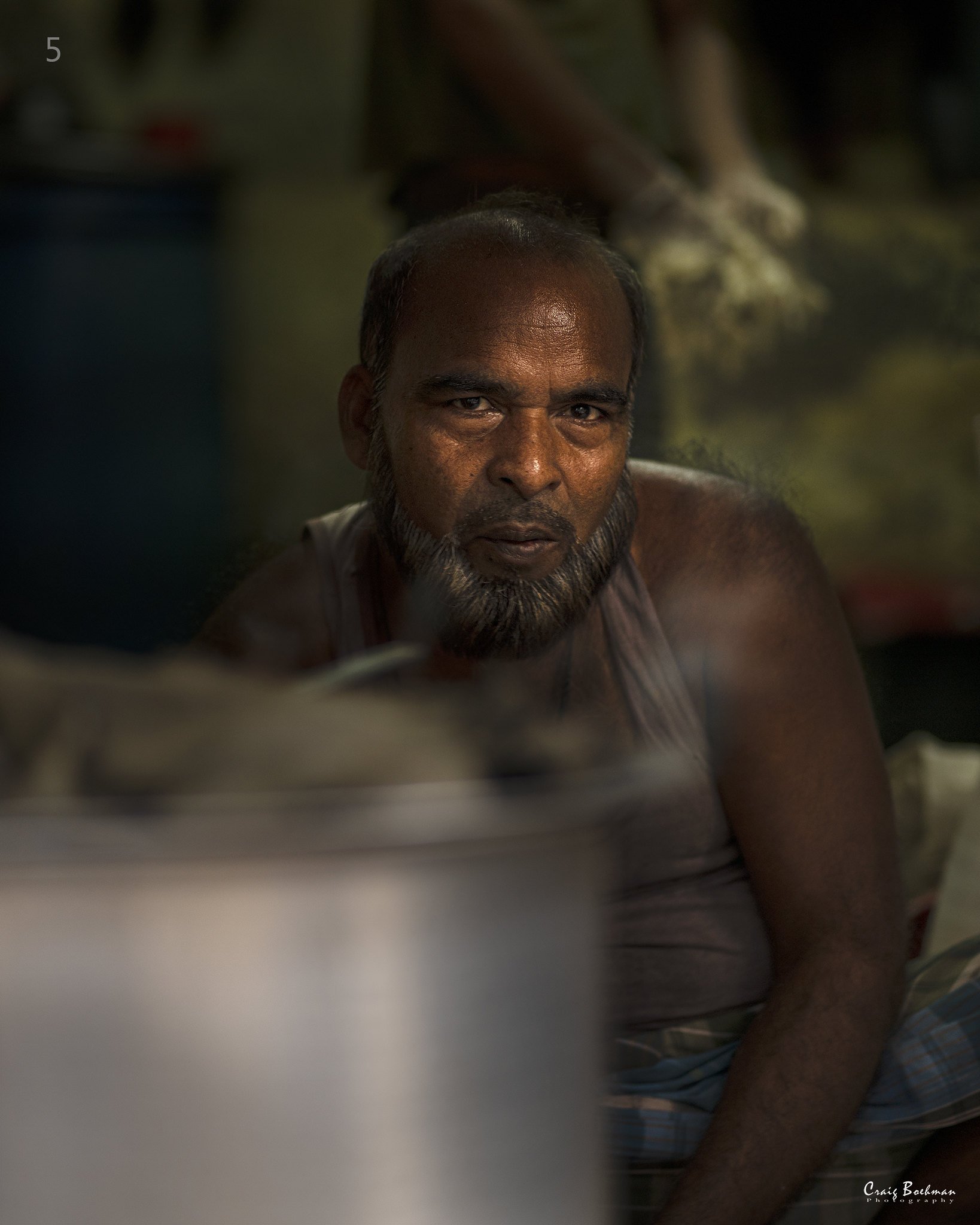

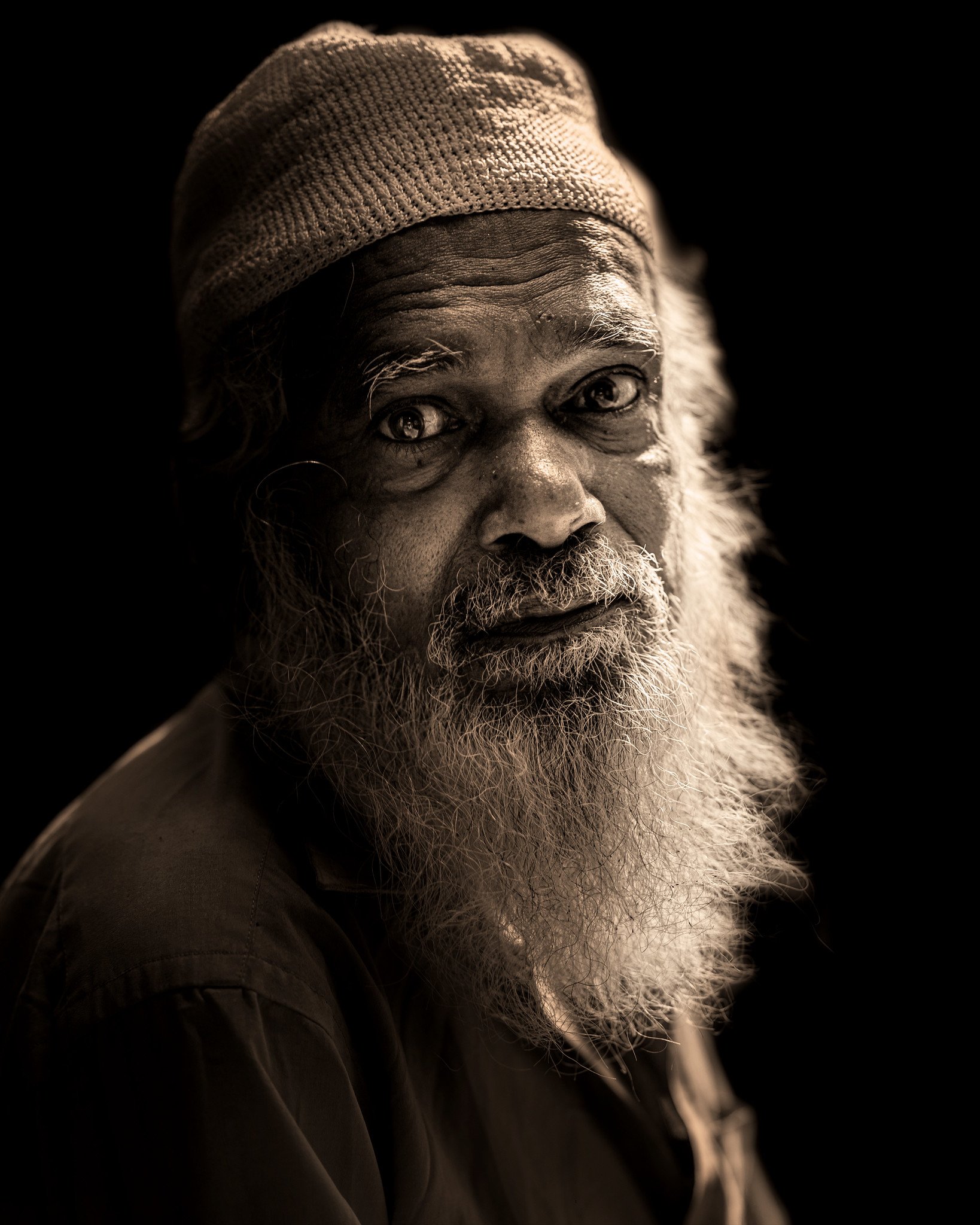
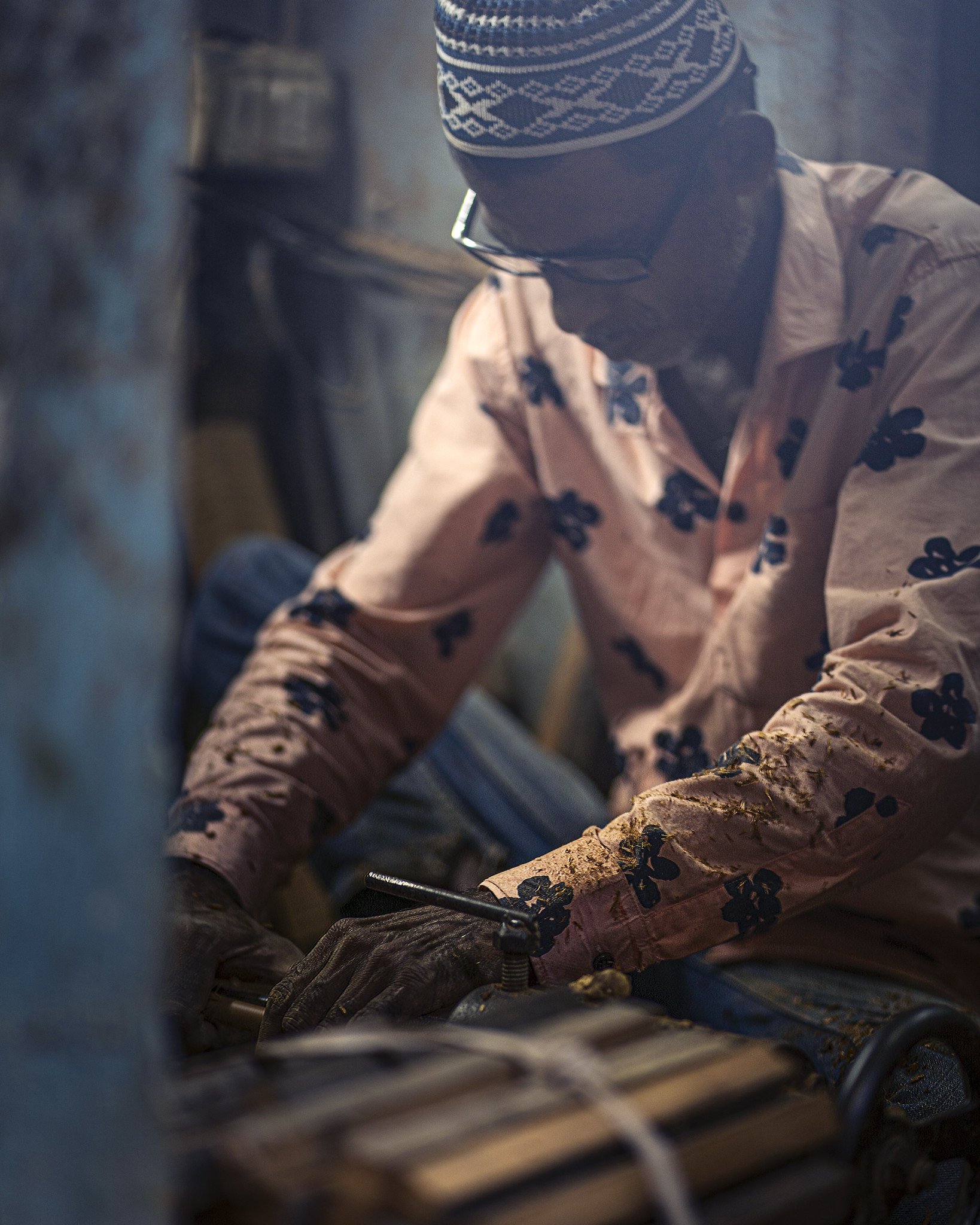
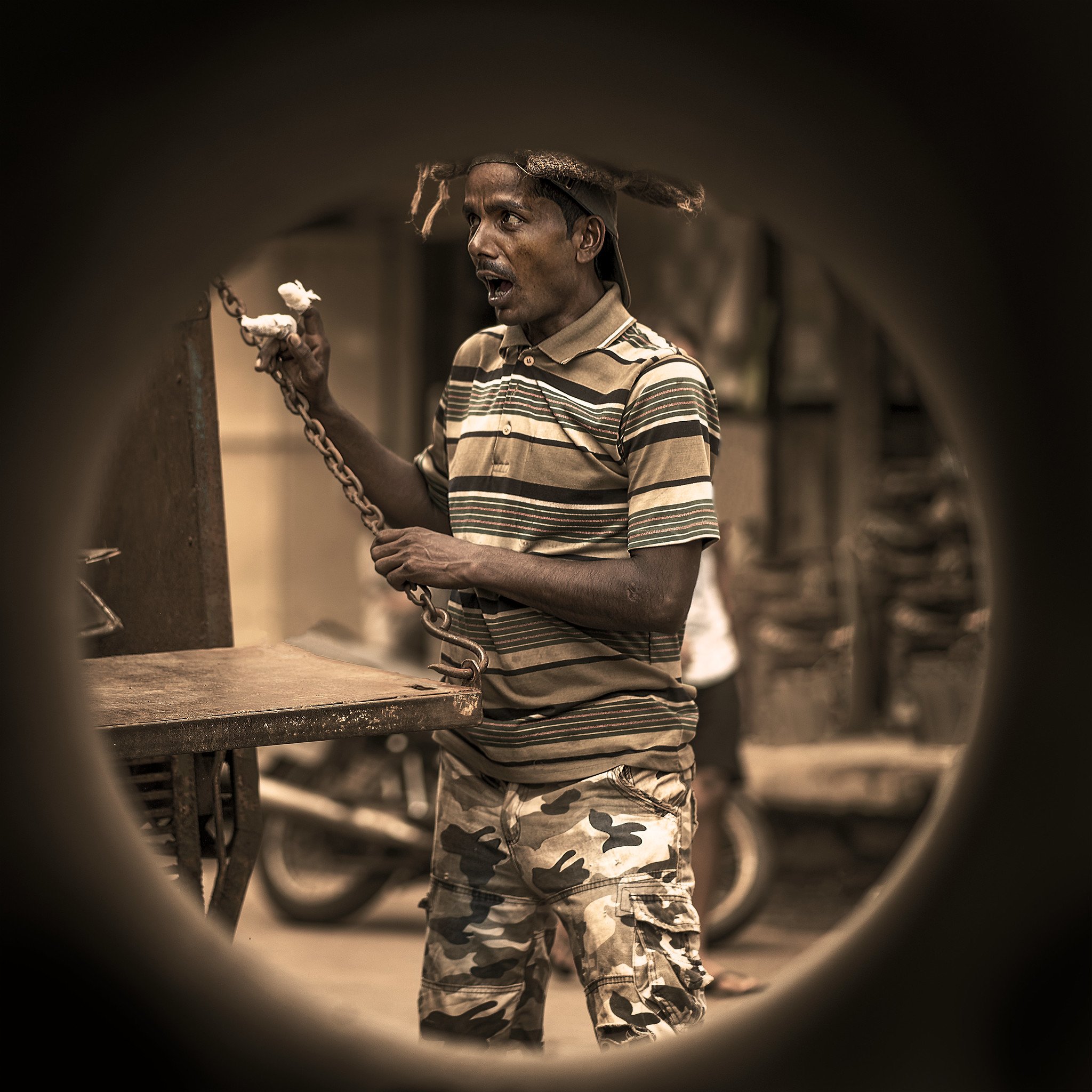
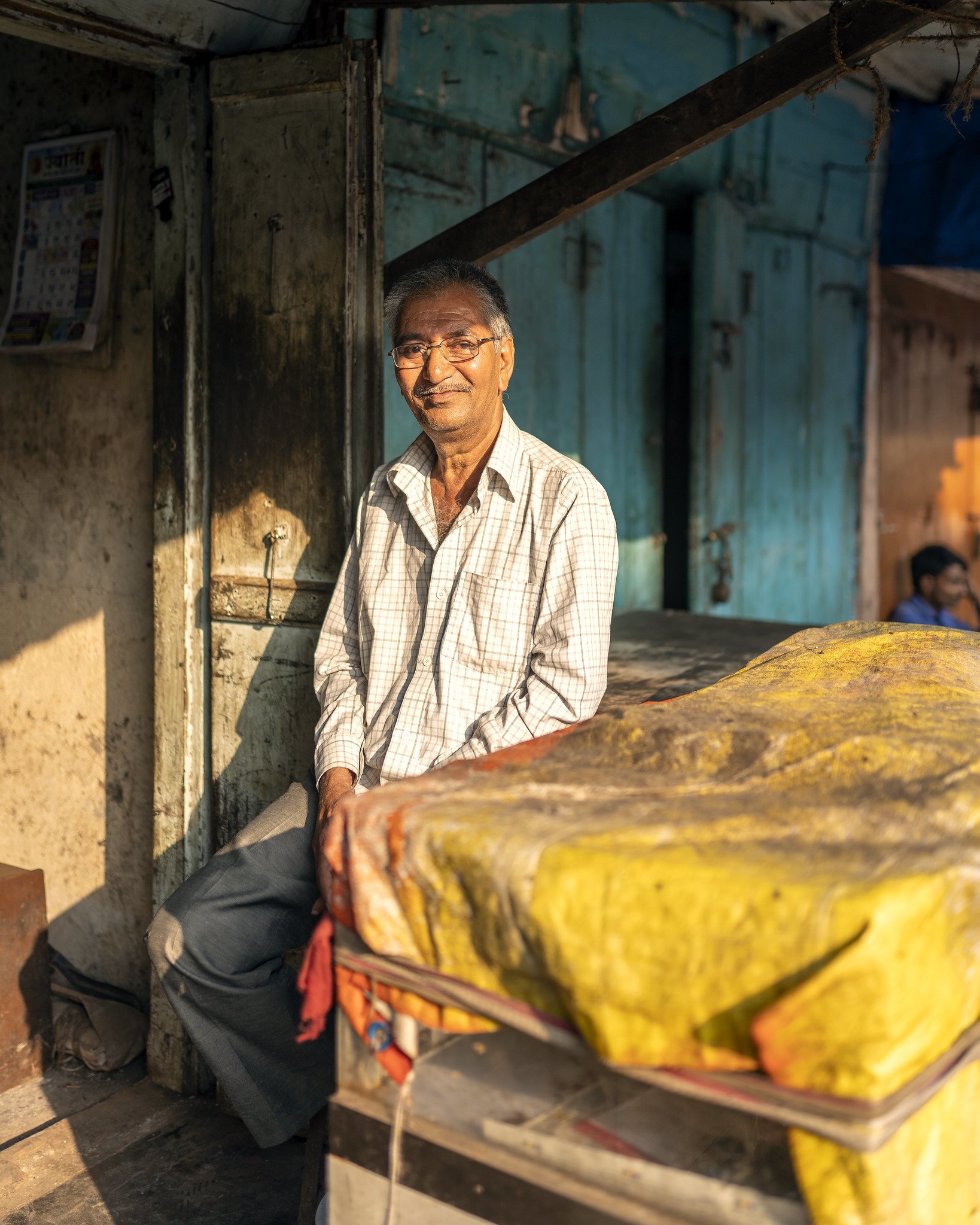
Mutton Street
If you're visiting Chor Bazaar for the first time and aren't sure how to get there, just remember one key detail: Mutton Street. Simply enter any address on Mutton Street into your GPS or Google Maps, and it will lead you right to the heart of the market. Mutton Street essentially runs north to south, so you can capture the essence of Chor Bazaar by wandering through all the parallel lanes branching off from it.
Jumma Market (Fridays 4:30 am to 7 am)
If you're an early riser, consider exploring Jumma Market in Kamathipura, which is located in Mumbai's red light district. One thing to note when photographing this market is the prevalence of artificial lighting, which might affect your shots if you prefer natural light. However, if artificial lighting isn't a concern for you, it's a good idea to visit closer to the market's closing time. Even after the official closing, many people tend to linger, providing ample opportunities to capture interesting characters. To find this somewhat hidden gem, search for "Dedh Gully" on your map—it's the key to locating Jumma Market.
Darukhana Shipbreaking Yard
Brief
The Darukhana ship-breaking yard is a mecca for documentary and street portraiture work. If you’re looking for hard-working individuals who usually don’t mind being interrupted for a chat and a few shots, I couldn’t recommend a more interesting locale in Mumbai.
Overview
The Darukhana ship-breaking yard is best visited after 9 am. Arriving earlier might catch workers during their personal morning routines like eating and bathing, which are not only less ideal for photography but also less welcome from a privacy perspective. The optimal time to visit is from 9 am until the early afternoon, before lunchtime begins. While not all workers take their lunch break simultaneously, expect a noticeable decrease in activity as some step away from their blow torches, scrap metal, and machinery for a meal break. This timing allows you to capture the bustling work environment without intruding on private moments.
At the Darukhana ship-breaking yard, you can expect a hive of industrial activity. Saws buzz, torches flame, and heavy equipment operates throughout the site. You'll find men in dimly lit quarters hammering away at chains—scenes reminiscent of what might inspire a Hemingway photograph. If you're drawn to gritty, dirty, loud, and occasionally muddy conditions for your photography, this location is ideal. It offers an environment where, surprisingly, interrupting the work to capture a moment is often welcome, at least much of the time. This makes it a unique spot for photographers seeking to immerse themselves in the intensity of industrial labor.
That's right—you can walk right into this place. However, I'd recommend caution in two areas. First, don't assume that everyone will be as welcoming as the first 30 men who might greet you with smiles and pose for photos. Always respect everyone’s space and time. Second, it's wise to steer clear of the police in the area. There's a small police station at the end of the main dock. While I used to have friendly chats with a policeman there, his replacement was less accommodating and even tried to usher us out. To avoid any complications, it's best to steer clear of the waterside at the end of any dock until you've captured all your desired shots.
Reay Station / Slum
If you take a train or possibly a cab, you'll likely arrive at Reay Station or somewhere close by. The station exits into a slum area that lines both sides of the street. If you're not accustomed to managing numerous interactions that can verge on the obtrusive, it's wise to keep your camera and intentions discreet until you've moved beyond this area. If you're comfortable handling such situations, managing your time becomes crucial if your primary goal is to shoot in Darukhana. While my experiences passing through this area have largely been positive, I've come to avoid it since getting to know the area better.
North-South Service Road
There’s a service road that runs parallel to the Eastern Express Highway, offering a unique photography opportunity. It's a pleasant walk, and the area feels strangely deserted, almost as if you’re in a different country. You’ll find an abandoned stretch of train tracks and an old train depot south of Darukhana. On one occasion, I had an engaging conversation with a guard tasked with overseeing a vacant lot for long hours. This road is noteworthy because it offers potential for unique subjects and a different experience that’s not typical in Mumbai. However, if you're pressed for time, it may not be worth making a special detour.
Kumbharwada Pottery Colony
Brief
The Kumharwada pottery colony is in Dharavi, the slum that was showcased in Slumdog Millionaire. If you’re a pottery enthusiast and enjoy portraiture, this is a fantastic locale. You’ll get lost in the maze here but it’s well worth the adventure.
Overview
I first came across Kumbharwada through a tour company, which inspired me to return on my own to photograph the area more extensively. I've even included this location in one of my street photography workshops. While I don't have a particular passion for pottery or its creation, the craftsmanship and expertise of the master potters here are incredibly captivating. These artisans are true experts in their field. Most residents are accustomed to tourists and photographers, and they're surprisingly welcoming, often open to conversations and being photographed. I've had the privilege of spending time in their homes, discussing their lives, and learning about their craft from a few potters who were generous with their time. An added bonus is that many of the residents, and most of the children, speak some English. For all these reasons, Kumbharwada is a must-visit destination in Mumbai, especially if you only have time for a few stops. I highly recommend it to anyone visiting the city.
Surrounding Areas
If you explore Kumbharwada on your own, you might find yourself lost in its labyrinthine layout. However, there's no need to worry, as most of the surrounding areas are safe and offer great opportunities for street photography. Notably, there's an alley along the eastern border of the colony where you can find many snack vendors. It's an ideal spot to grab some water or a cold soda. I've often stopped there myself to enjoy a refreshment before ending my day.
Salt Pans
Brief
The salt pans in Mumbai are spread across the city, primarily situated along the coastal edges in the east and west. These areas are perfect for capturing a tradition that has endured for centuries, particularly if you head out early in the morning for the best light and activity. While I've only explored a few of these sites, I find myself repeatedly drawn to the Wadala Salt Pan. This location consistently offers active salt harvesting, providing excellent opportunities for photography.
The Wadala Salt Pan
Overview
I've visited the Wadala Salt Pans a few times and each visit has left me eager for more. While the site is open to the public, be aware that local guards might occasionally challenge entry. So far, I've not faced any issues, but the possibility keeps me from adding this spot to my workshop itinerary just yet. However, I highly recommend planning to arrive before sunrise, which offers the chance to capture the Blue Hour, though I'm yet to try this myself. Arriving early allows you to set up and scout the best spots for shooting. If you find many workers active in the pans, start photographing from the nearest ones and make your way systematically to the last group. A timely sunrise can provide stunning reflections. Remember to work efficiently and respect the workers’ time—don’t obstruct their work and stick to the paths to avoid damaging the salt, their source of income. For those interested in capturing the essence of labor, especially in such a photogenic setting, the Wadala Salt Pans are a prime location for an early morning photography session.
Surrounding Areas
I haven't really ventured into the surrounding areas, except for passing through some rougher residential zones to reach the main service road where I can catch a cab. In my experience, the main draw is the salt pans themselves, especially if you visit early in the morning. At that time, there isn't much else happening around the pans until later in the day.
Sassoon Docks
Brief
Sassoon Docks is a crazy, vibrant locale that’s best caught just before sunrise. Much of the fish in the morning markets end up in restaurants and with retailers throughout Mumbai. If you’re ready for a challenge, this is the place to start.
Overview
Sassoon Docks is one of the most vibrant and intense places I've experienced in India. The main dock area is often packed with bustling activity as workers transport fish and carry empty baskets on their heads. The optimal time to arrive is just before official sunrise, when the early sunlight in this part of Mumbai casts a beautiful golden glow over the scene. While you could arrive as early as 4 am when only artificial lighting illuminates the covered areas, it's really not worth it compared to the natural light you get a little later. It's crucial to be mindful of not obstructing the workers, as they do not appreciate photographers getting in their way. Accessing the far end of the dock, where the morning auctions take place, might seem challenging, but you can make it through if you are patient and considerate.
After visiting Sassoon Docks many times on my own and for my workshops, I've learned that the best approach depends on the specific images you want to capture. If you need dynamic shots of fish in baskets amid bustling crowds, then it's worth pushing through the throng to secure your photos. However, if you're aiming to capture scenes of fish being tossed from boats or other fishing activities, you'll find better vantage points away from the heaviest foot traffic. Additionally, there are less crowded docks around the area that offer excellent opportunities for portraits of fishermen and snapshots of their work aboard and beside the ships. These quieter spots often provide a glimpse into the daily routines and are great for capturing a variety of maritime activities, as ships docked along the shoreline are typically hubs of interesting action.
Sassoon Docks, Mumbai. February 8, 2025
Surrounding Areas
After exploring Sassoon Docks, you can exit the same way you came in and turn right (northeast) to follow the main road. After about 10 minutes of walking, you'll encounter several markets scattered along the side streets. Venture into one of these to continue your photography session. You'll appreciate that the crowds are relatively sparse here, providing just enough activity for interesting shots. Additionally, there's a nearby Koli fishing village that leads back to the main road heading towards the Gateway of India, which is also an excellent location for street photography. Once you're finished, consider winding down your morning with a visit to what might be the most secure Starbucks in the world, located at the back of the Taj Hotel. Enjoy a cup of coffee and some snacks there—you'll understand why it's so secure once you see it.
Uttan Village
Brief
Uttan is a sleepy fishing village in the northern reached of Mumbai. It’s another locale in a list of places that doesn’t look like it belongs to a major metropolis of over 18 million residents.
Overview
Uttan is a charming coastal village, reminiscent of a scene from a postcard, nestled near Mumbai. Despite Mumbai's numerous beautiful spots, Uttan remains relatively undiscovered by both locals and tourists. However, if you're willing to explore beyond the usual attractions, Uttan is a hidden gem waiting to be uncovered. With its sandy beaches, quaint village streets, and notable landmarks like the lighthouse and a communal well, there's plenty to discover on foot. One of the highlights is watching children splash into the well, creating a delightful and lively atmosphere. My visit to Uttan was a memorable experience, offering a refreshing break from the hustle and bustle of the city. If you're seeking a peaceful retreat away from the crowds, Uttan is undoubtedly worth the journey.
Vasai Fort
Brief
The Vasai Fort is a complex of ruins nestled next to a fishing village. For me, the fort itself isn’t interesting but just about everything around it is.
Overview
Vasai intrigues me as both a popular destination and an off-the-beaten-path escape. While the Vasai Fort attracts crowds from far and wide, I find it lacks personal appeal unless I'm on a professional shoot, like many wedding photographers who frequent the area. However, stepping away from the fort, in almost any direction, reveals a treasure trove for street or travel photography enthusiasts like myself. Exploring beyond the main road leads to unexpected discoveries, such as the expansive Vasai Creek, where I once captured the bustling scene of men loading ice onto a boat at sunrise—an unforgettable moment. Venturing further north-northwest unveils a Koli fishing village, a perpetual delight for photography enthusiasts. The entire region exudes a laid-back, tranquil ambiance, a stark contrast to the bustling energy of south Mumbai.
Worli Koliwada
Brief
Worli Koliwada is a prominent Koli fishing village in the heart of Mumbai. If you’ve ever traveled across the Sea Link then you’ve probably spotted this locale on the peninsula to the east. A fantastic and peaceful place for photography away from the busy streets of the city.
Overview
Exploring Worli Koliwada, also known as Worli Village, is always a joy, even if I don't end up taking many photos. The stroll through its long, winding lanes offers a glimpse into the daily lives of shopkeepers and residents, imbued with a captivating rhythm characteristic of Mumbai's Koliwadas. What sets this spot apart is its unique position at the crossroads of traditional "Bombay" and the northern suburbs of Mumbai. Additionally, the presence of the iconic Bandra-Worli Sea Link adds to the allure, especially when the light is just right for capturing its majestic beauty through my lens.
Worli Fort
Worli Fort is a must-see, especially if you're visiting for the first time. While the fort itself may not be particularly photogenic, the panoramic views it offers are simply breathtaking. For capturing stunning sunrise shots, there's no better vantage point in Worli. From here, you can enjoy a picturesque skyline view of the city to the south, a decent perspective of the Sea Link, and a unique, almost post-apocalyptic scene of the harbor and skyline to the east as the sun rises. However, it's worth noting that the fort tenants may be wary of professional-looking cameras like DSLRs, so it's wise to keep them concealed until you're ready to shoot. Take some time to scout the perimeter, plan your shots, and then capture the beauty of Worli from this iconic location.
Worli Jetty / Fishing Zone
Some of the most captivating shots can be captured on or near the jetty, especially if you arrive early enough to witness the fishermen setting out for the day. While their departure times may vary, many of them head out early in the morning. Engaging in conversations with the fishermen can be rewarding; they're often friendly and willing to pose for portraits, making it an excellent opportunity for candid photography as well. If I'm not planning to visit the fort, I usually head straight to the jetty for sunrise shots. Here, I can capture the fishermen and their boats against the backdrop of the bridge as the sun begins to illuminate the scene. On clear days, the sunlight transforms the surroundings, epitomizing the essence of the Golden Hour.











